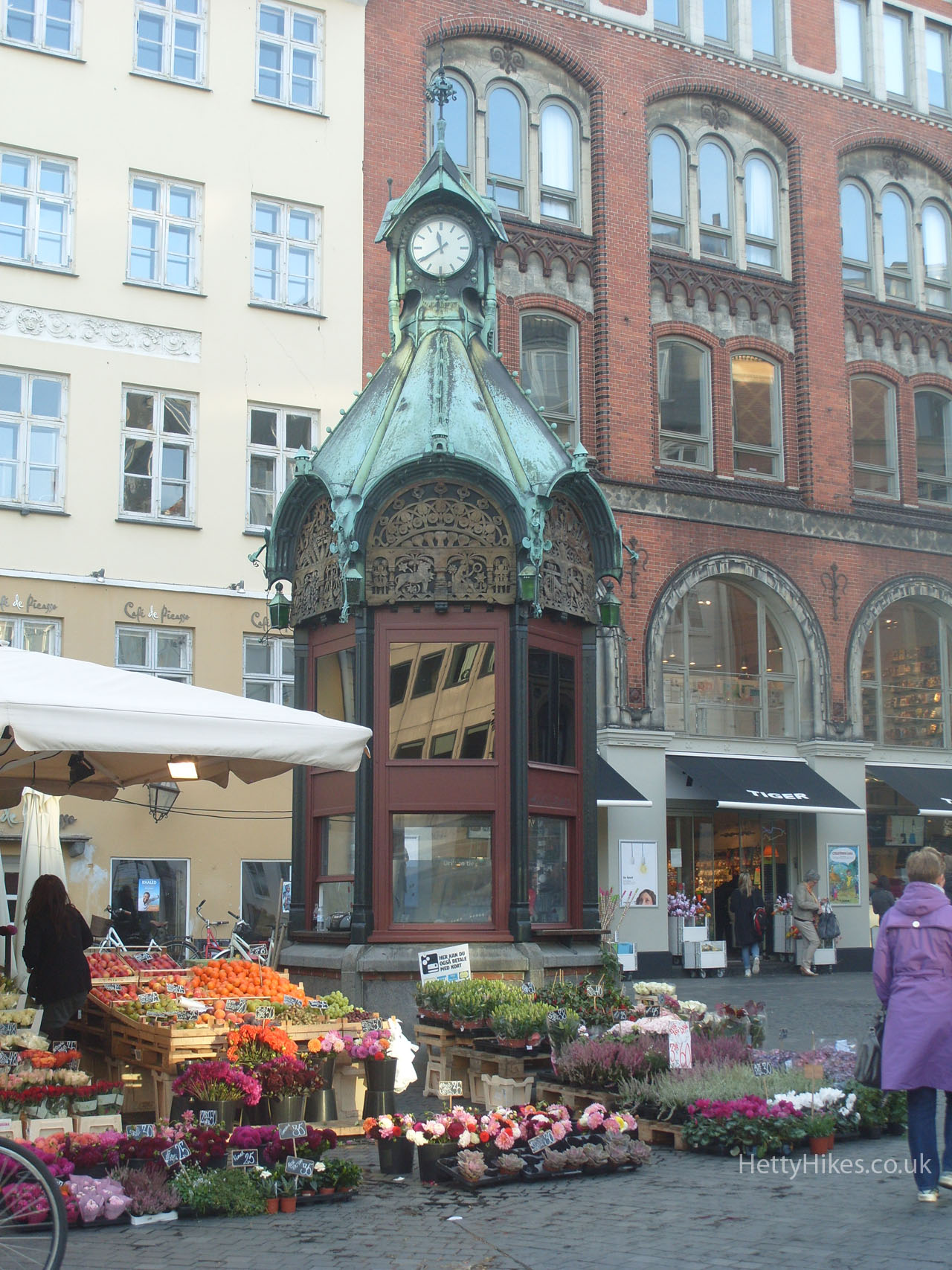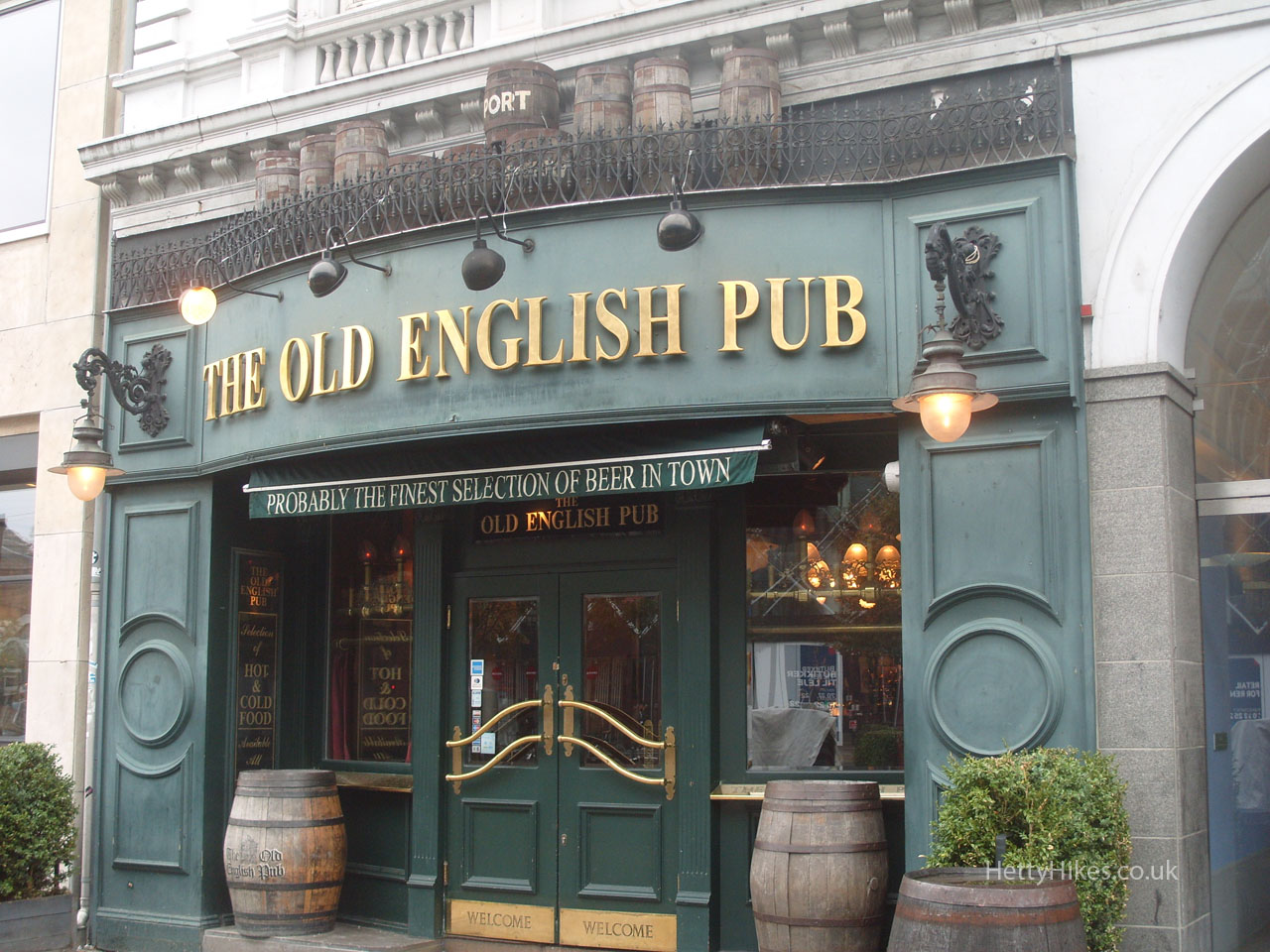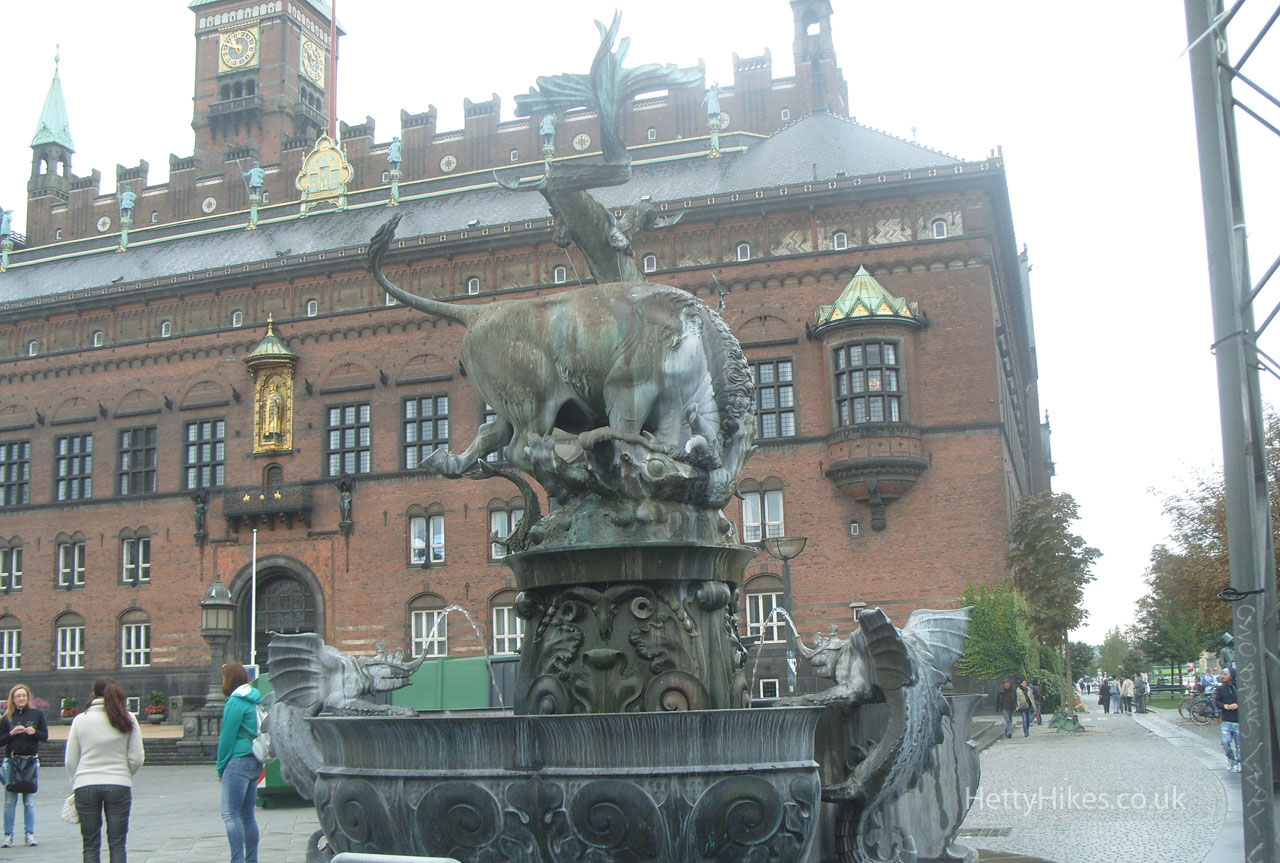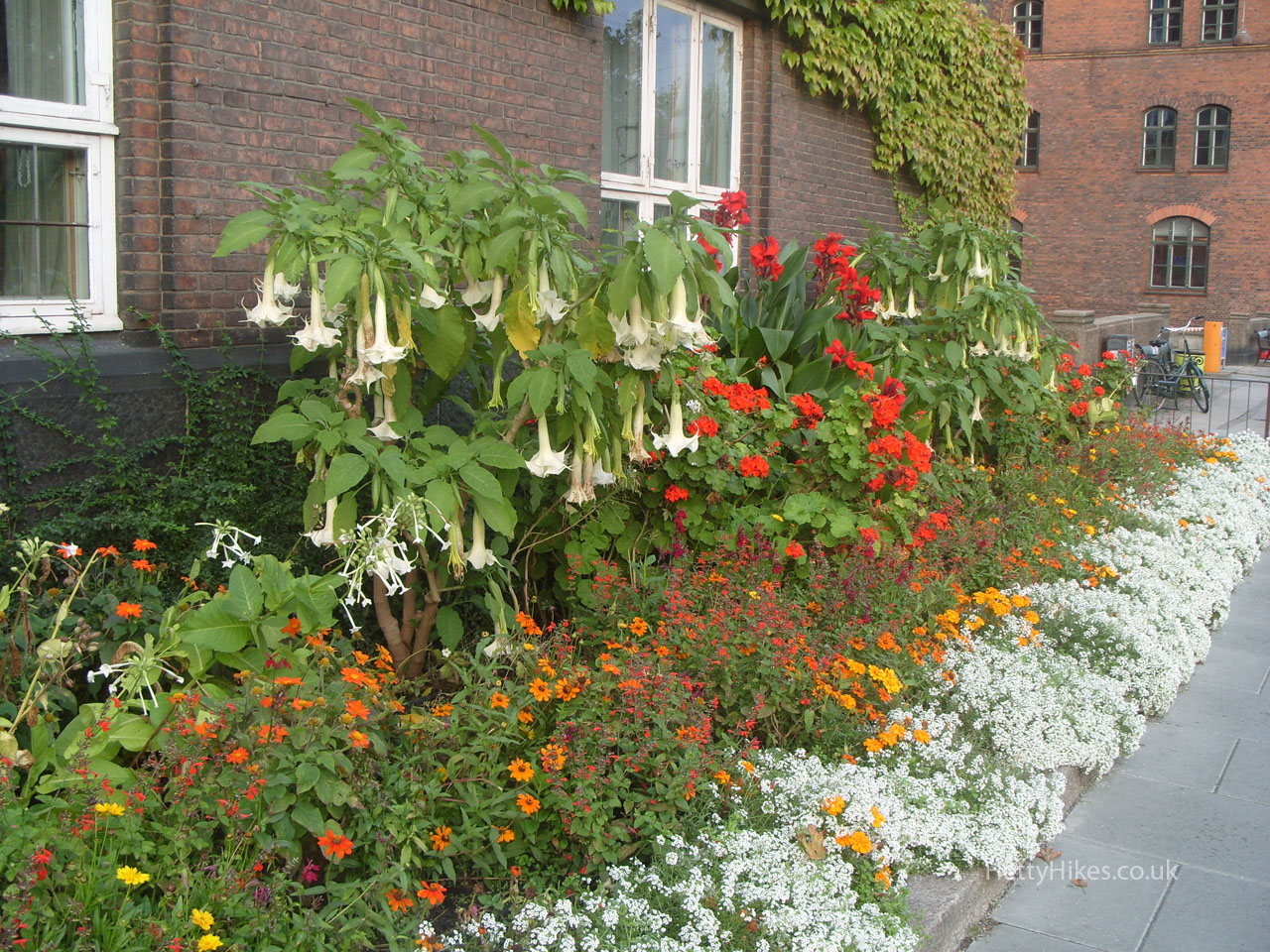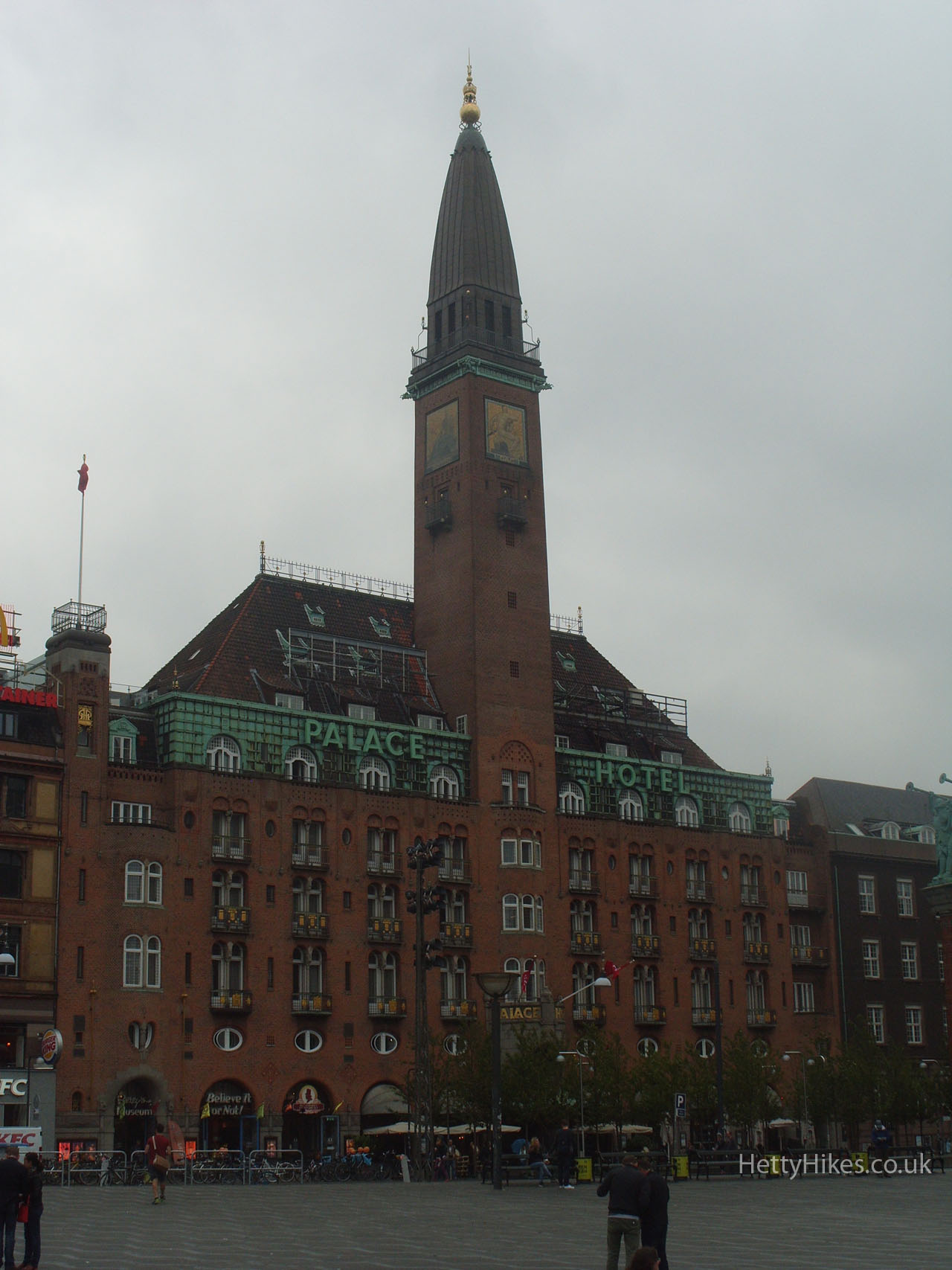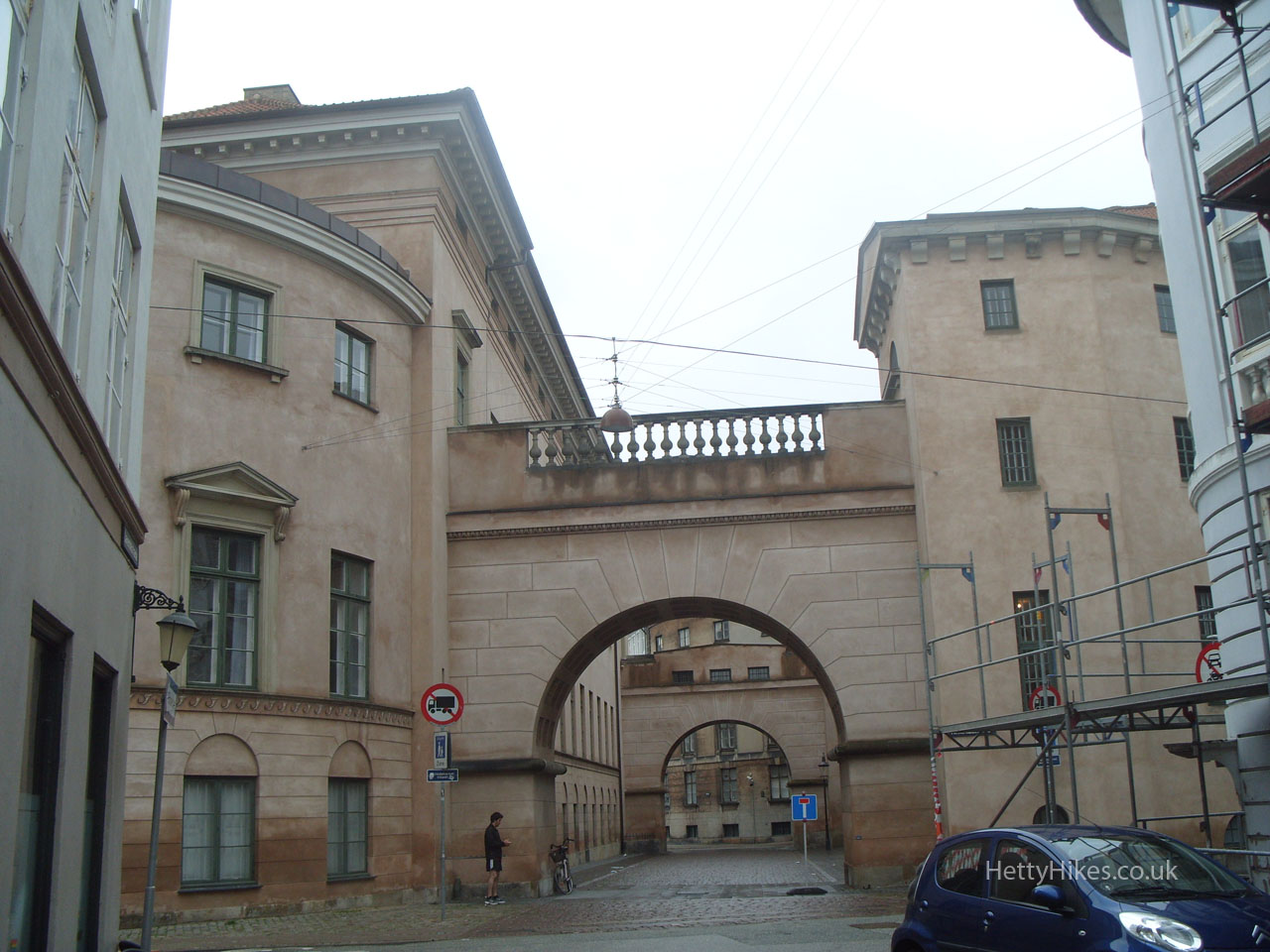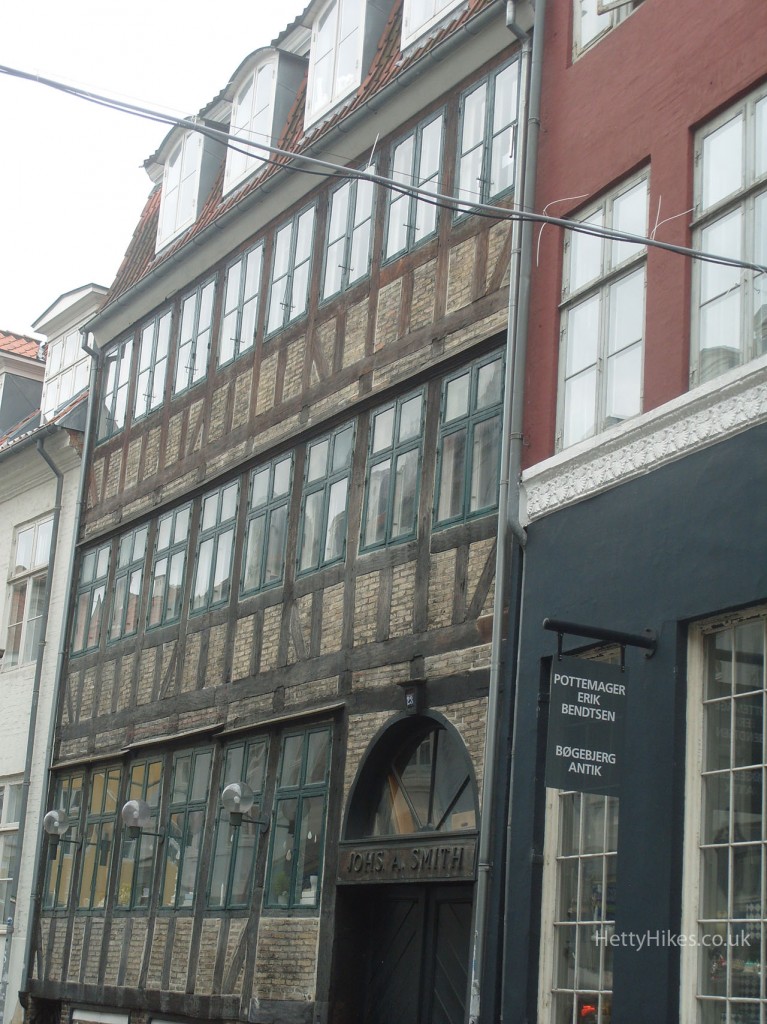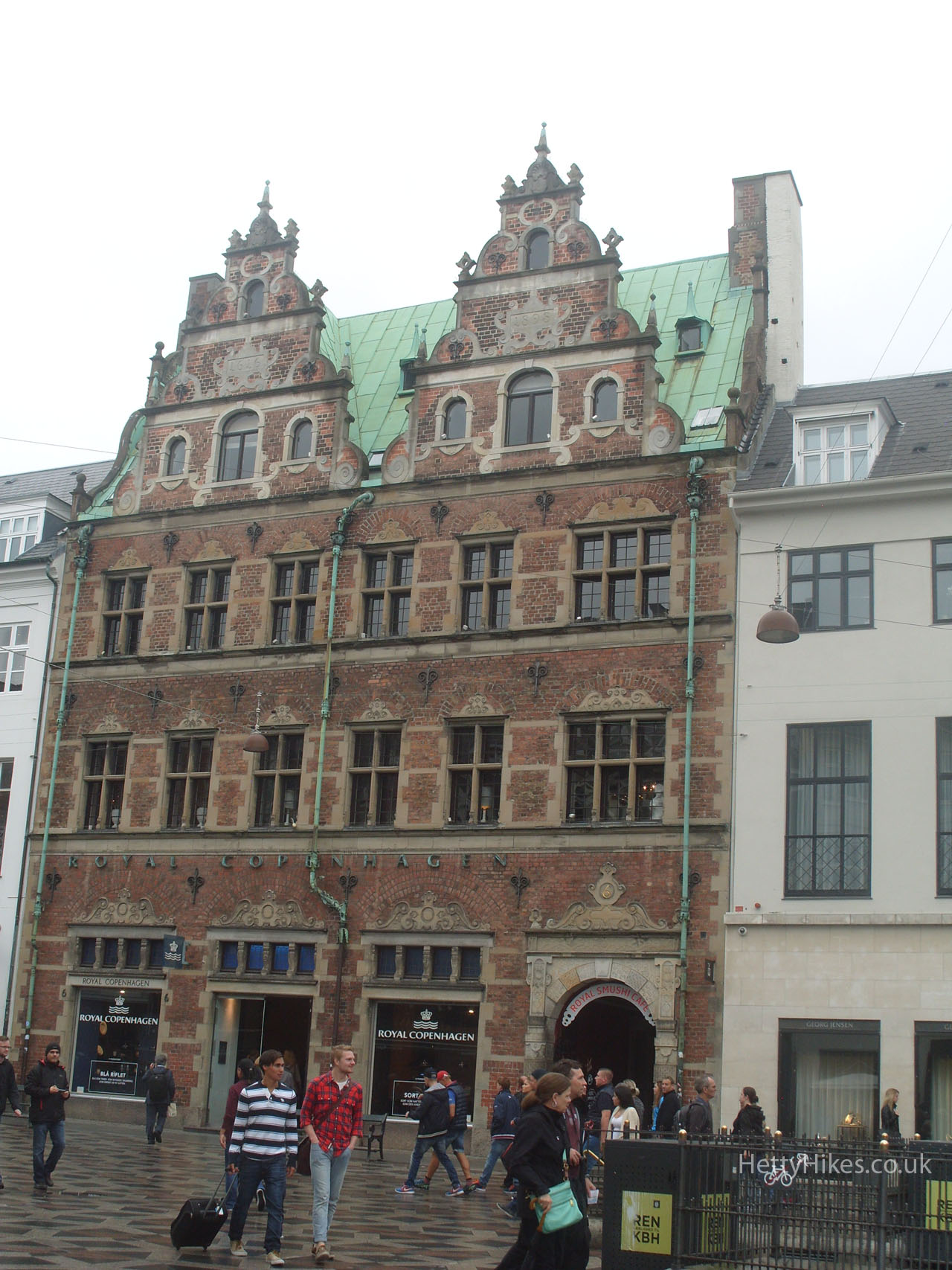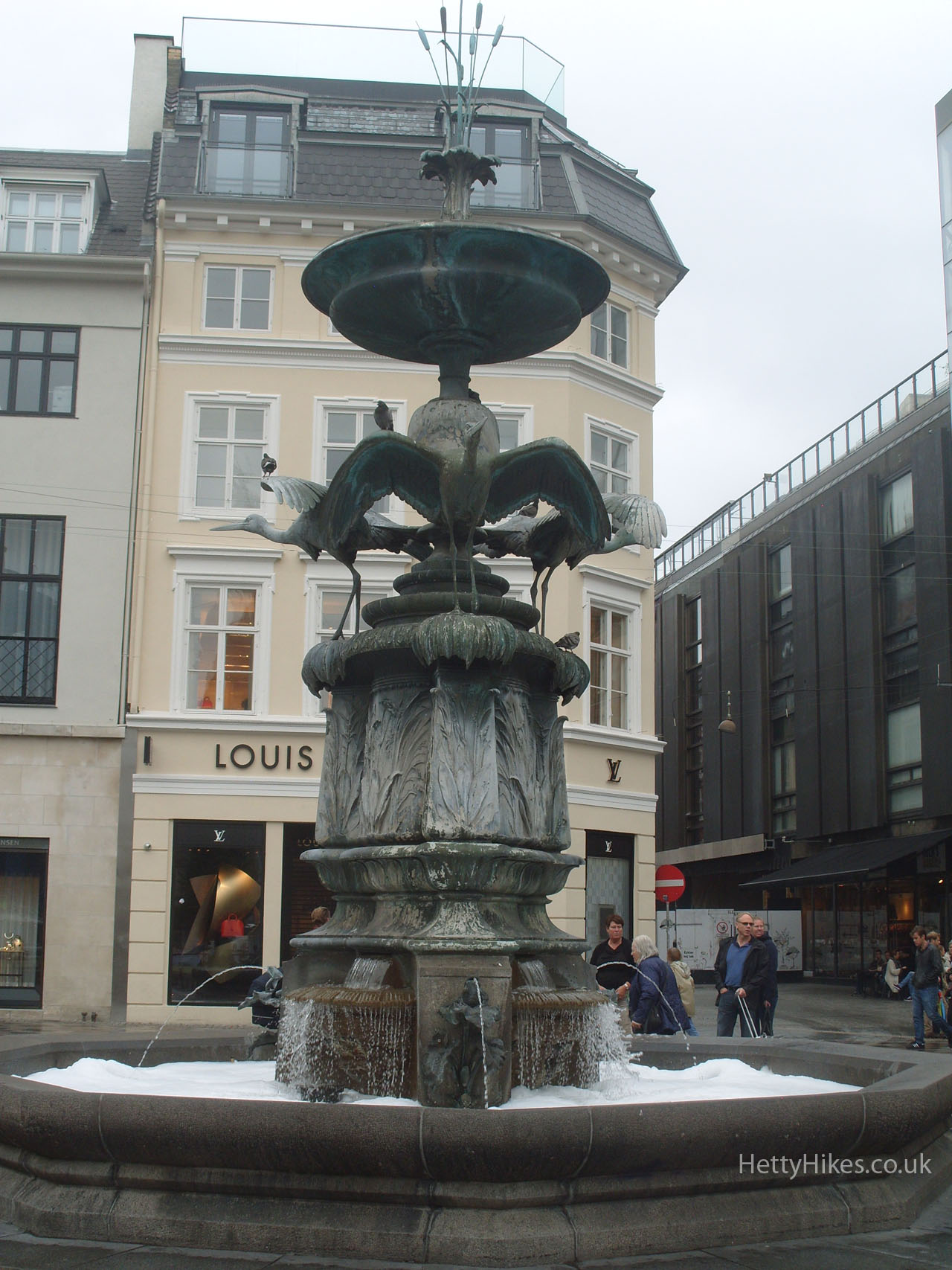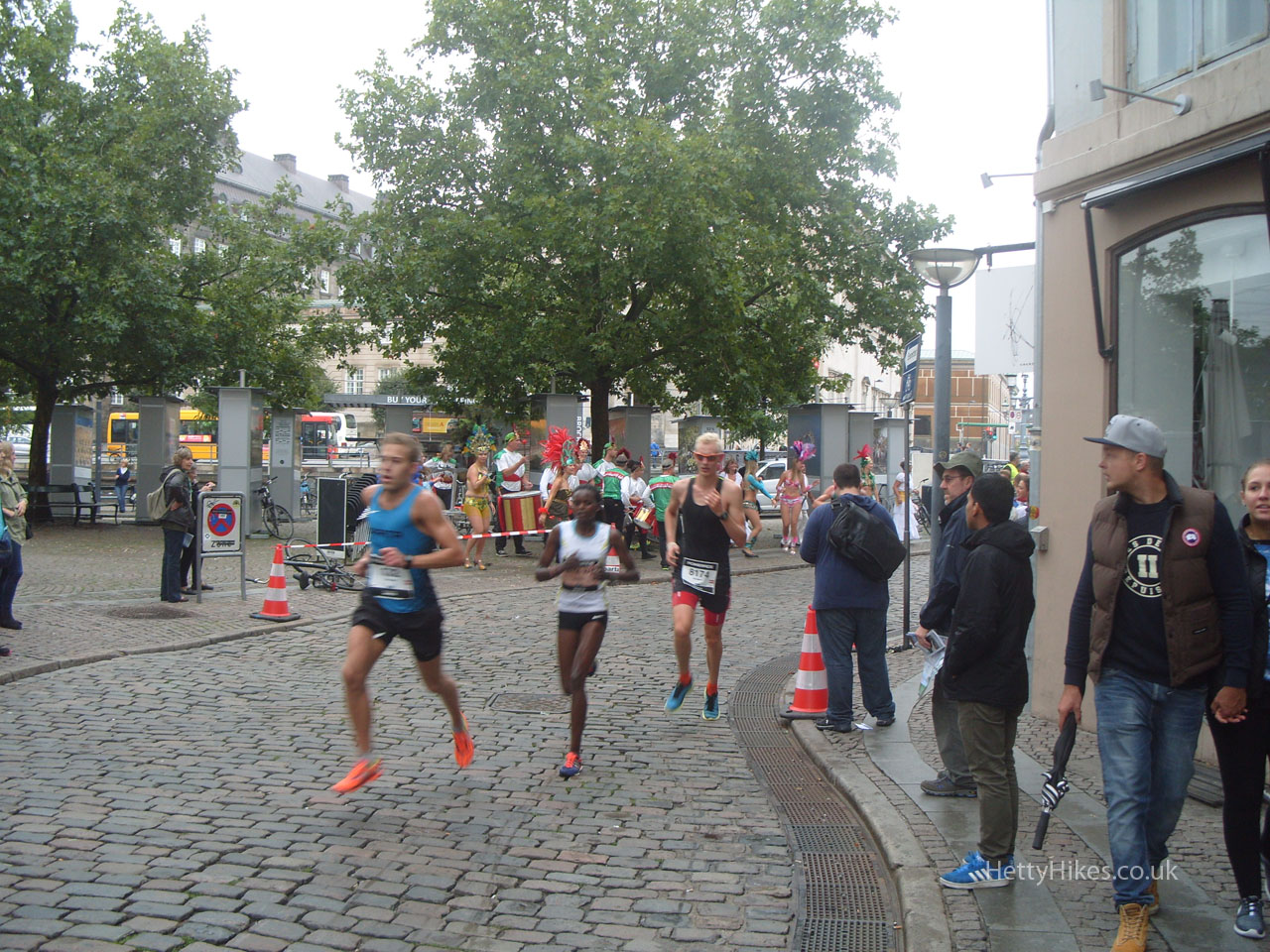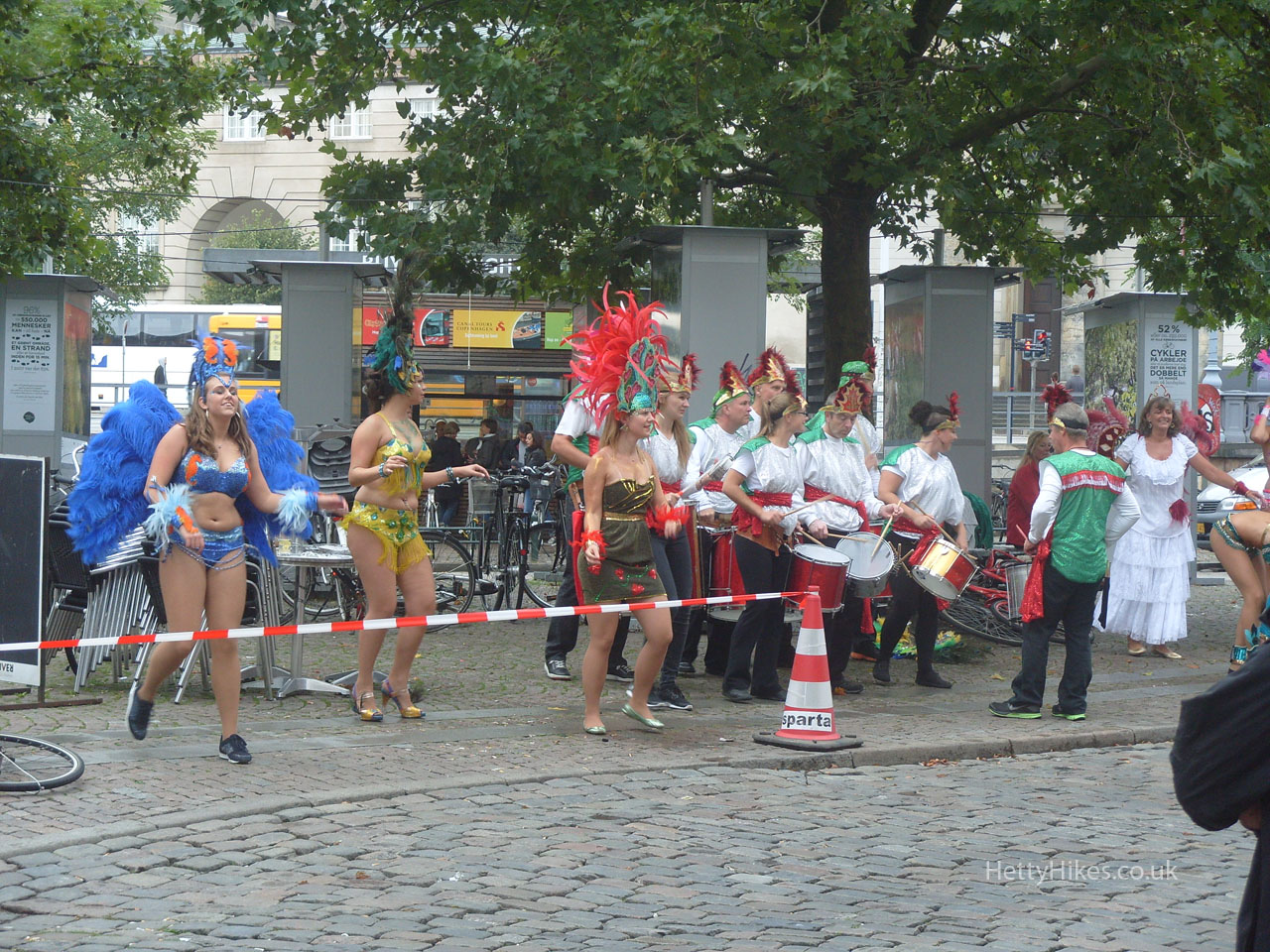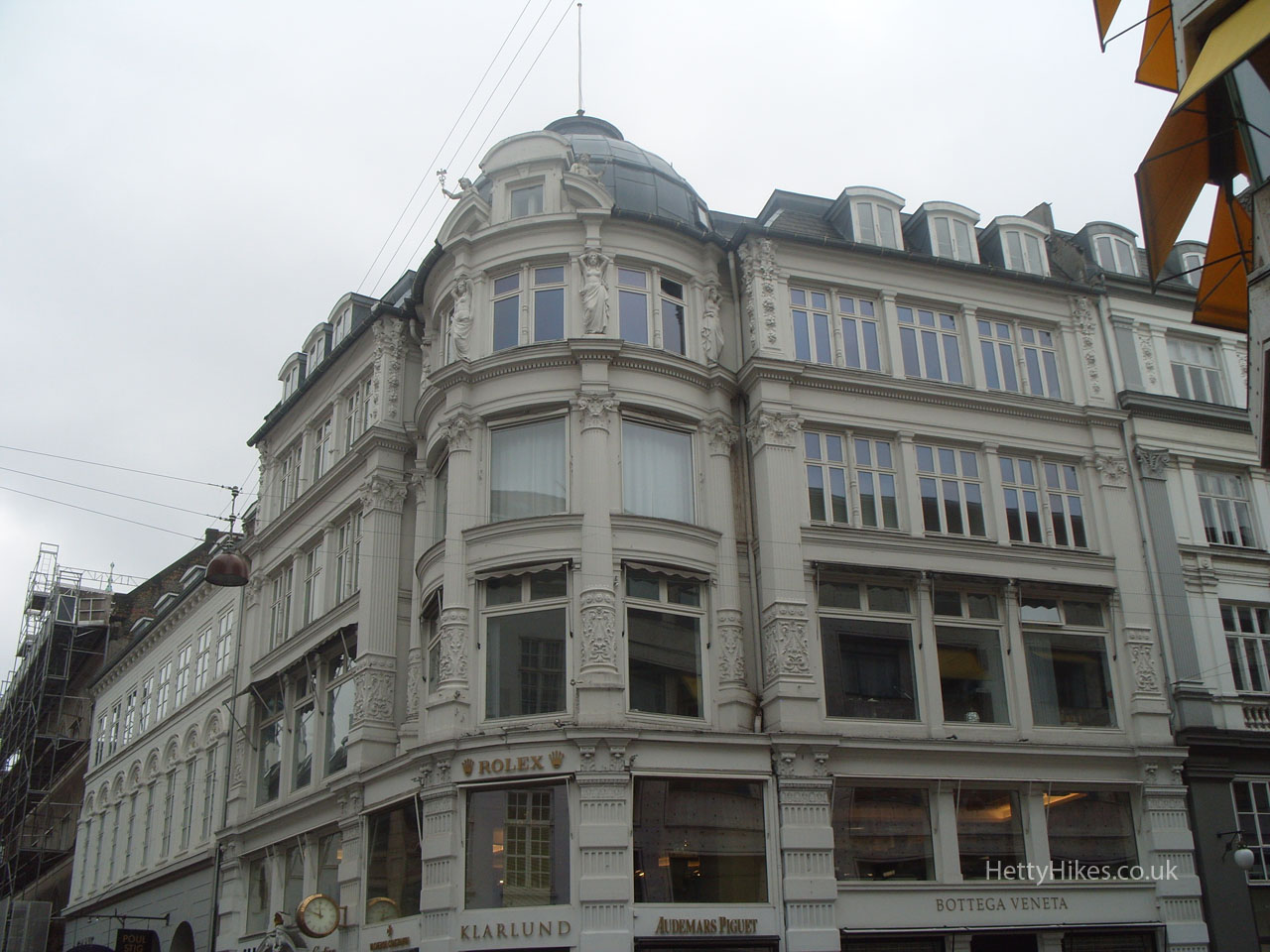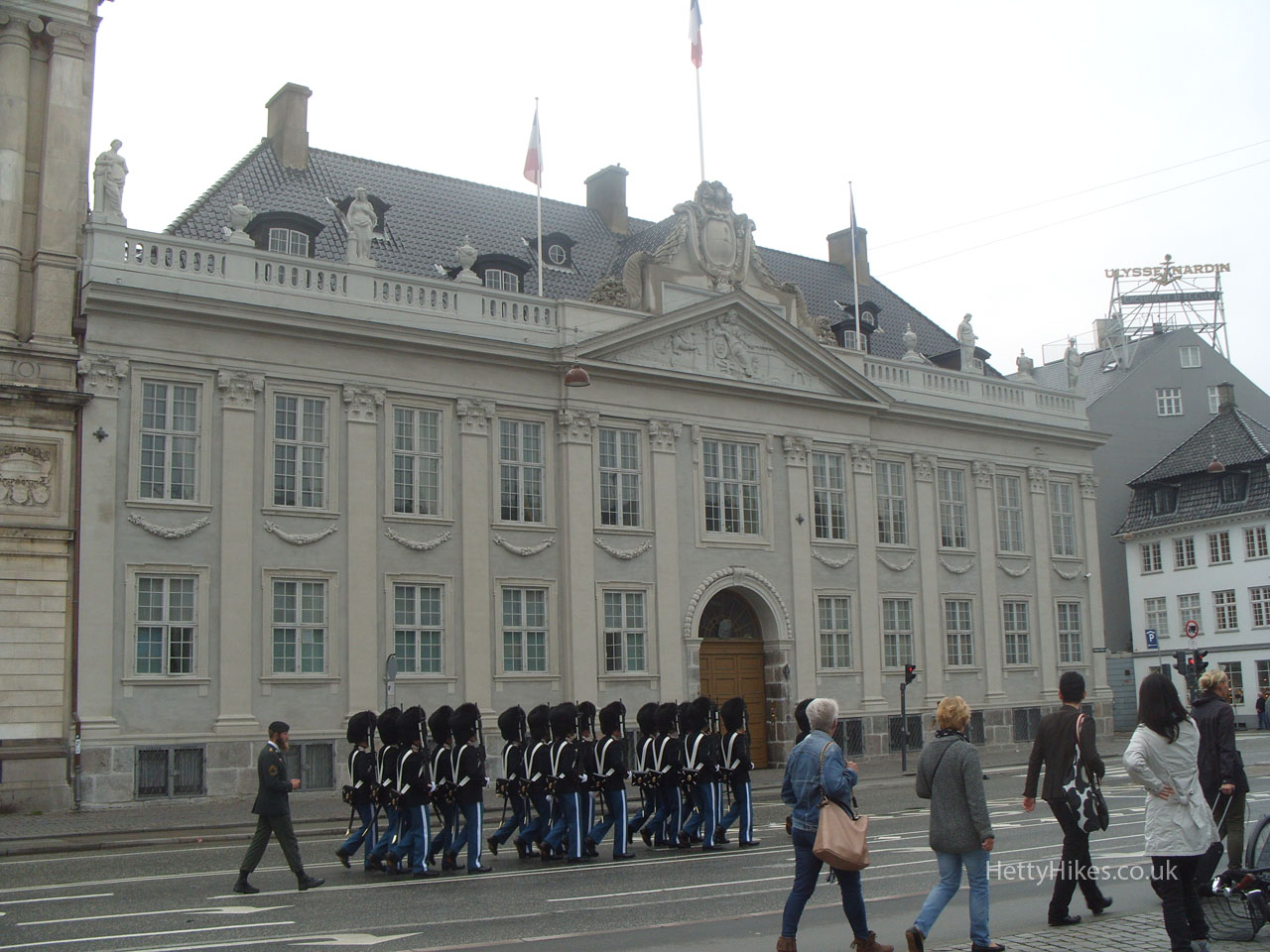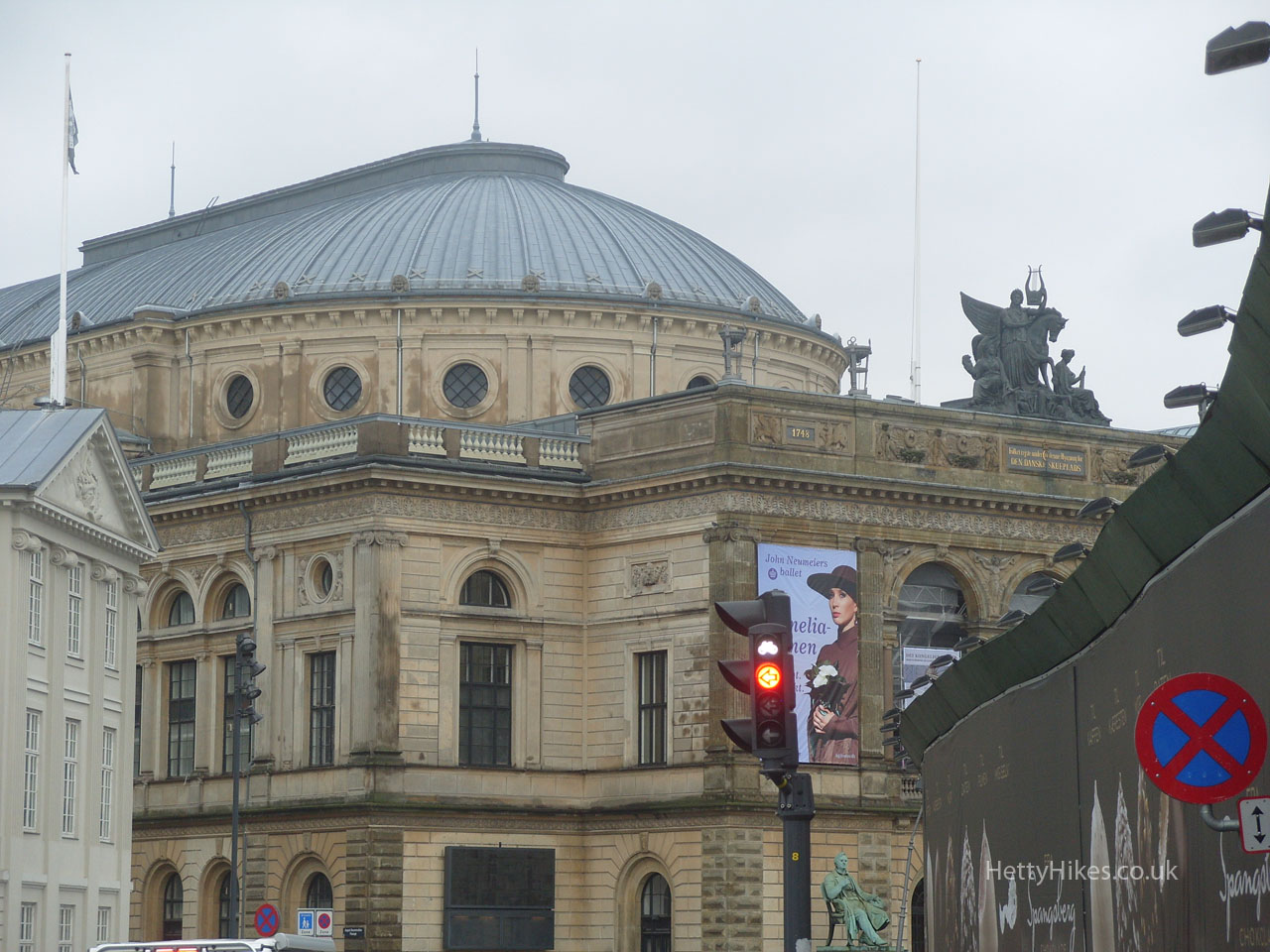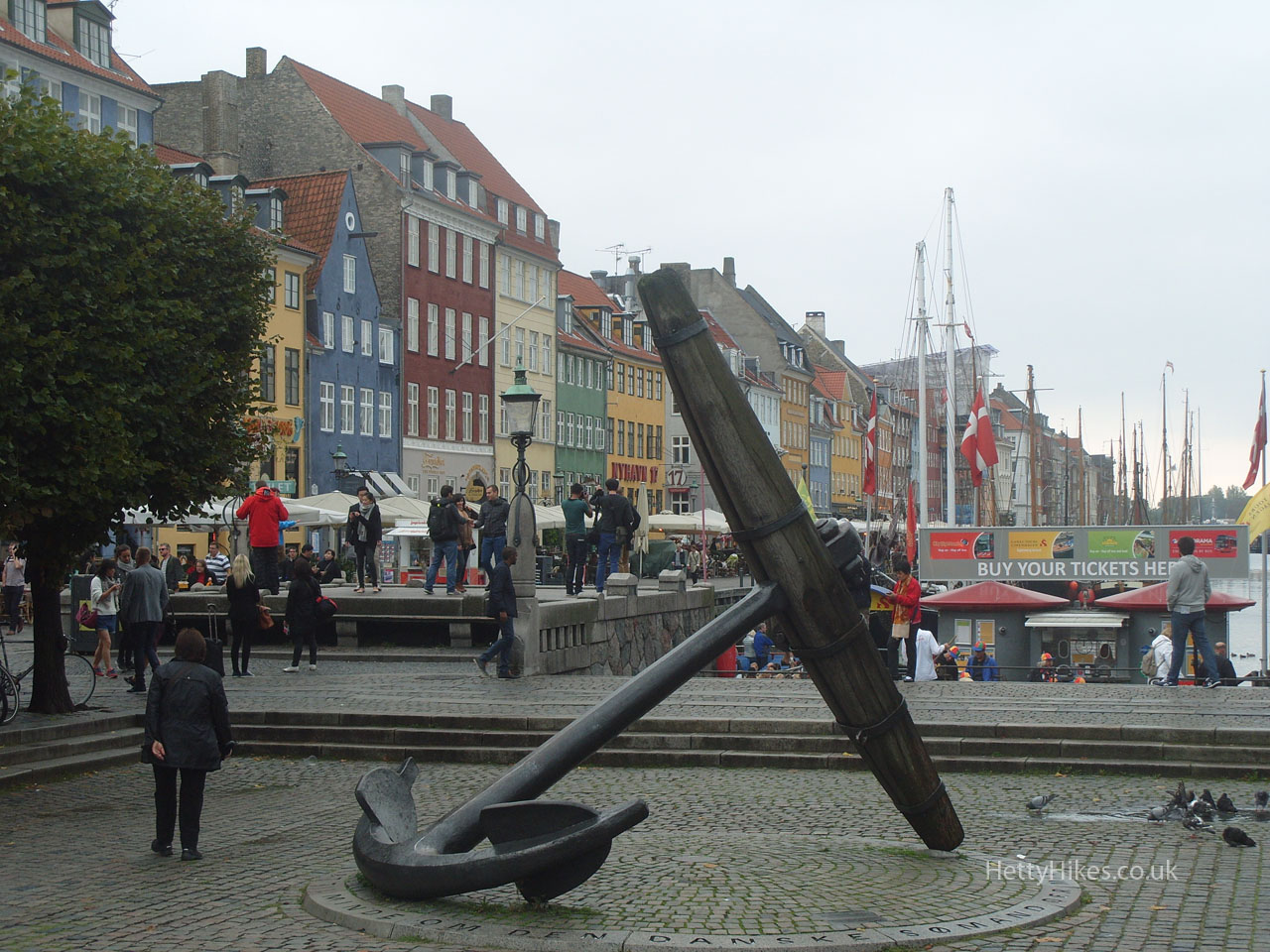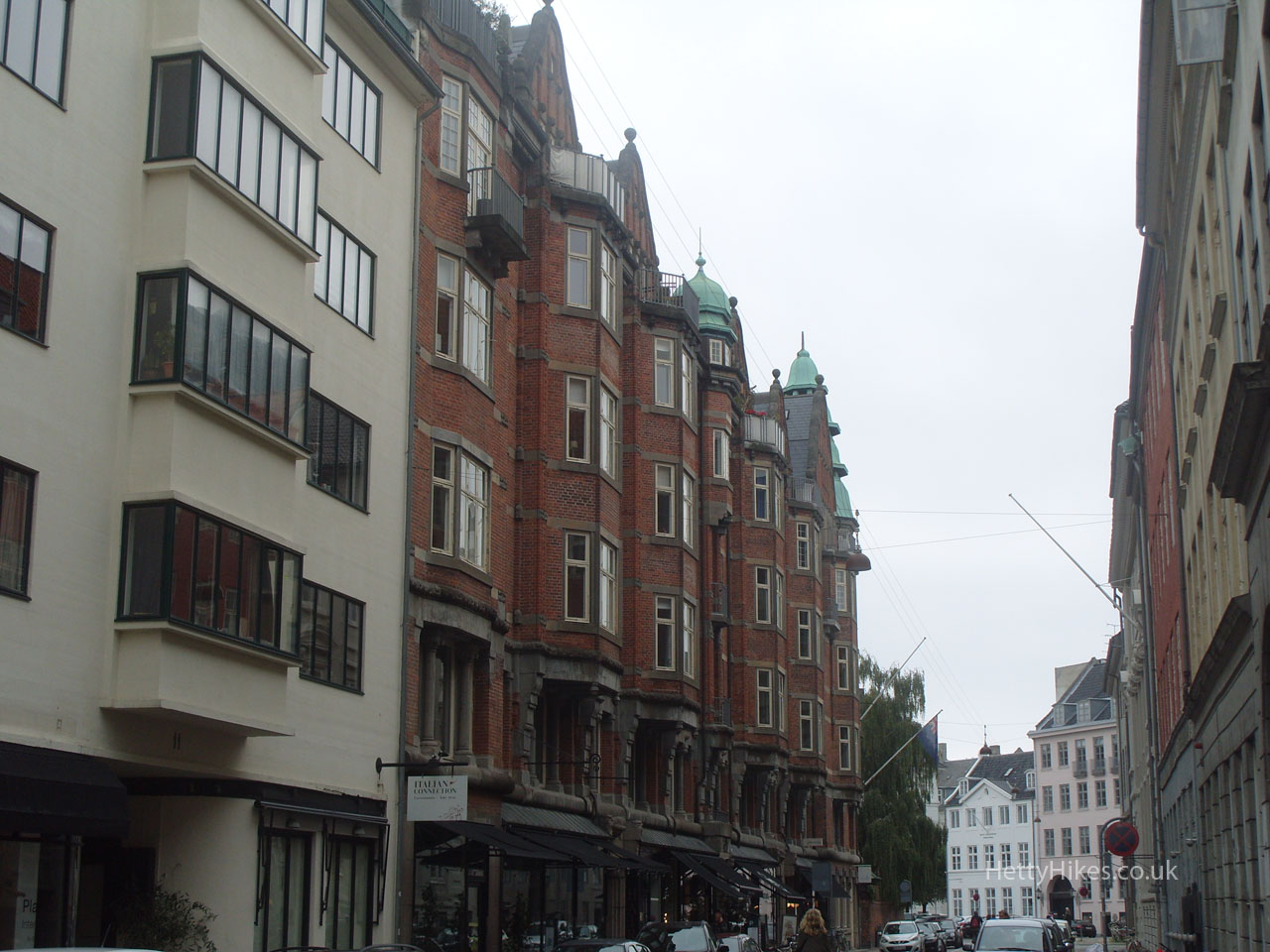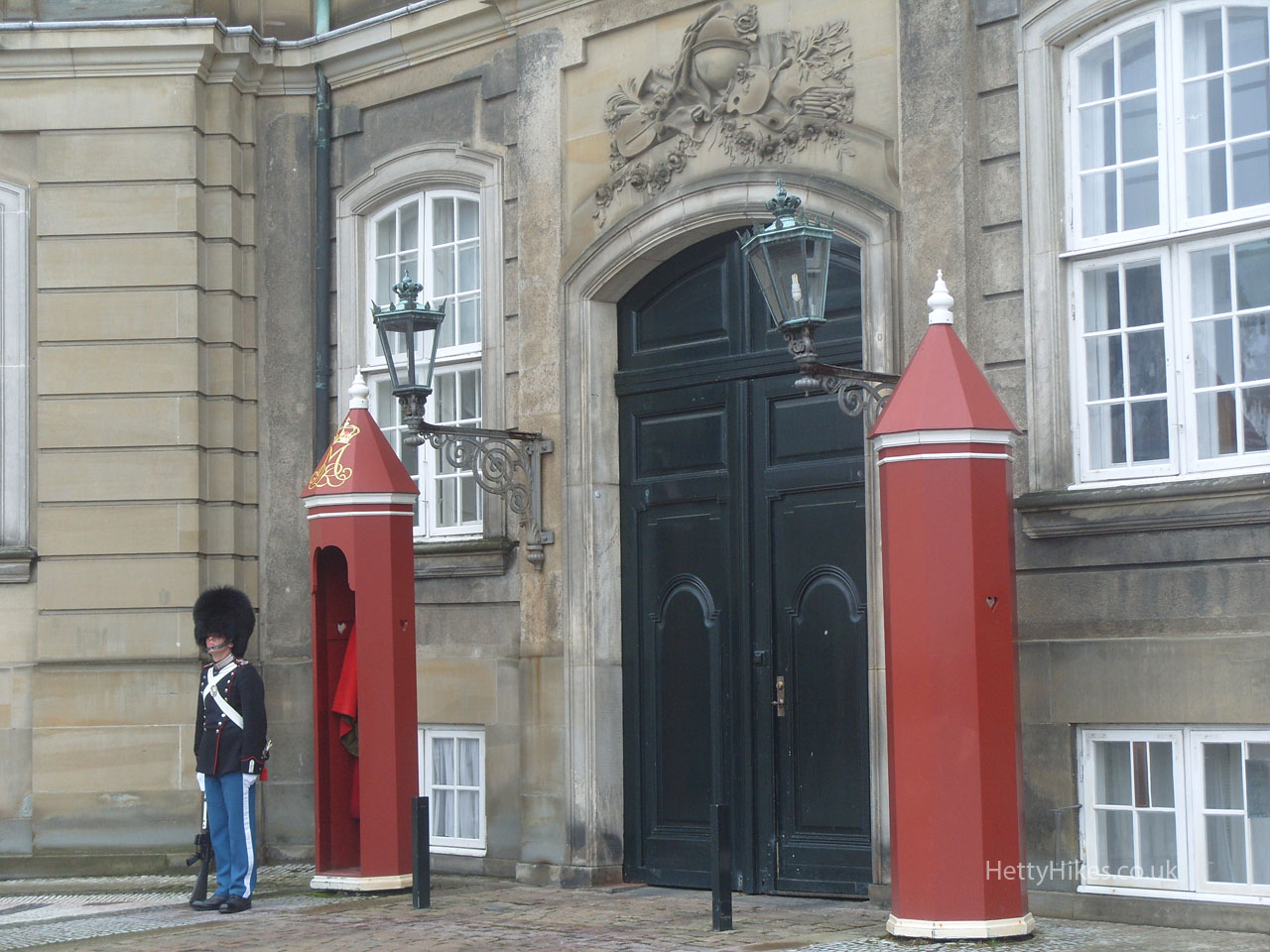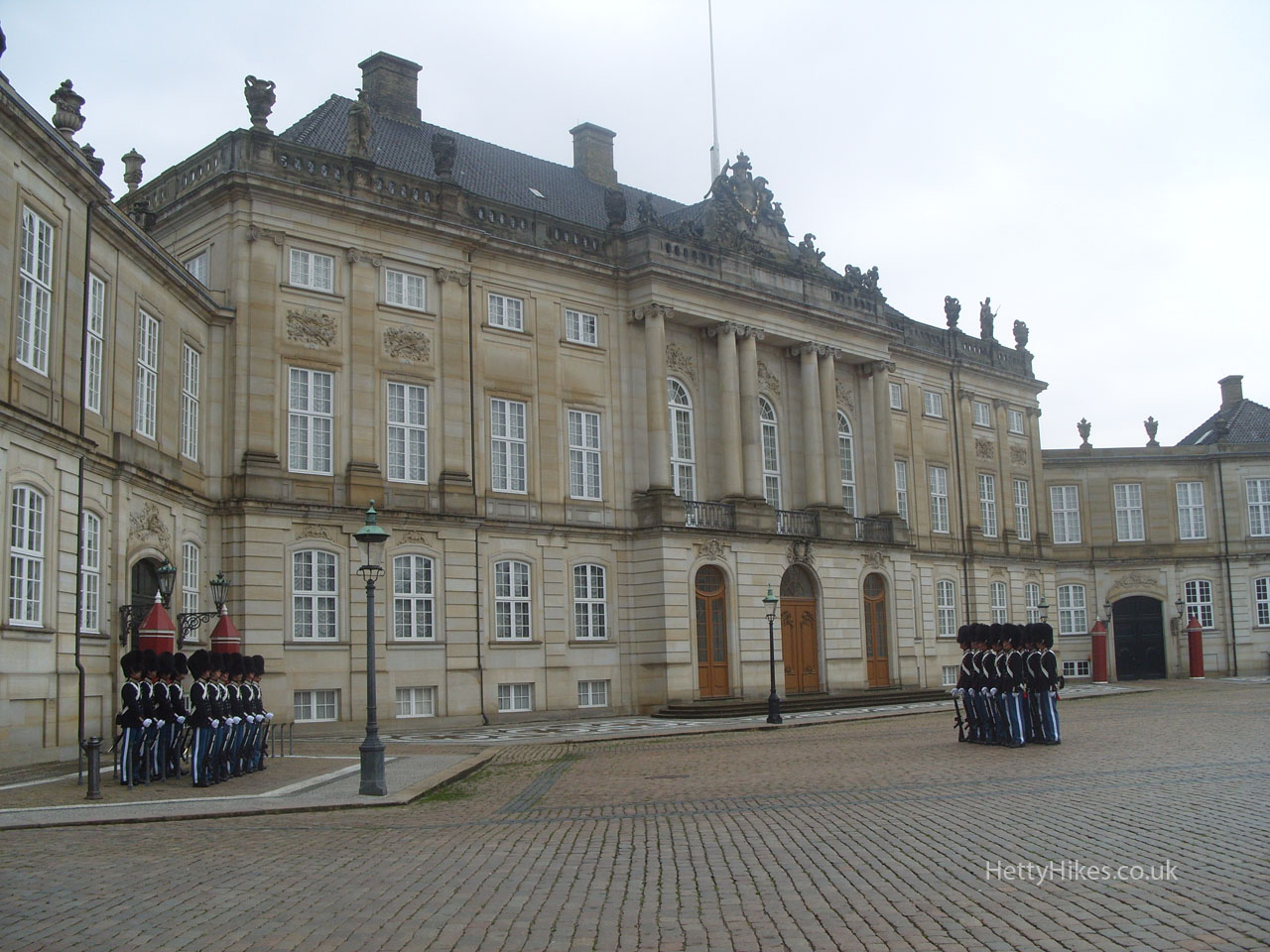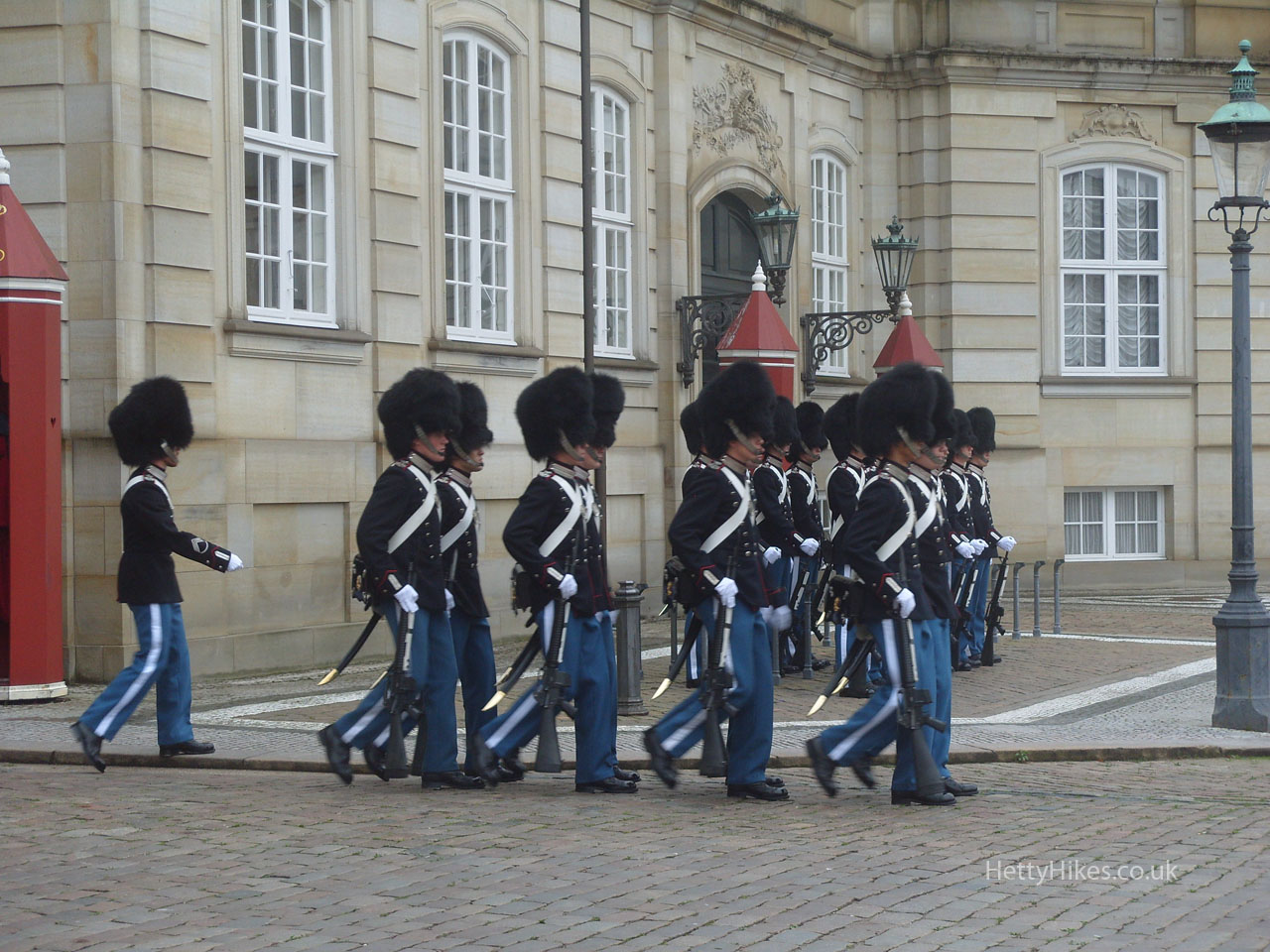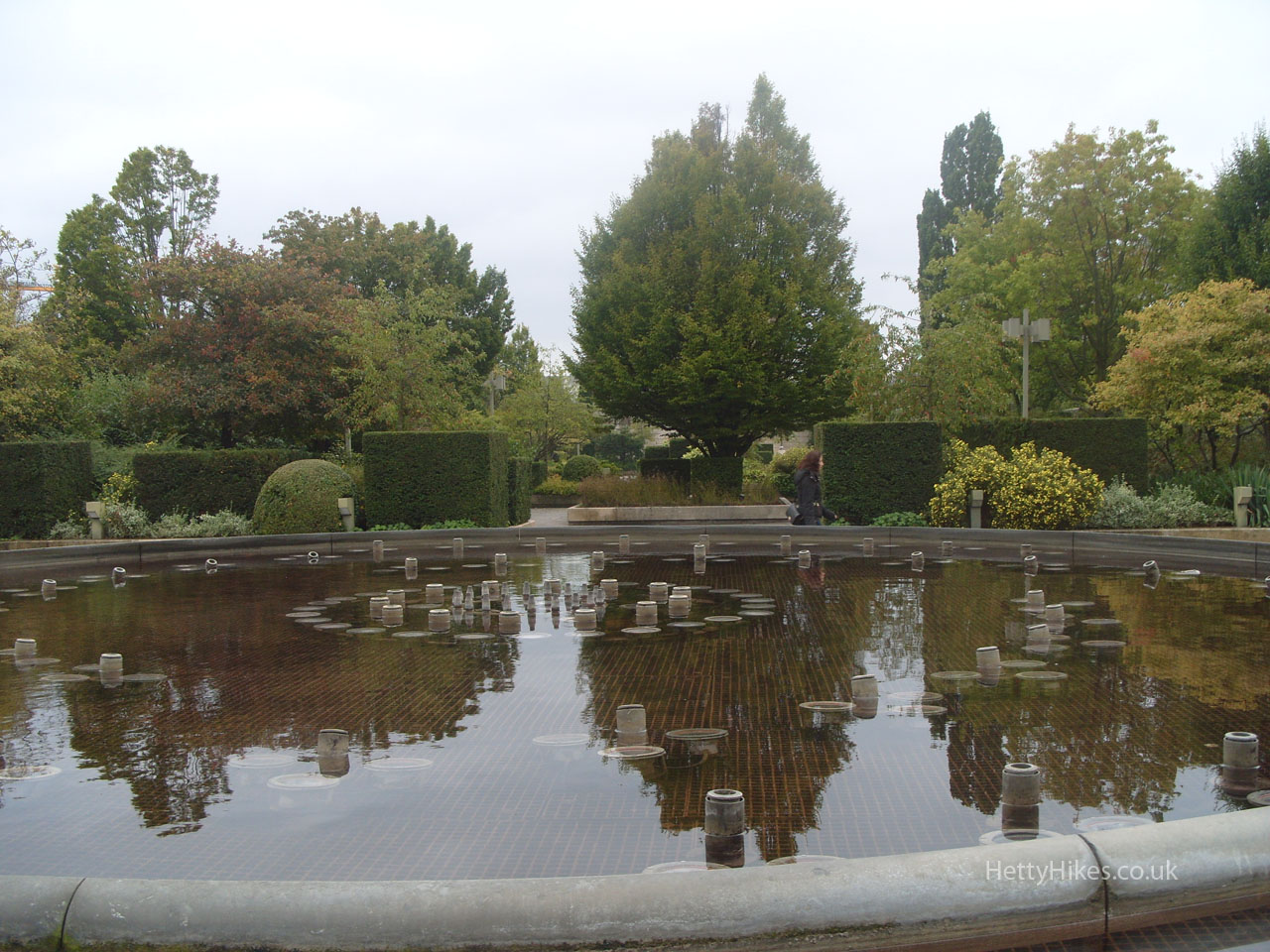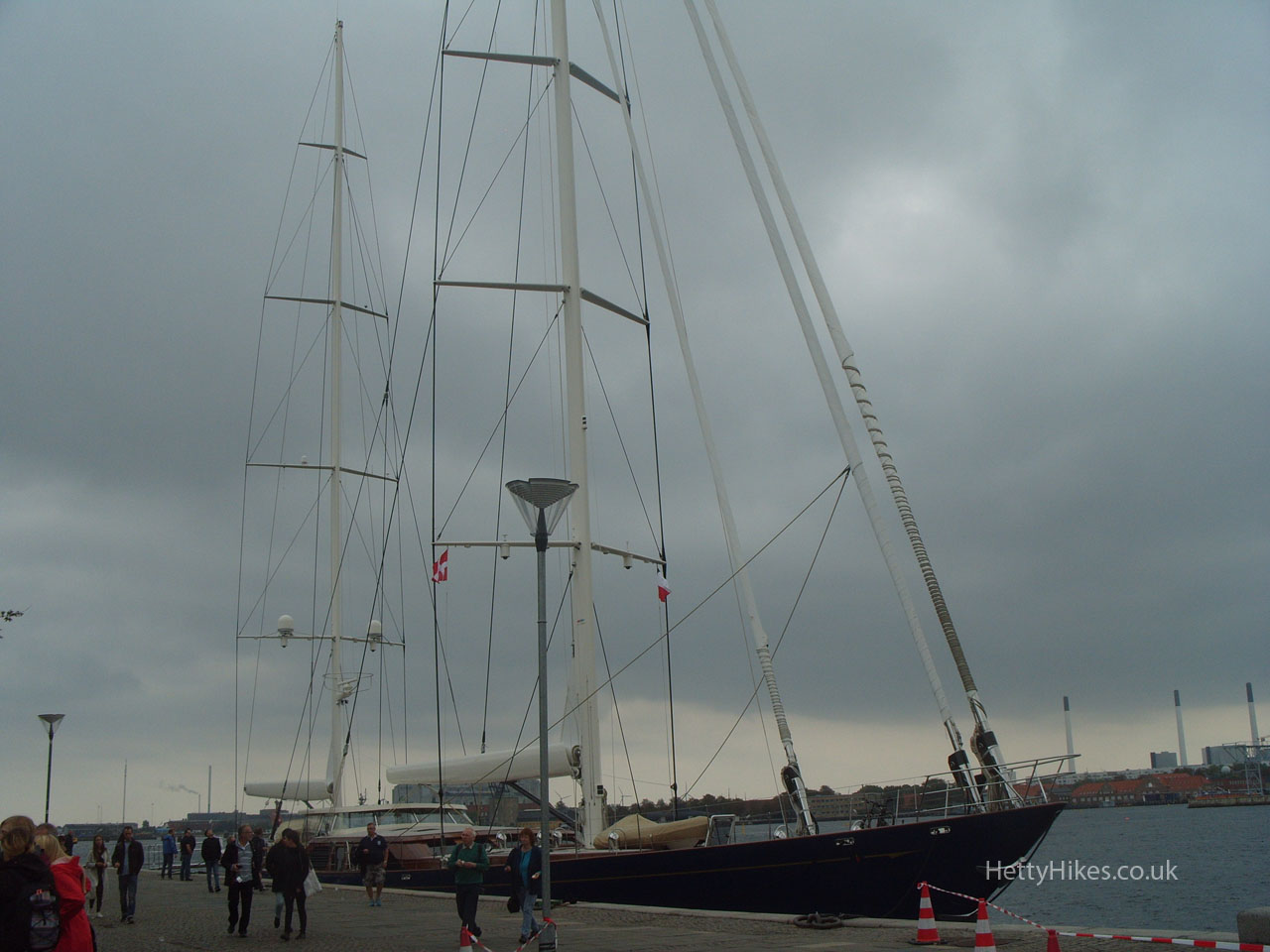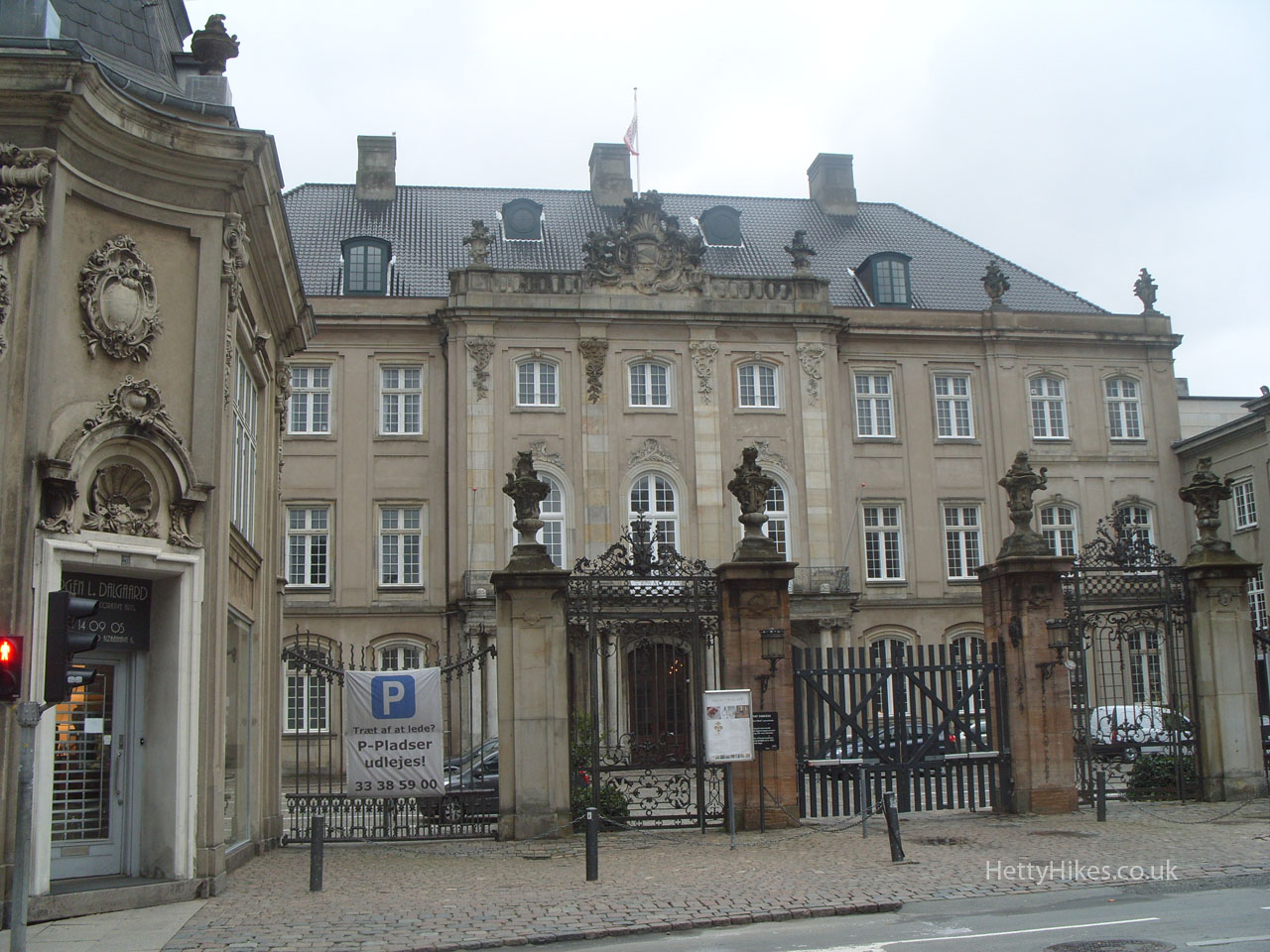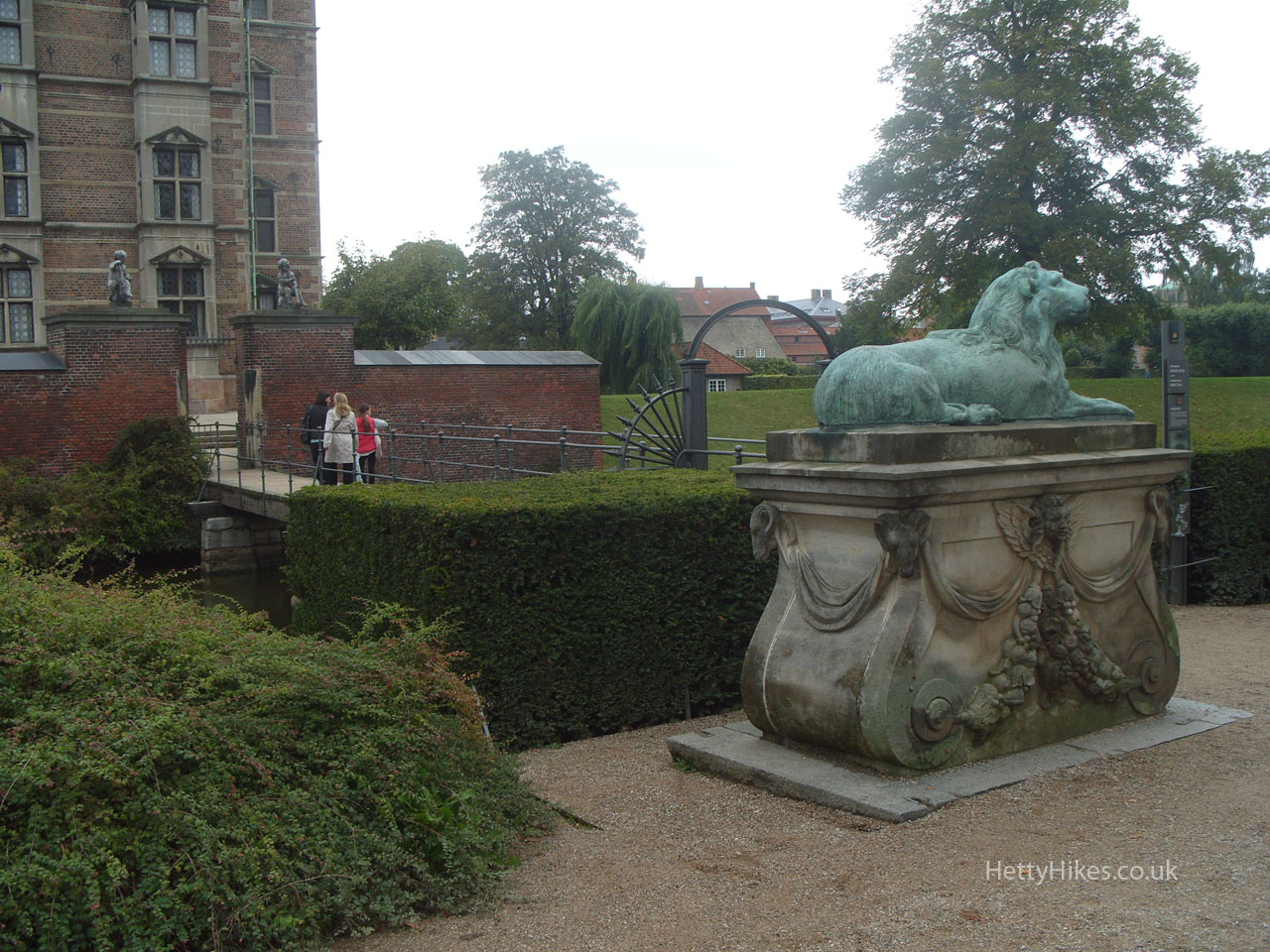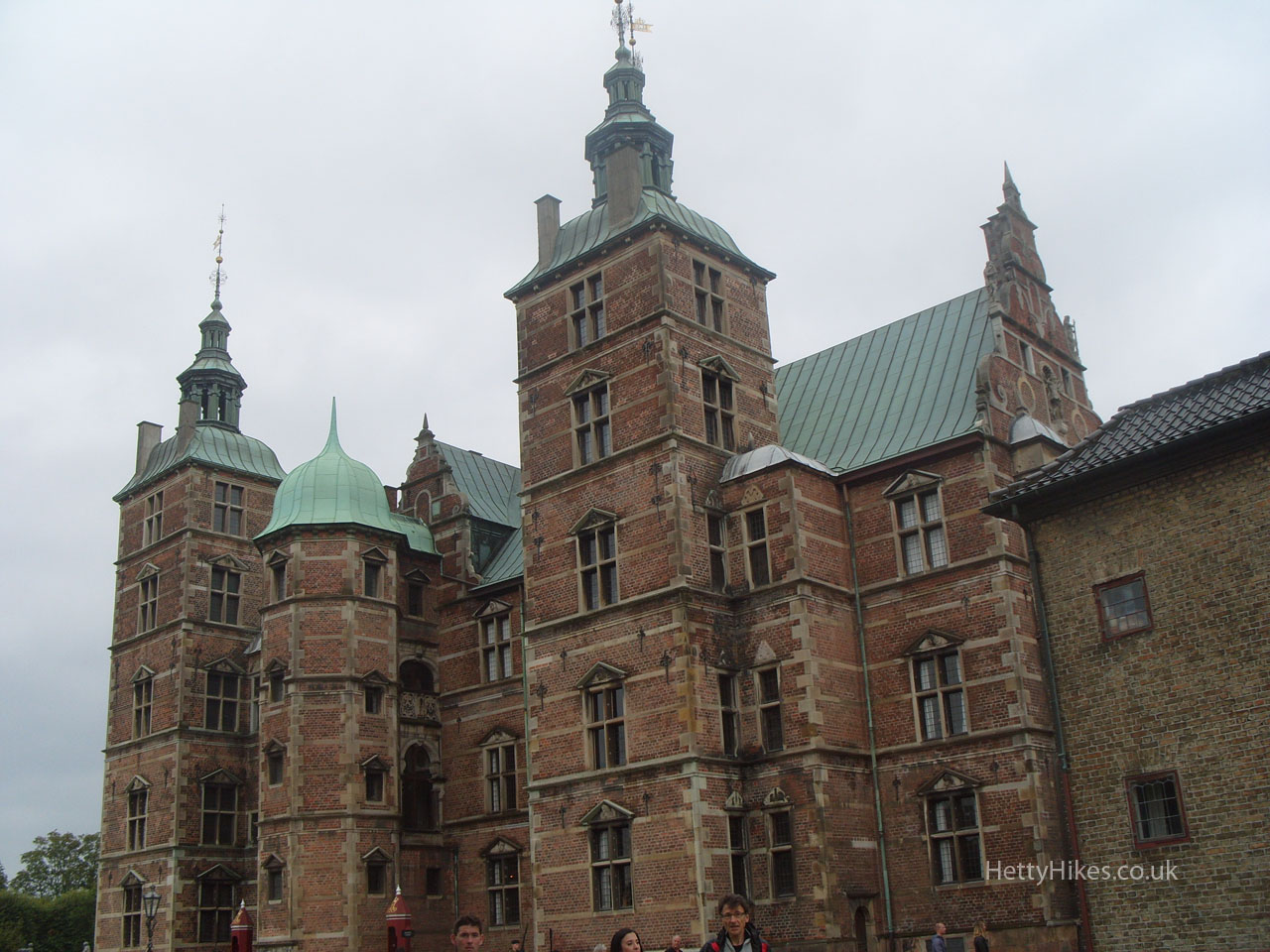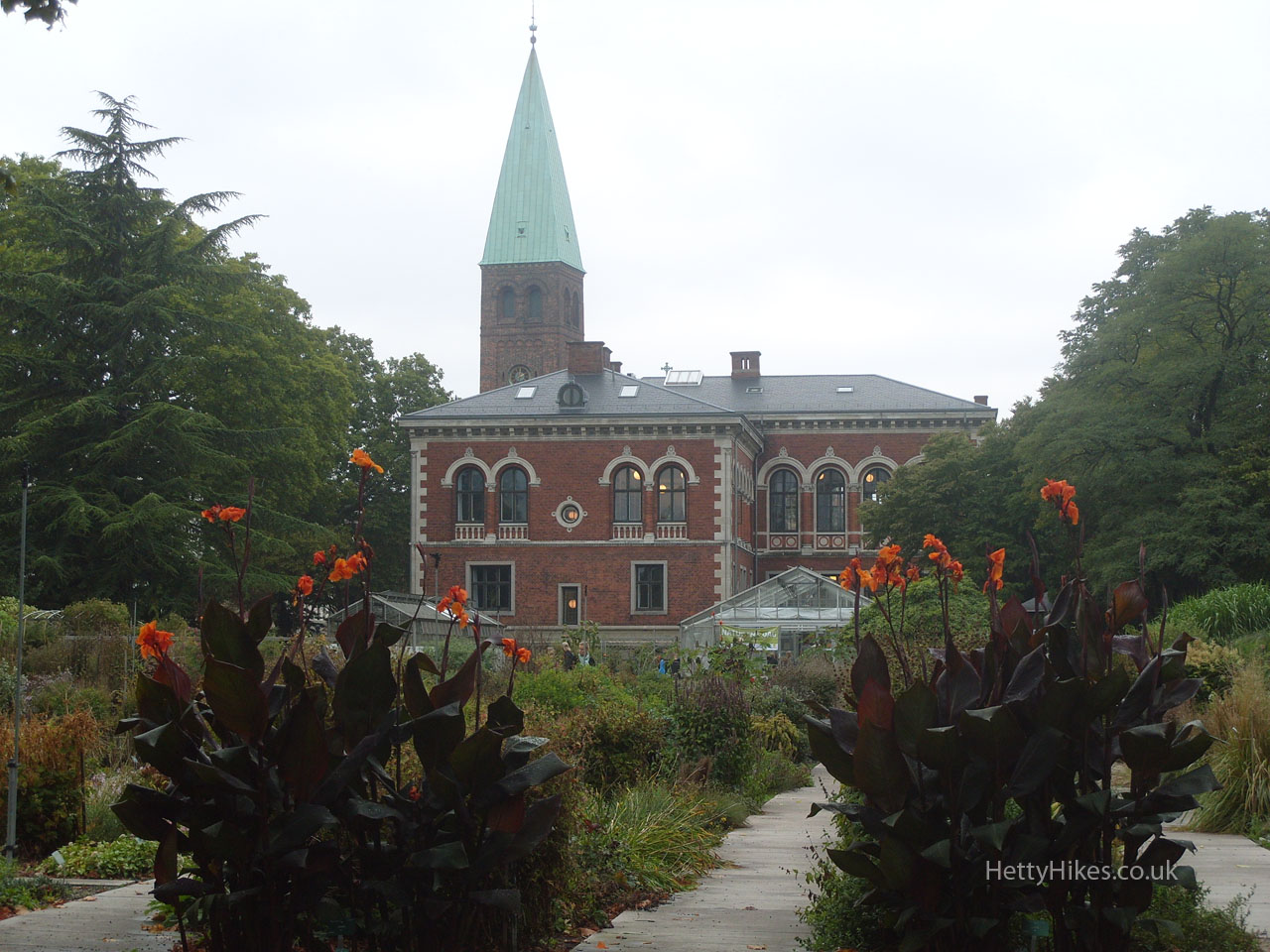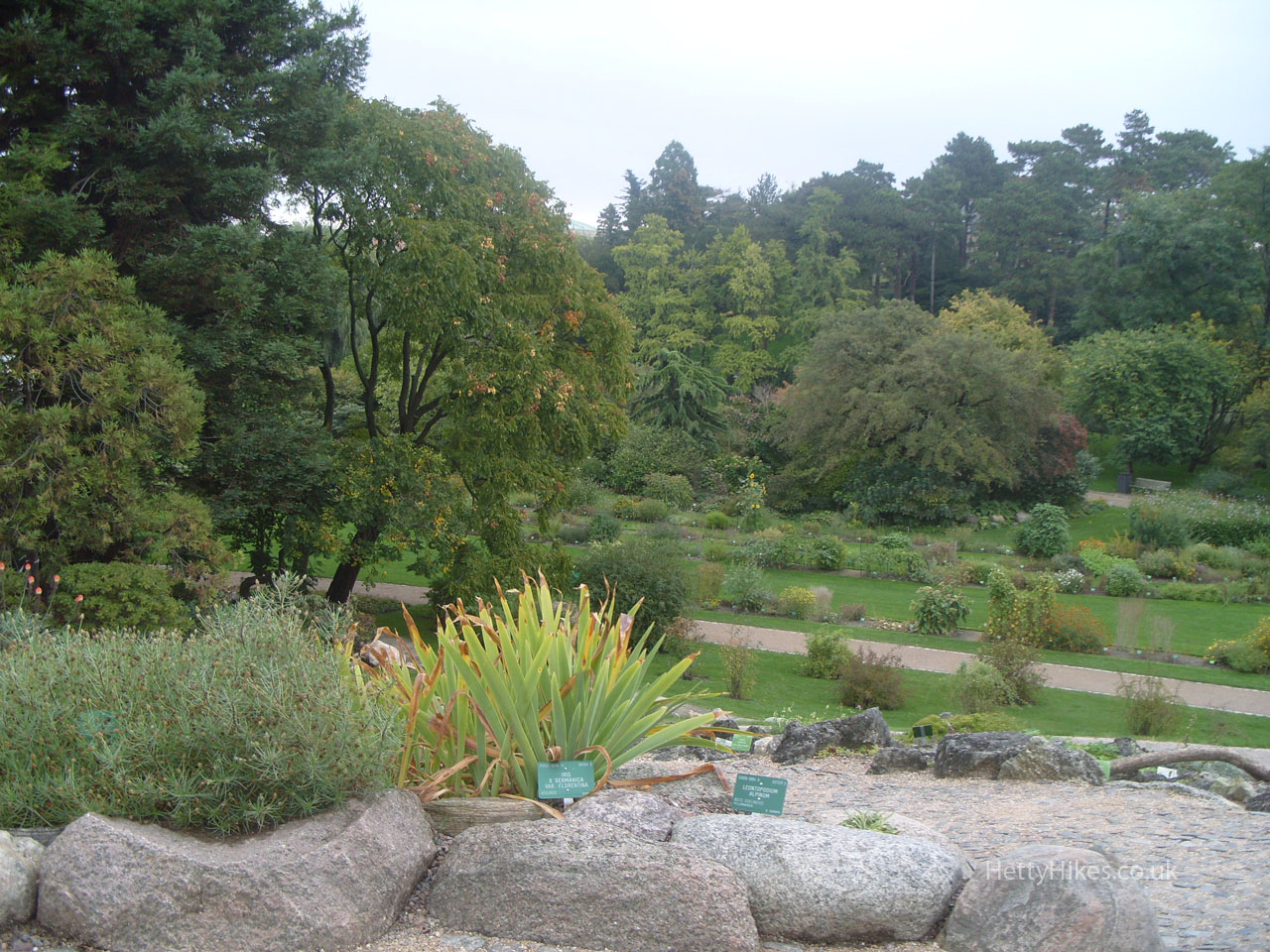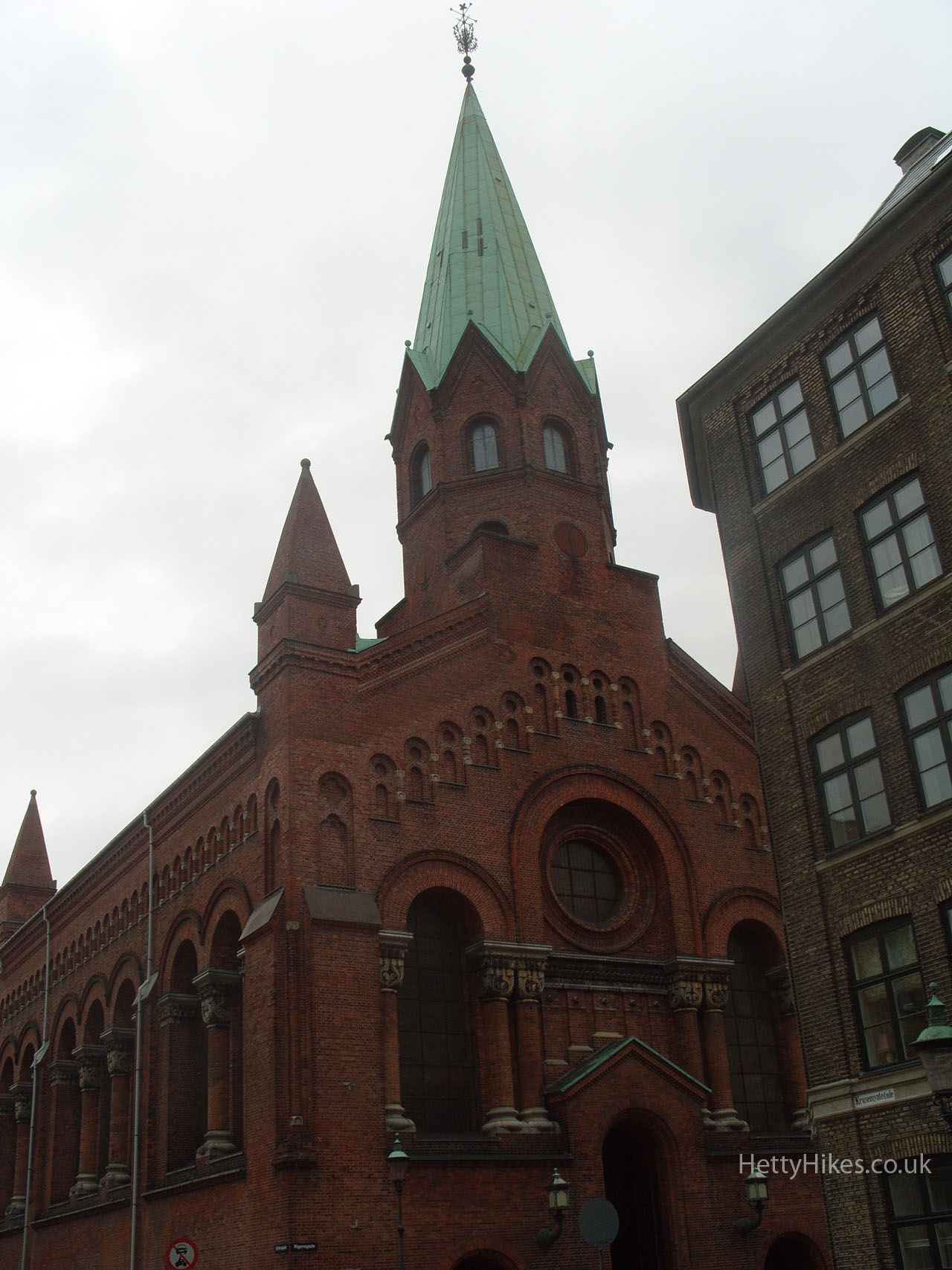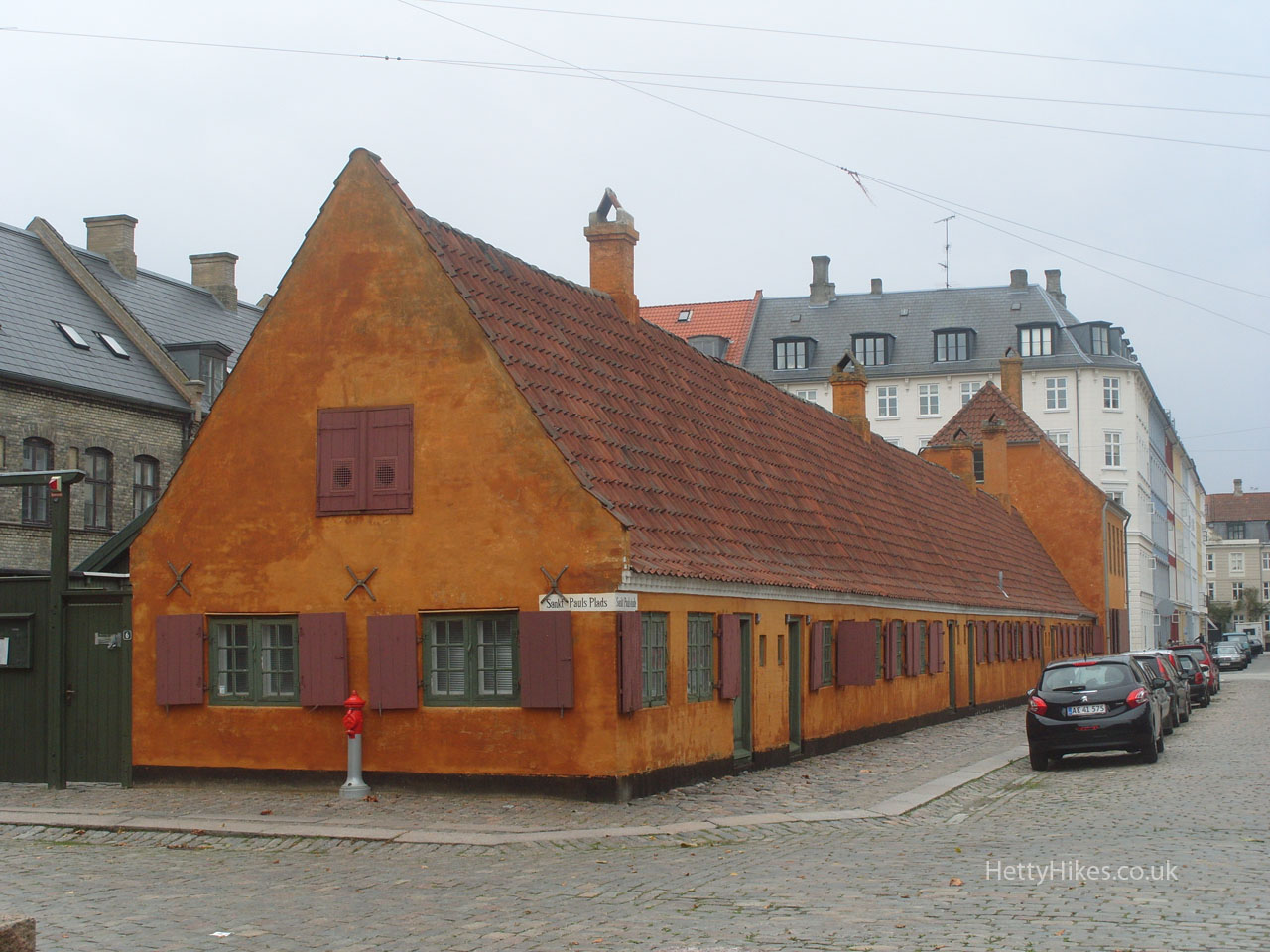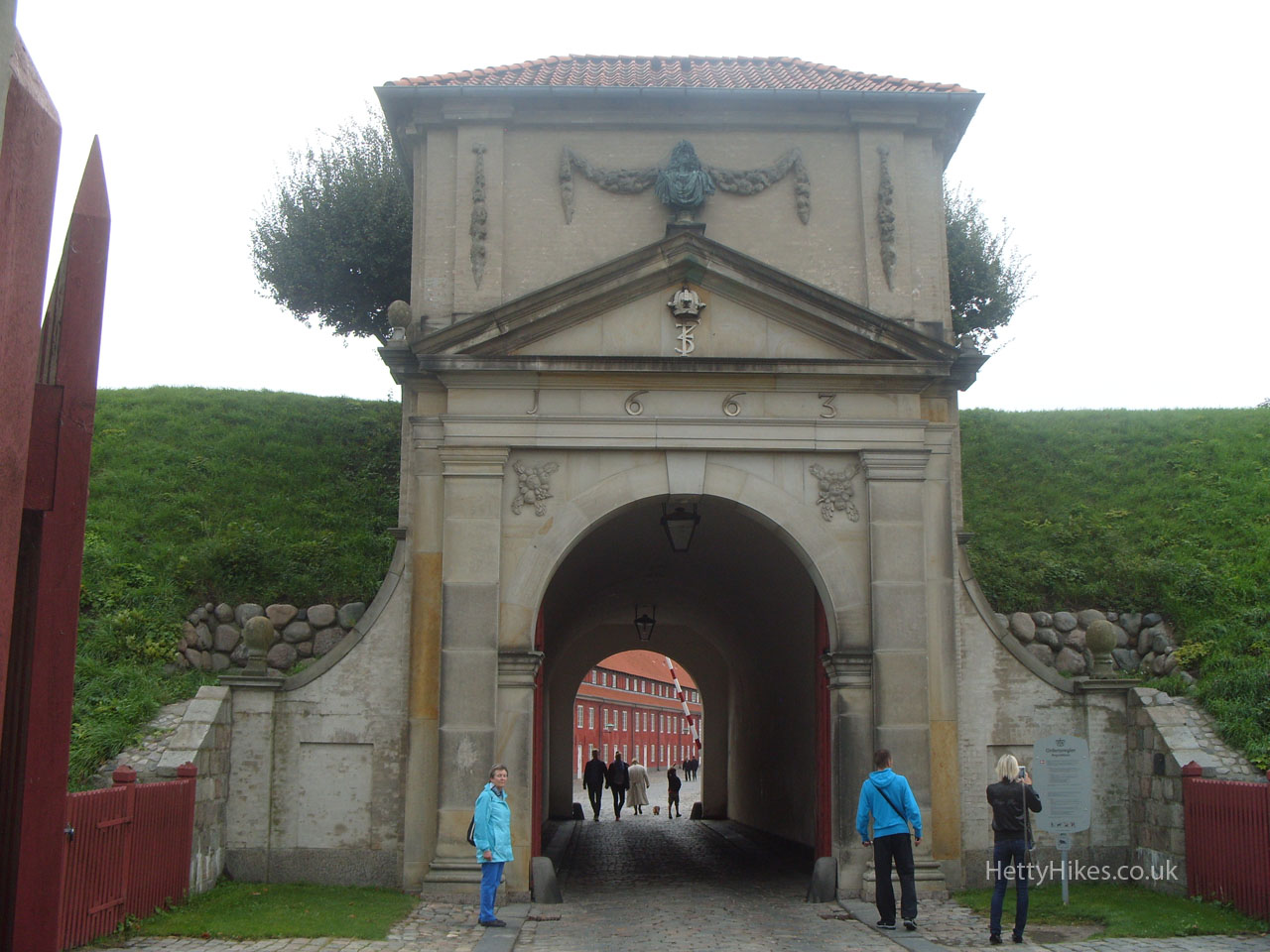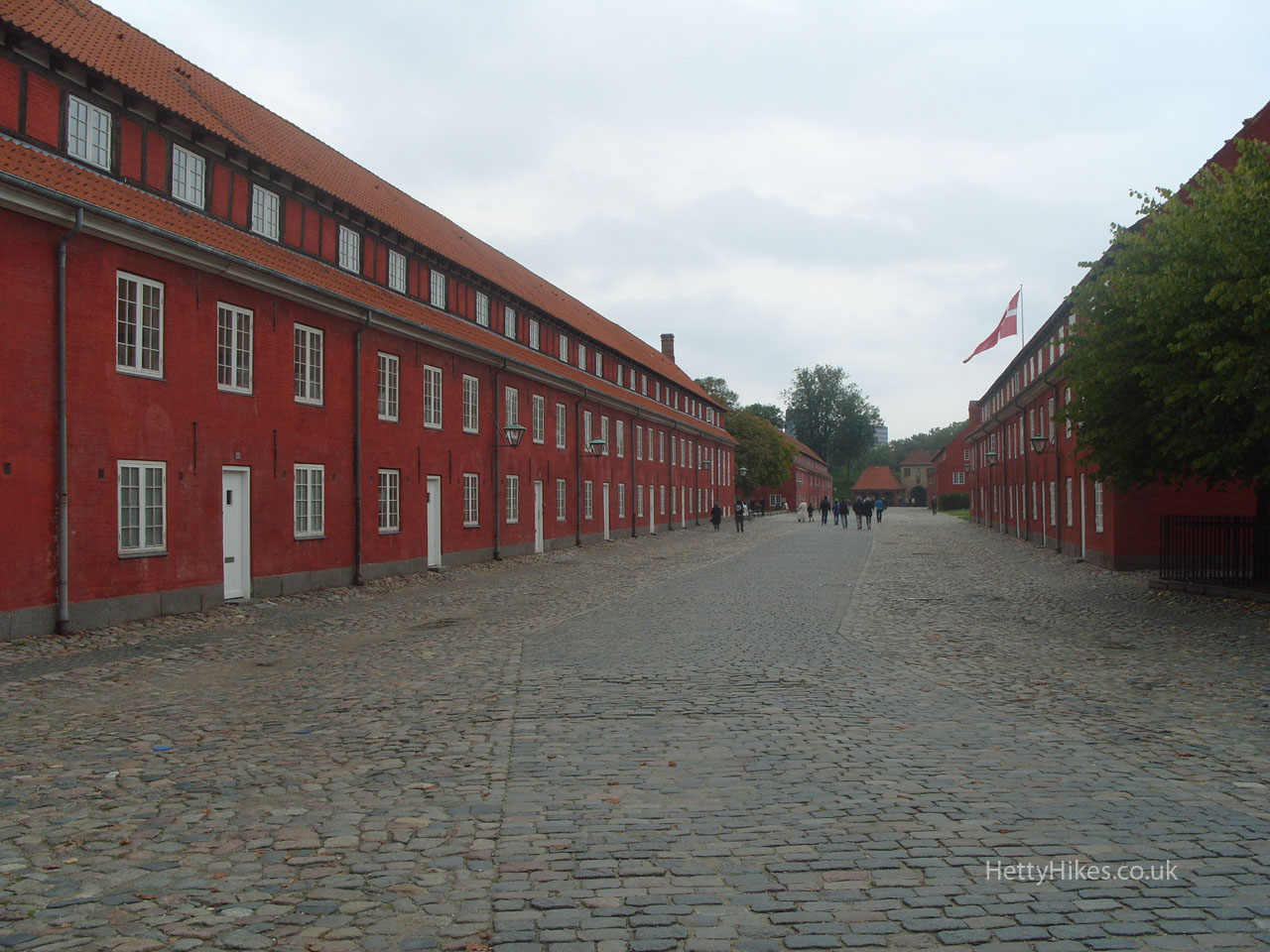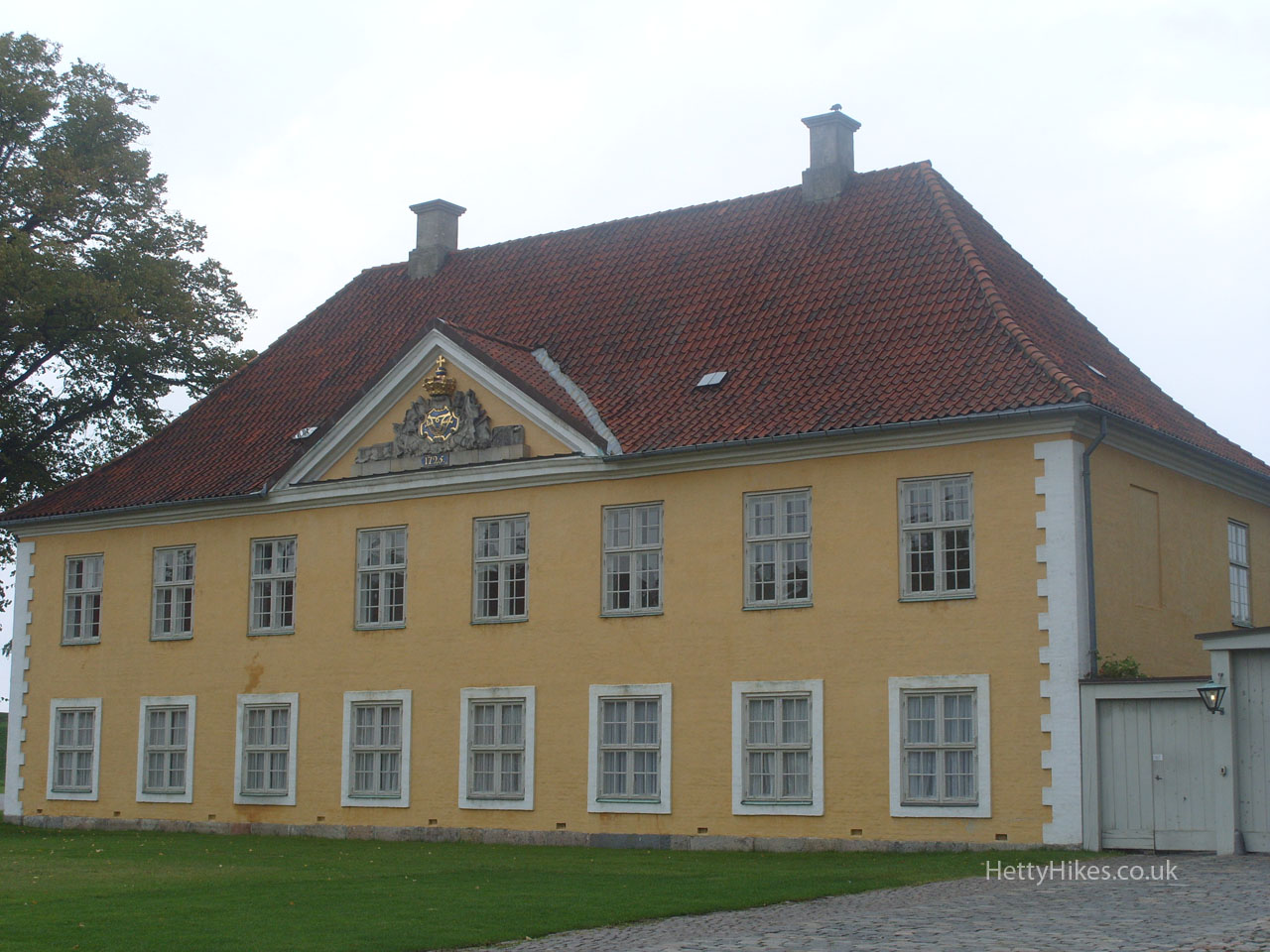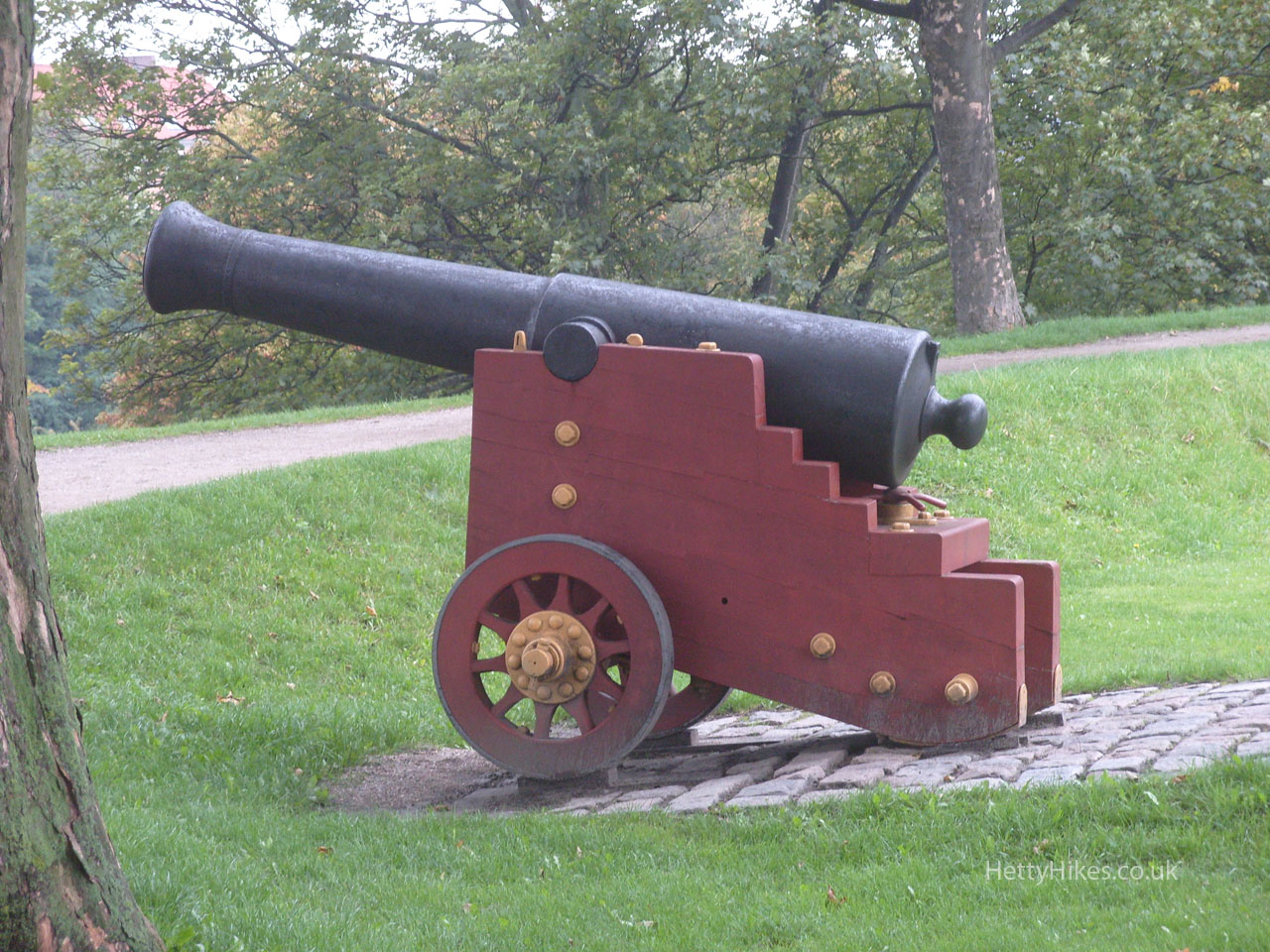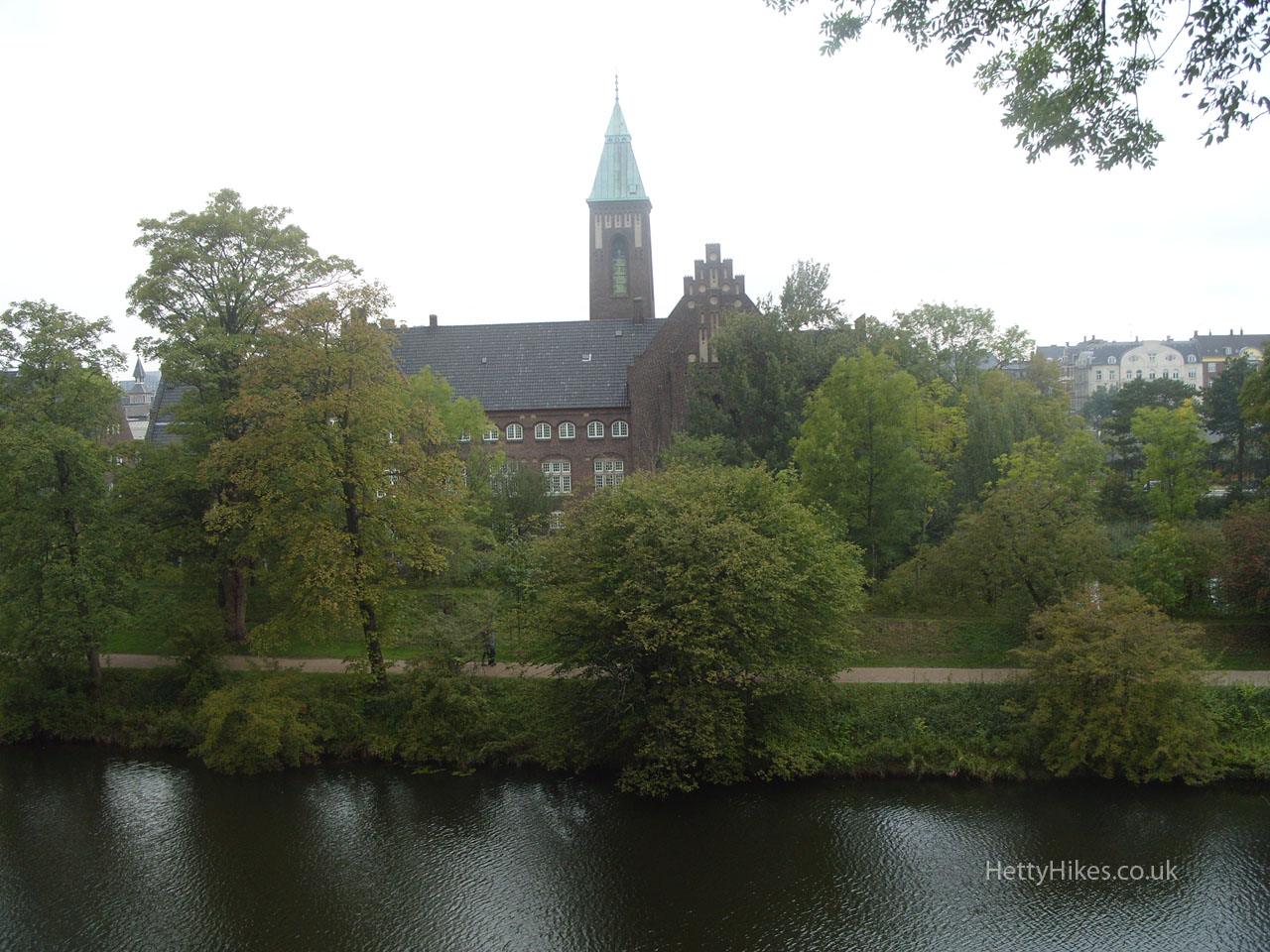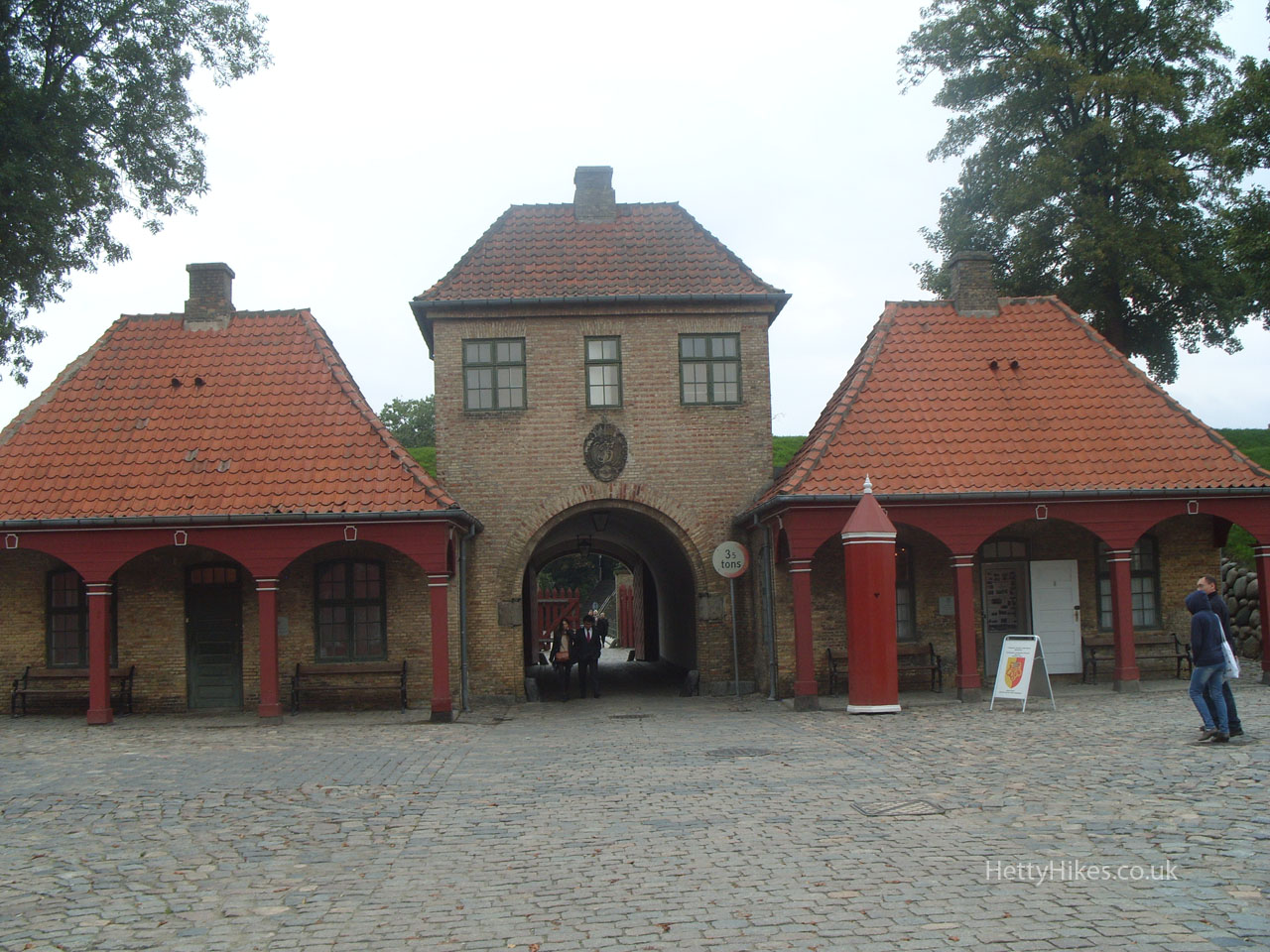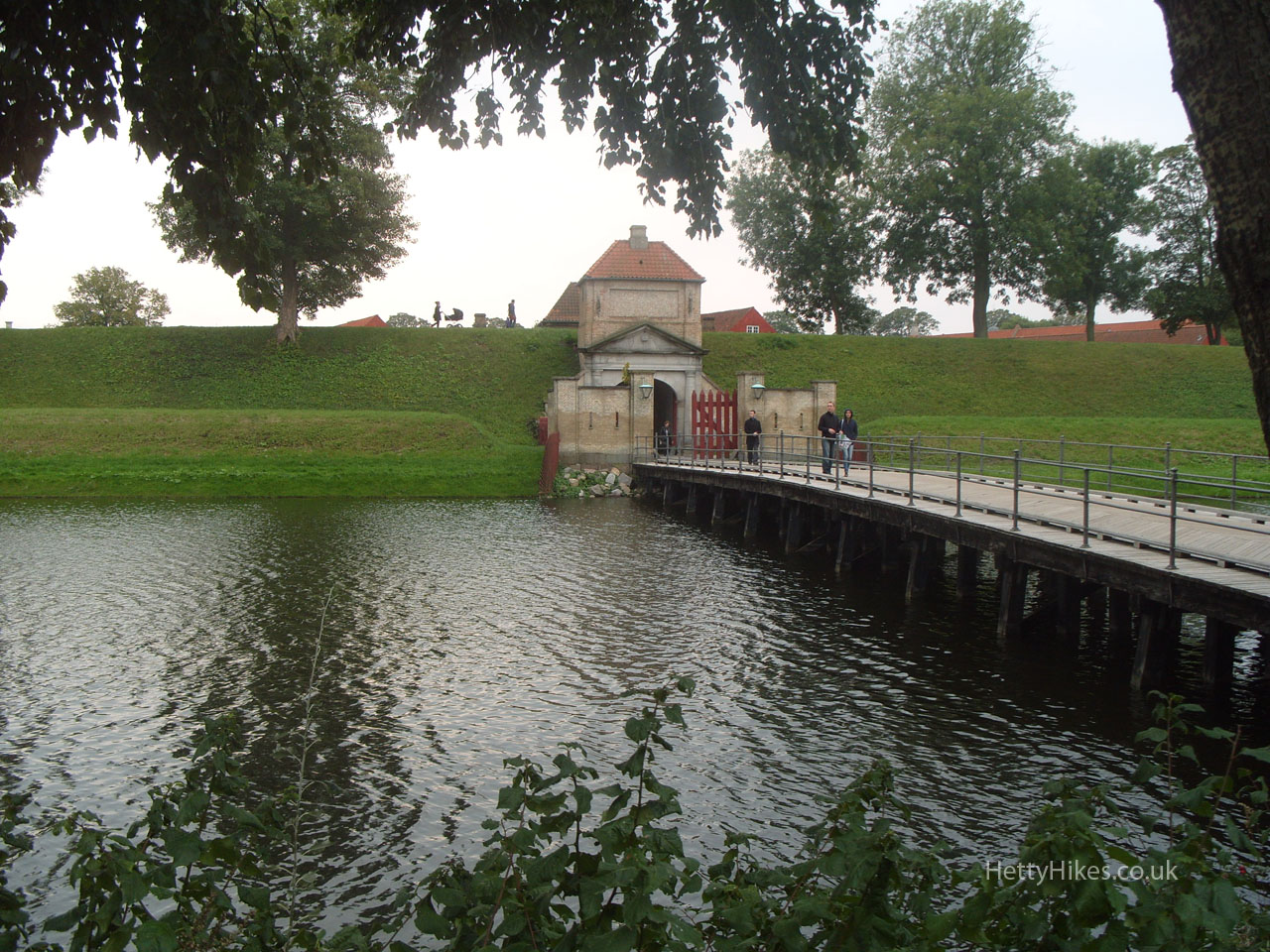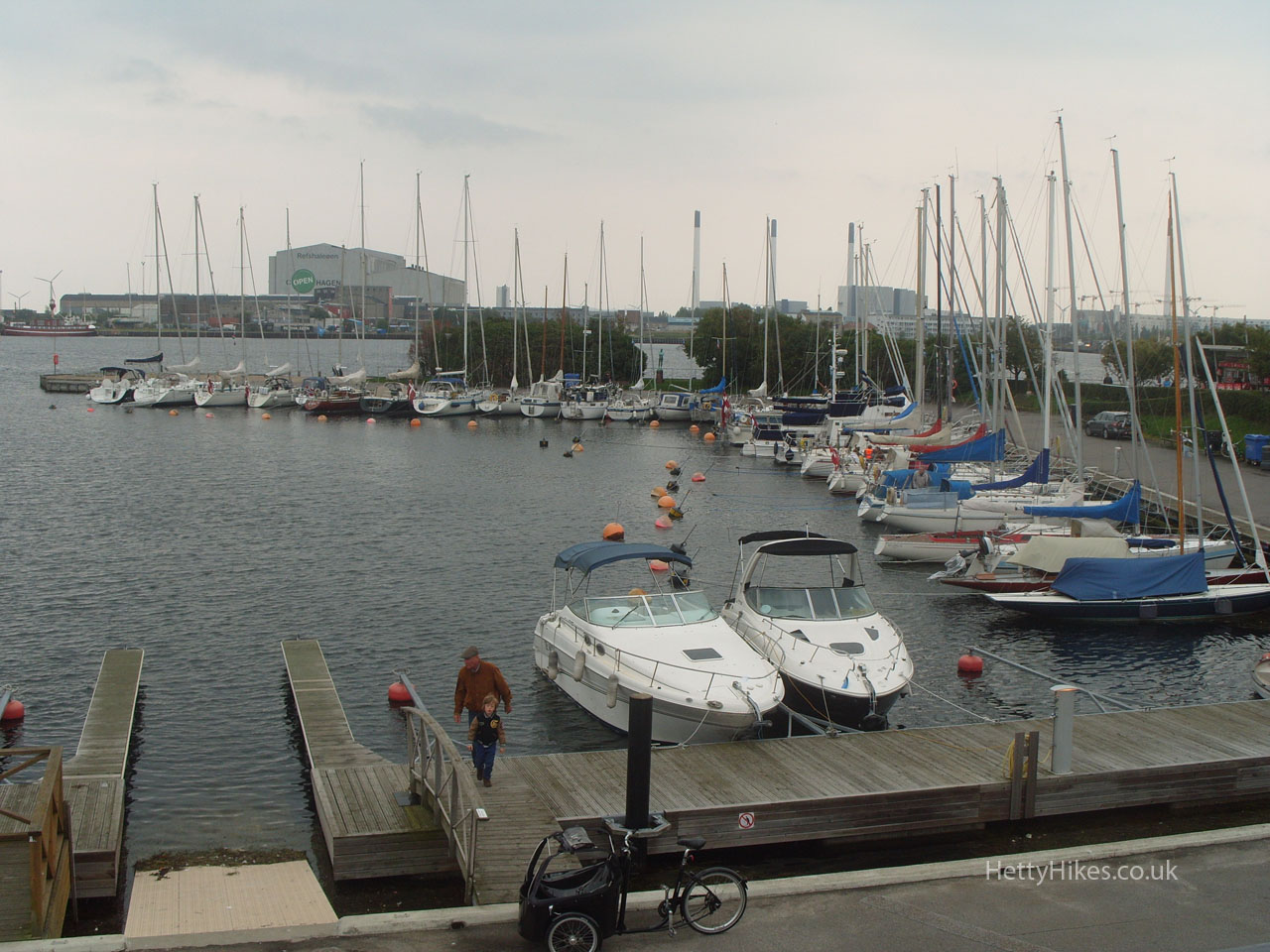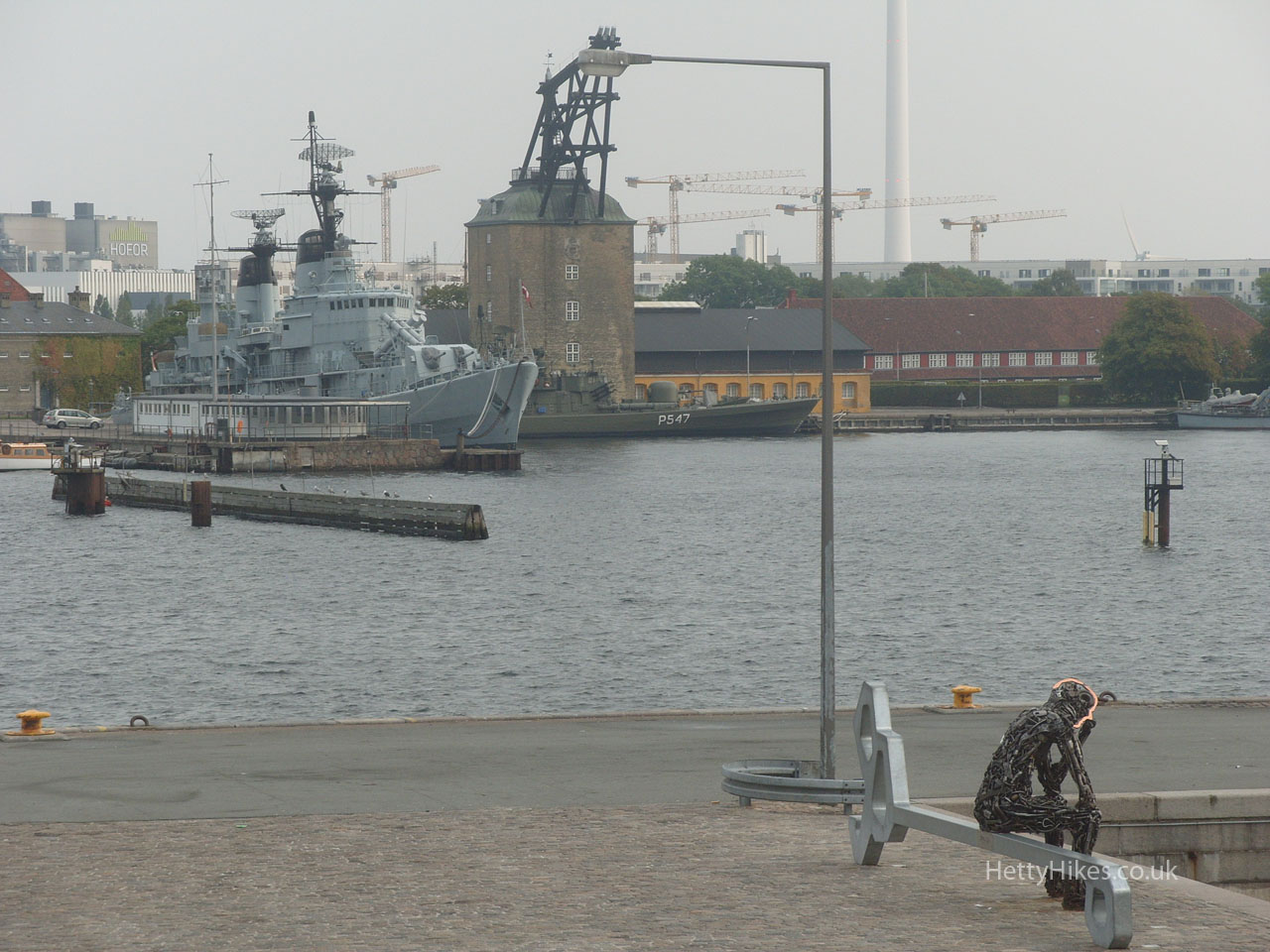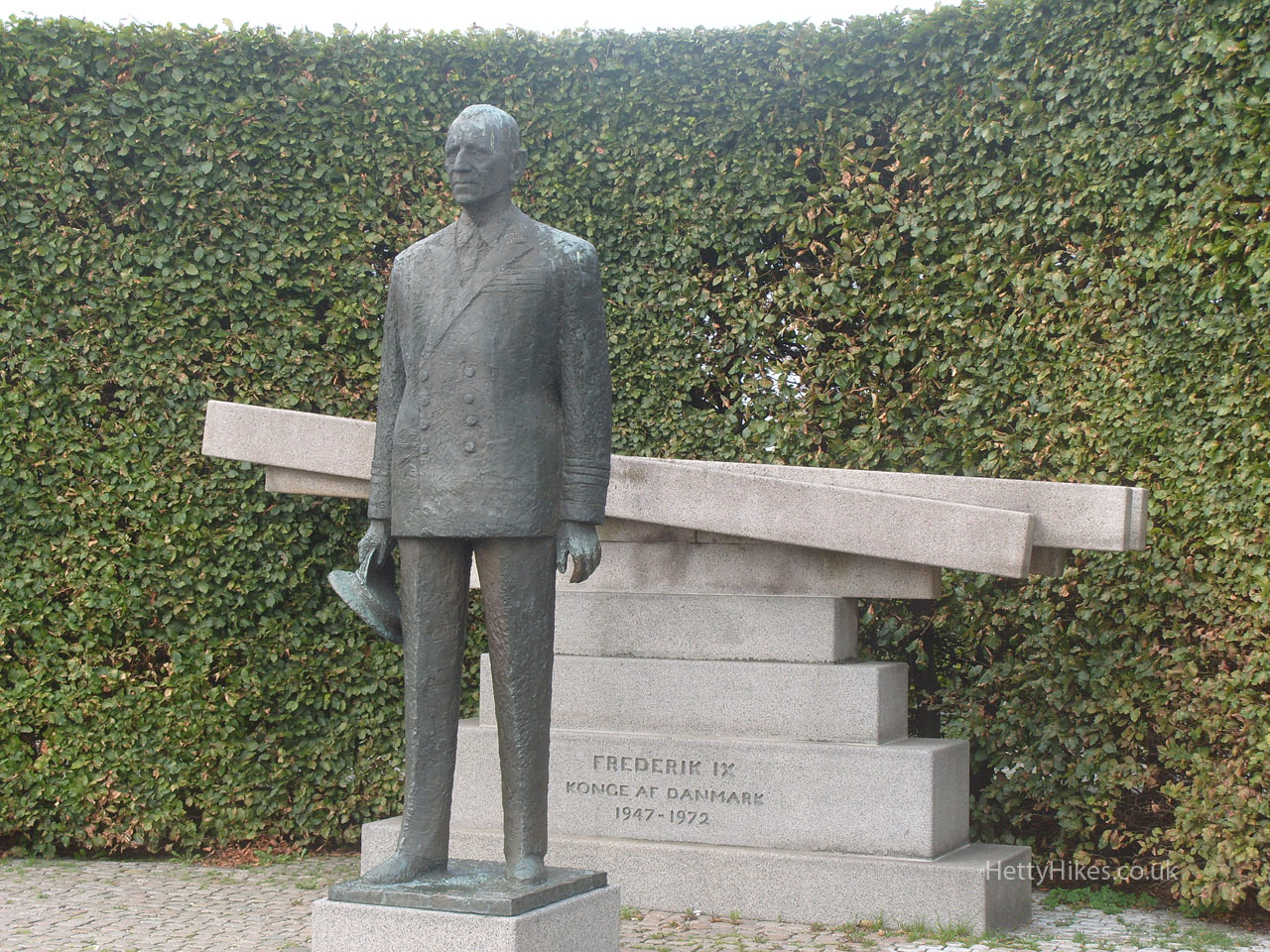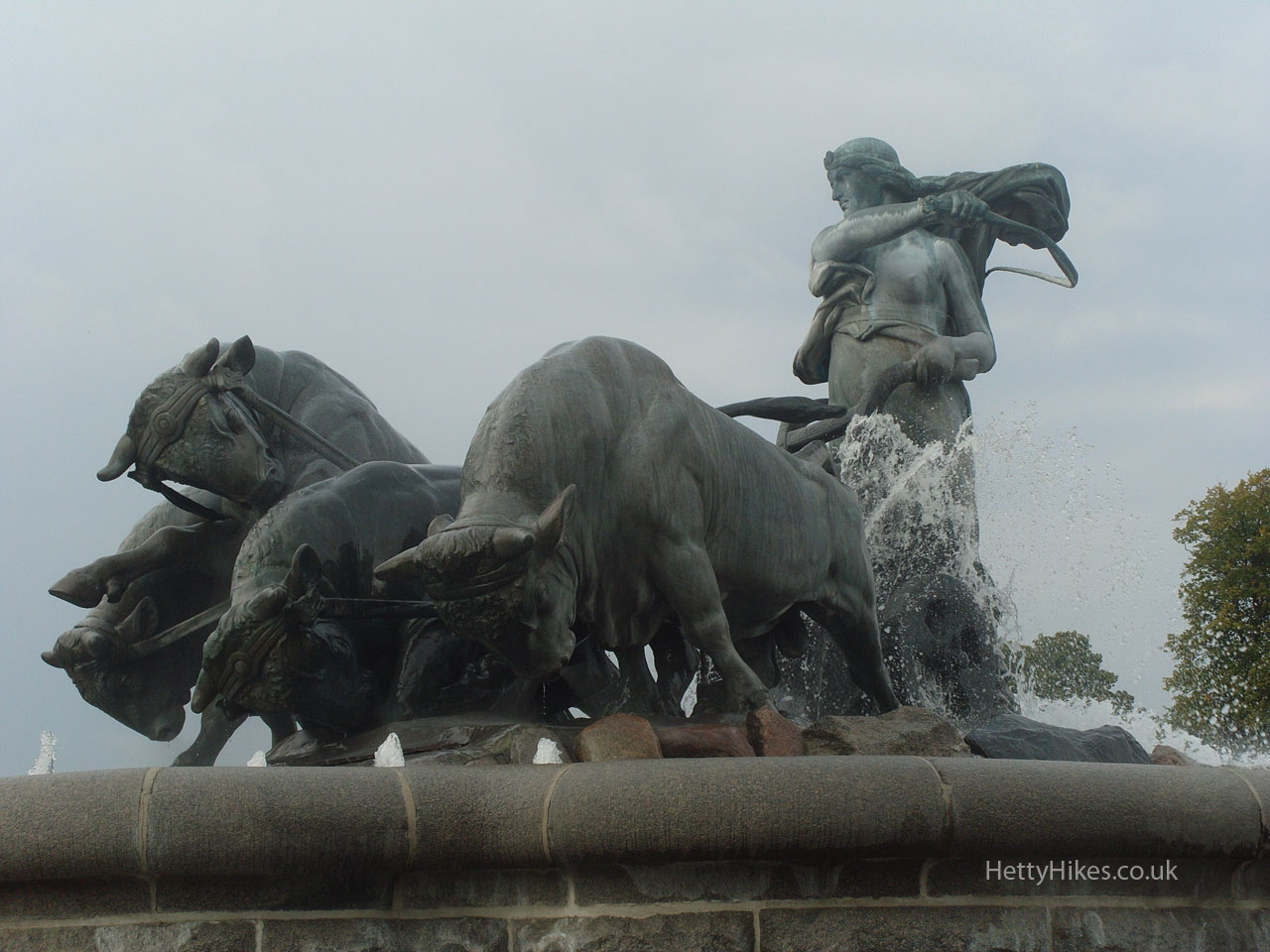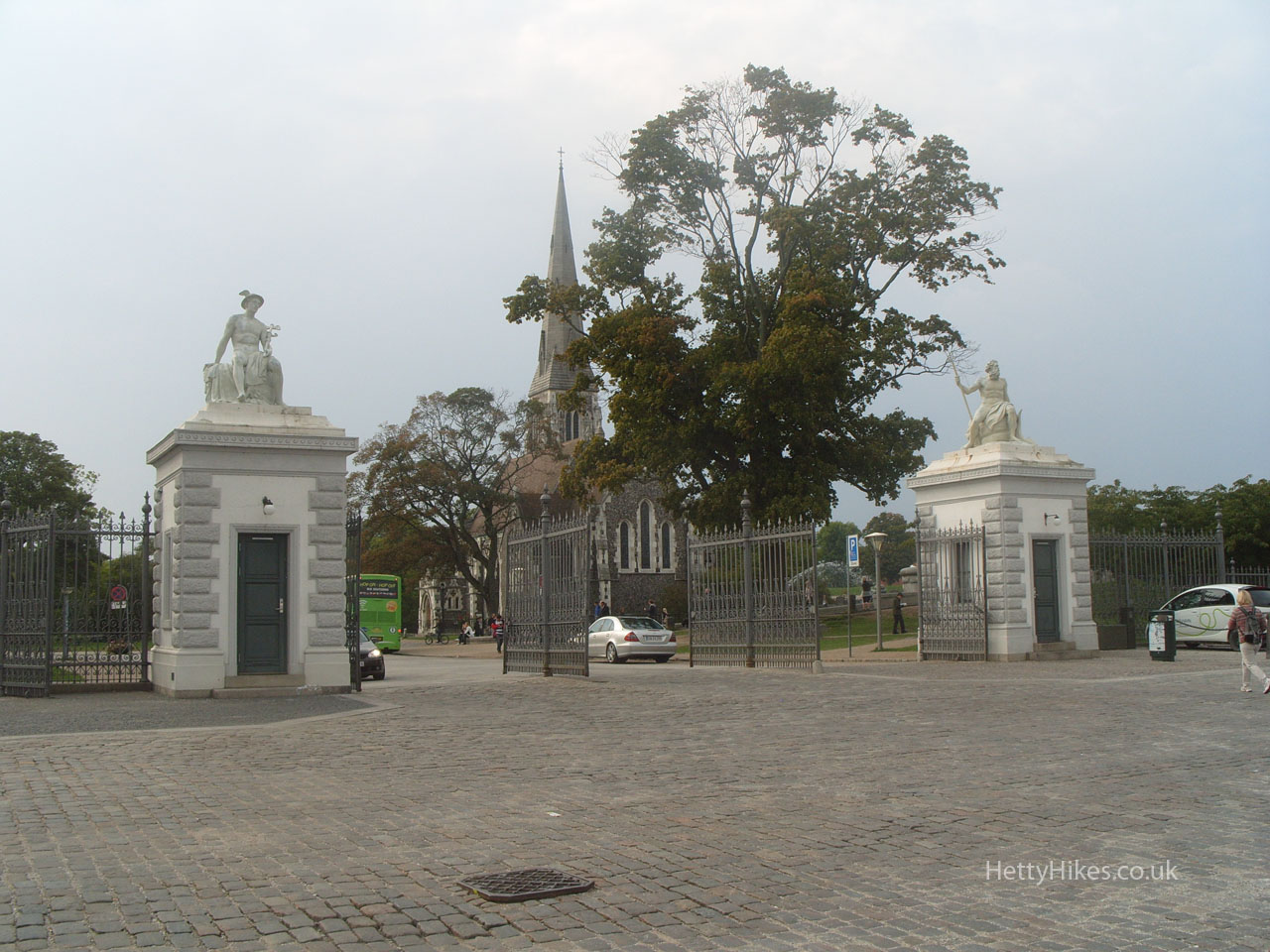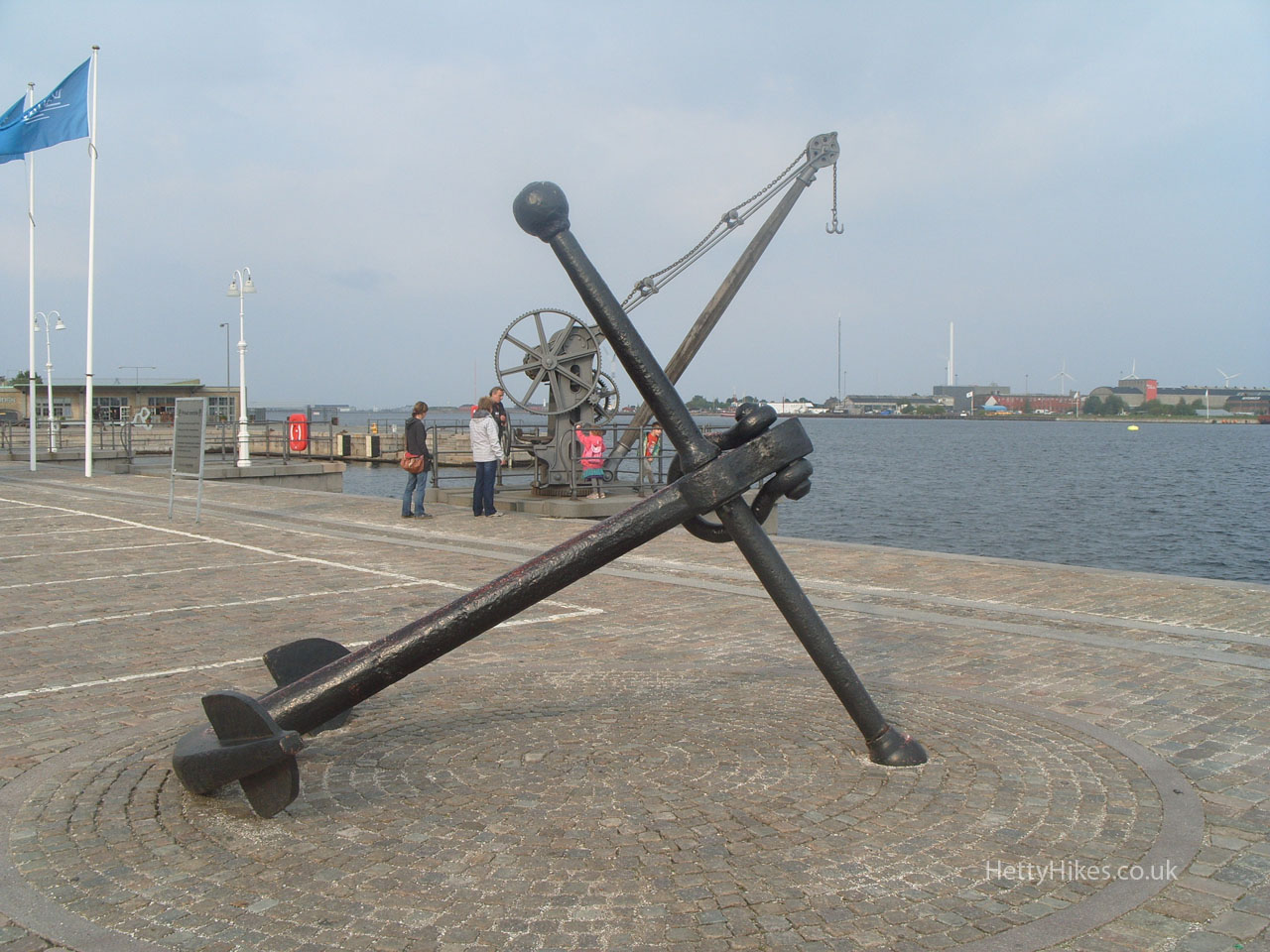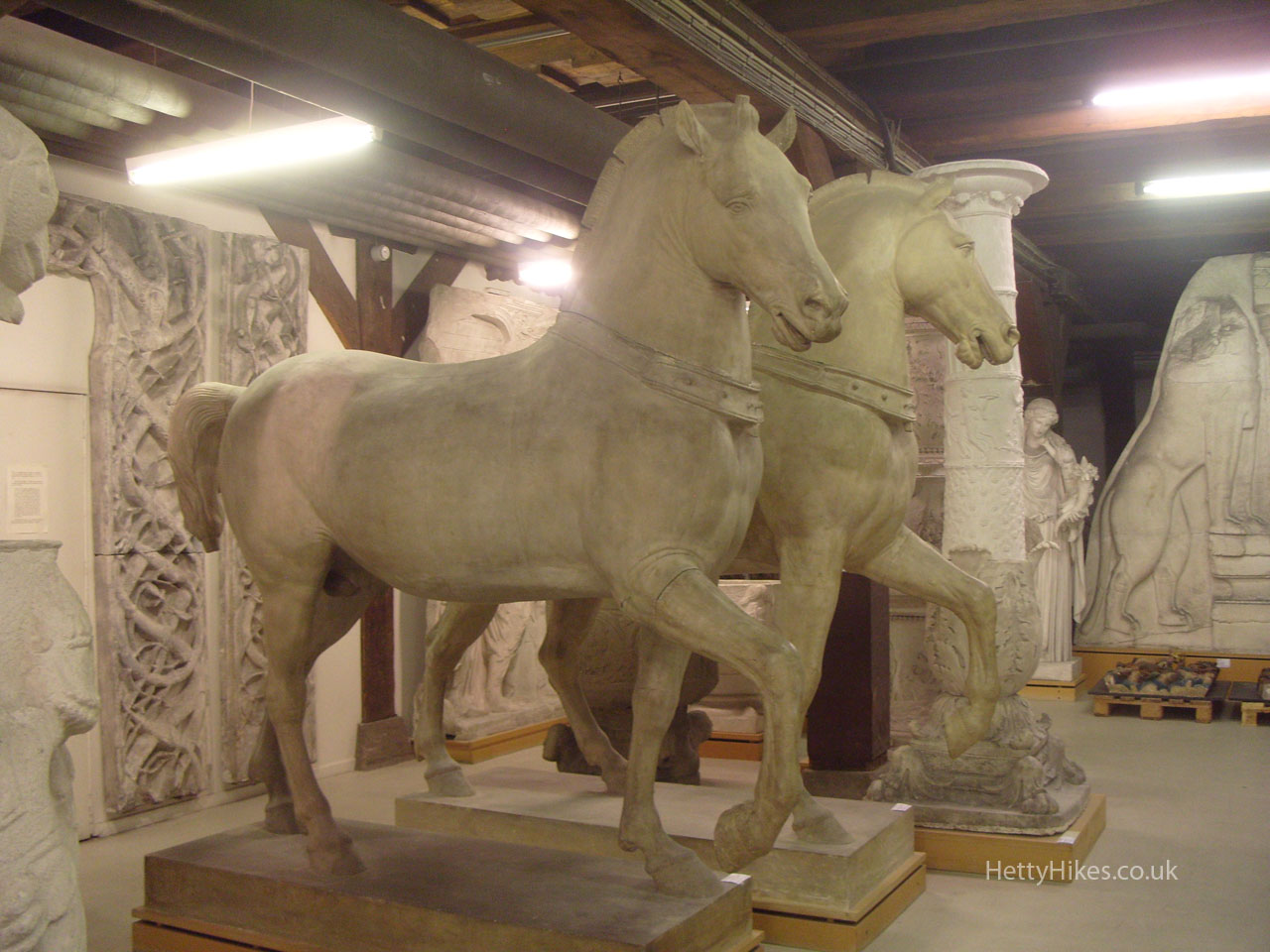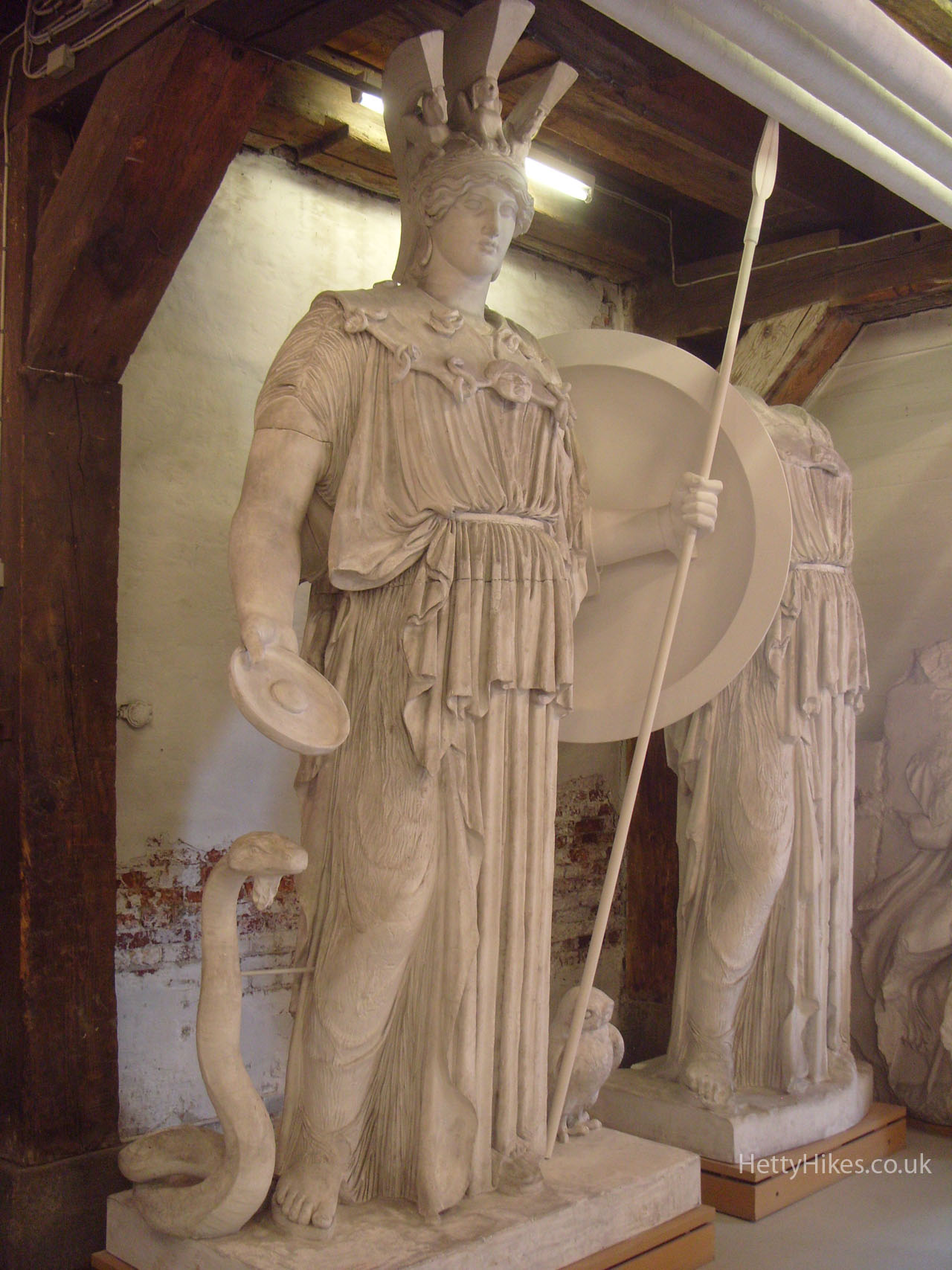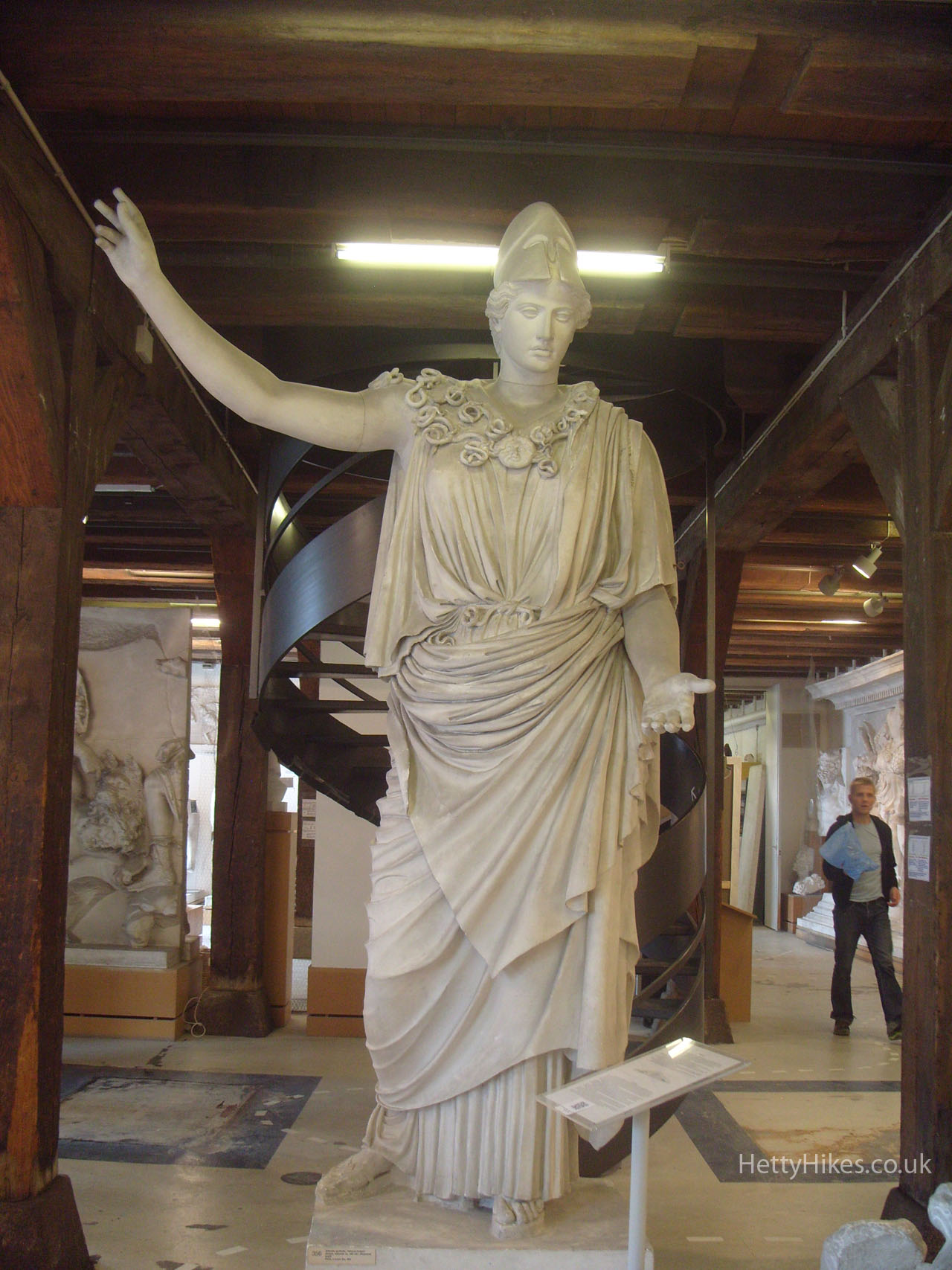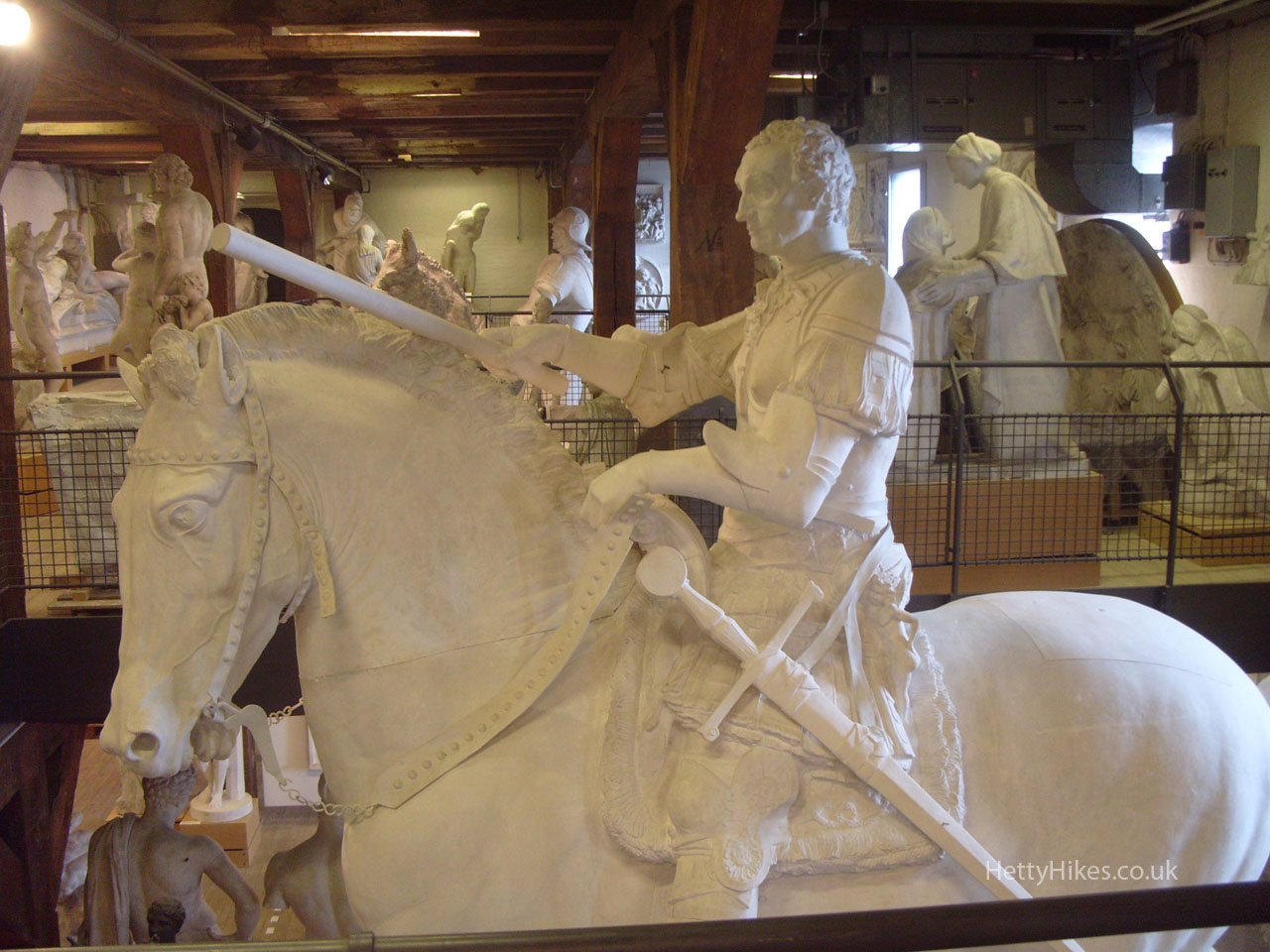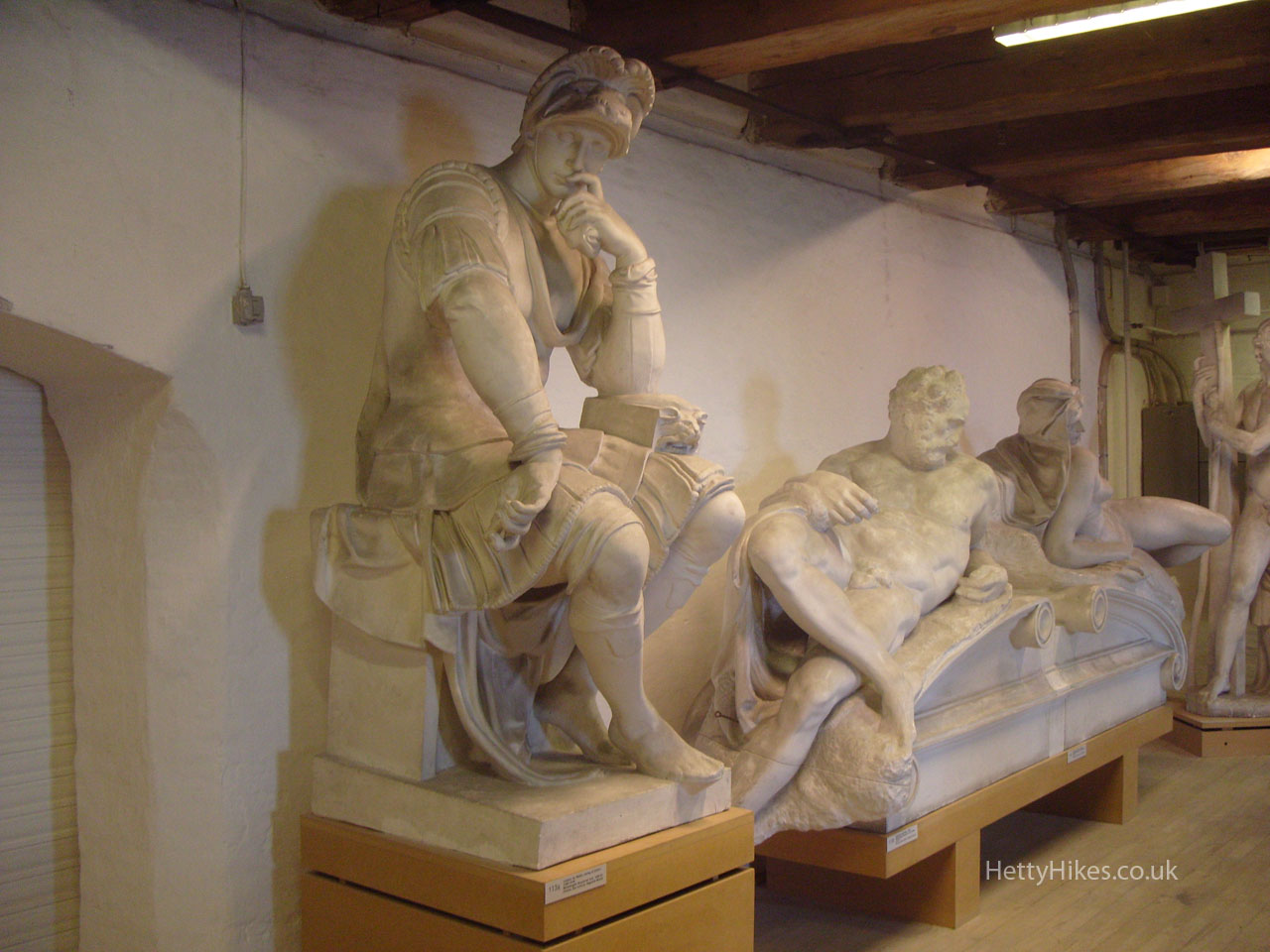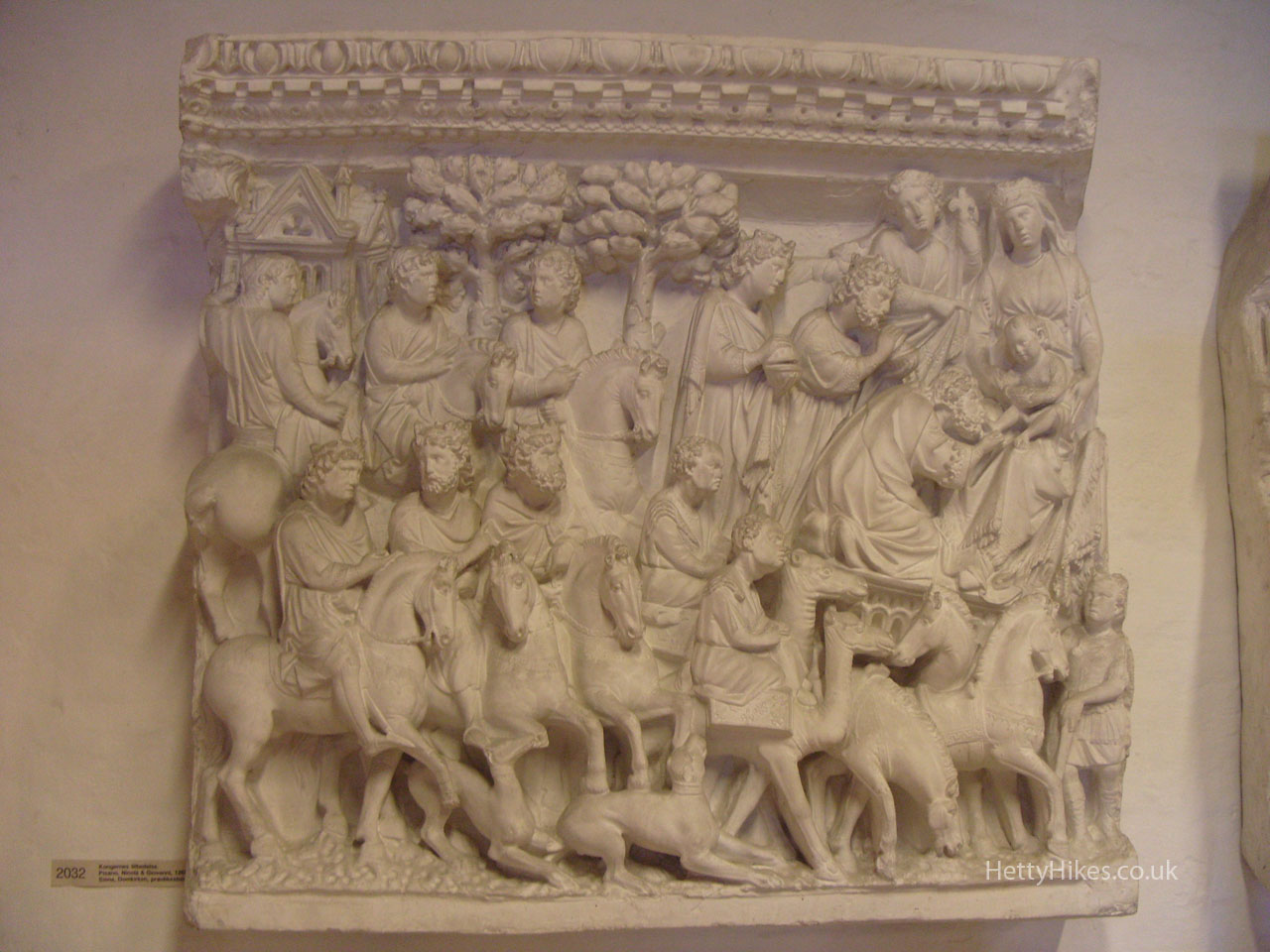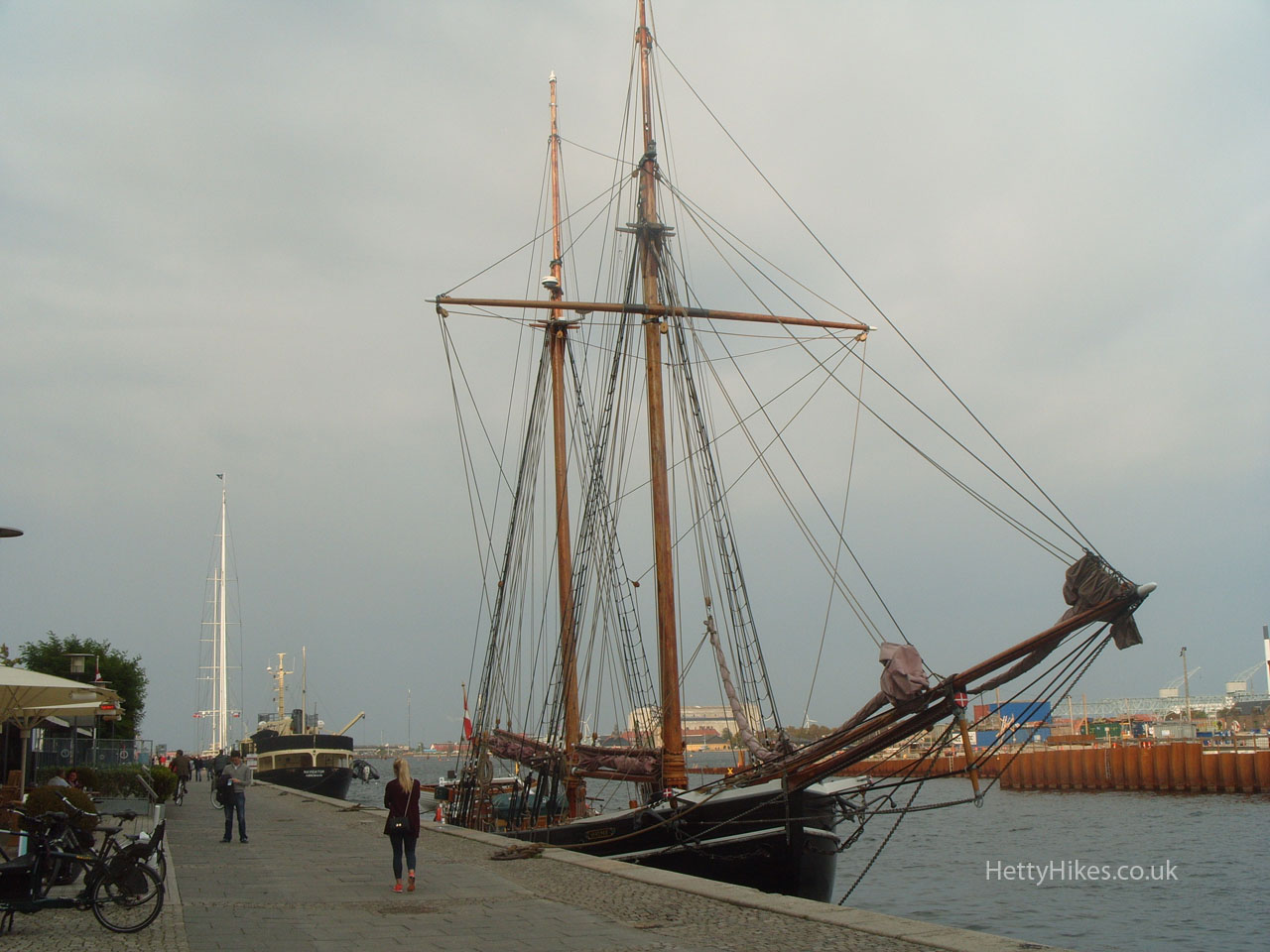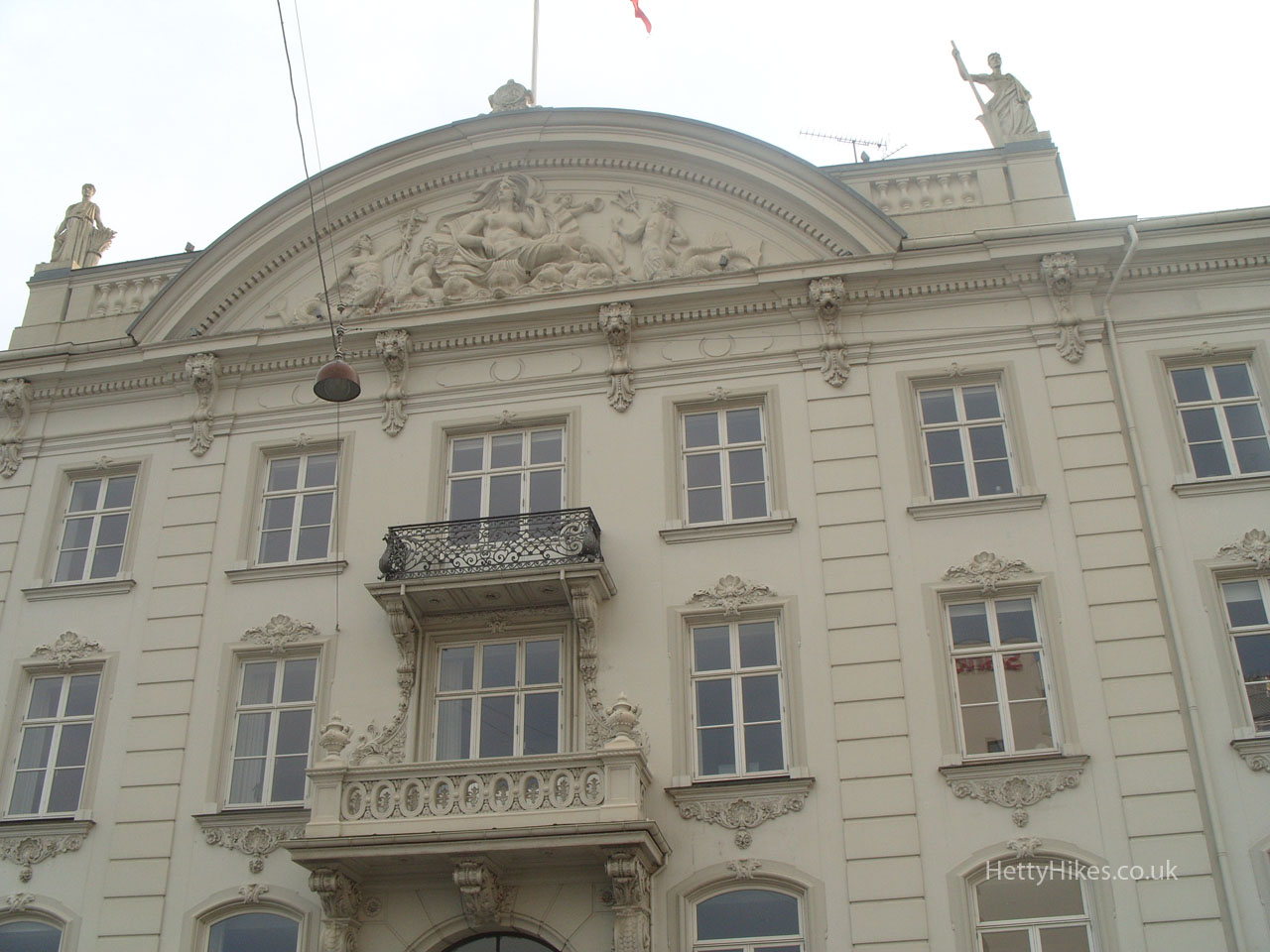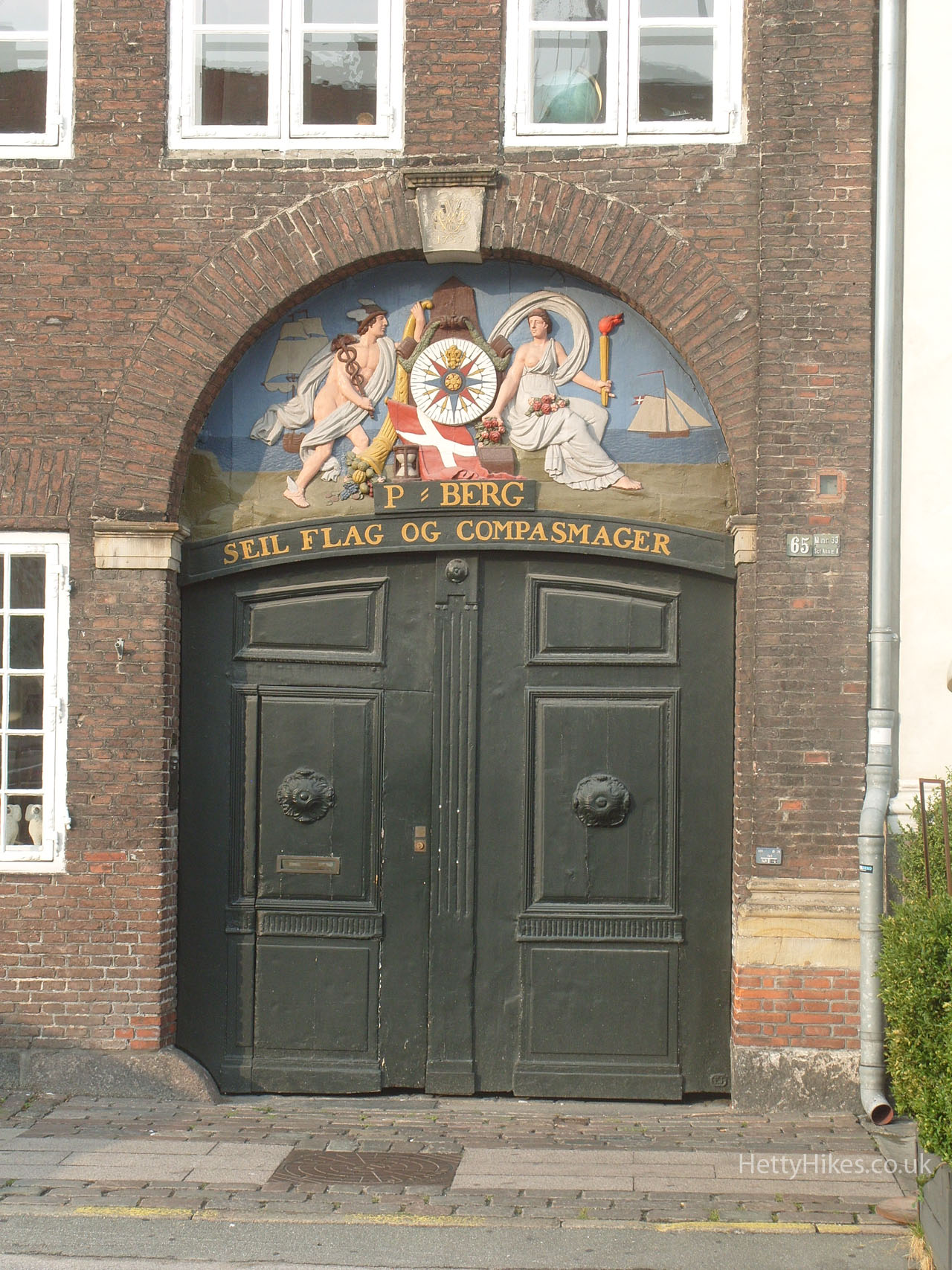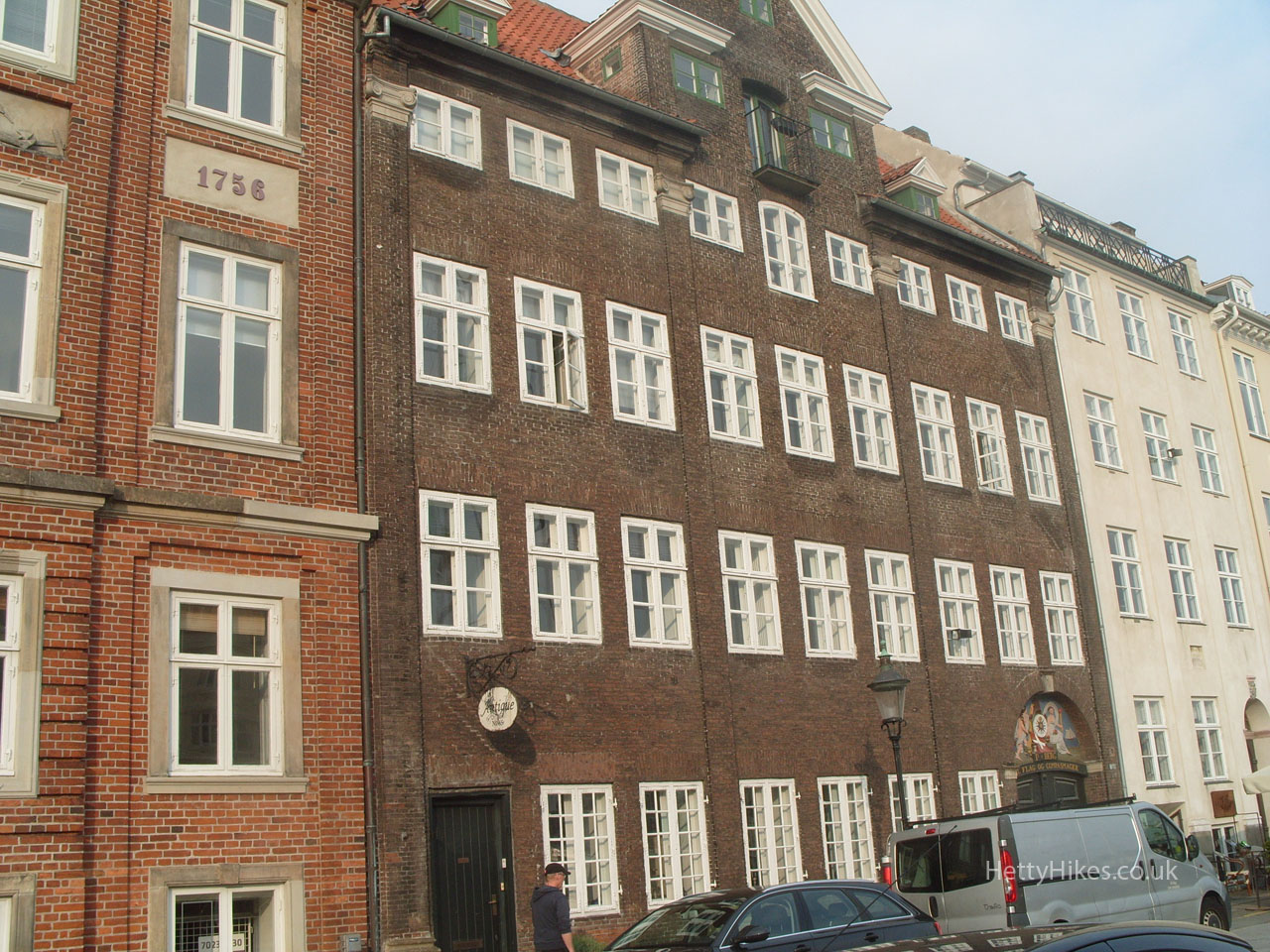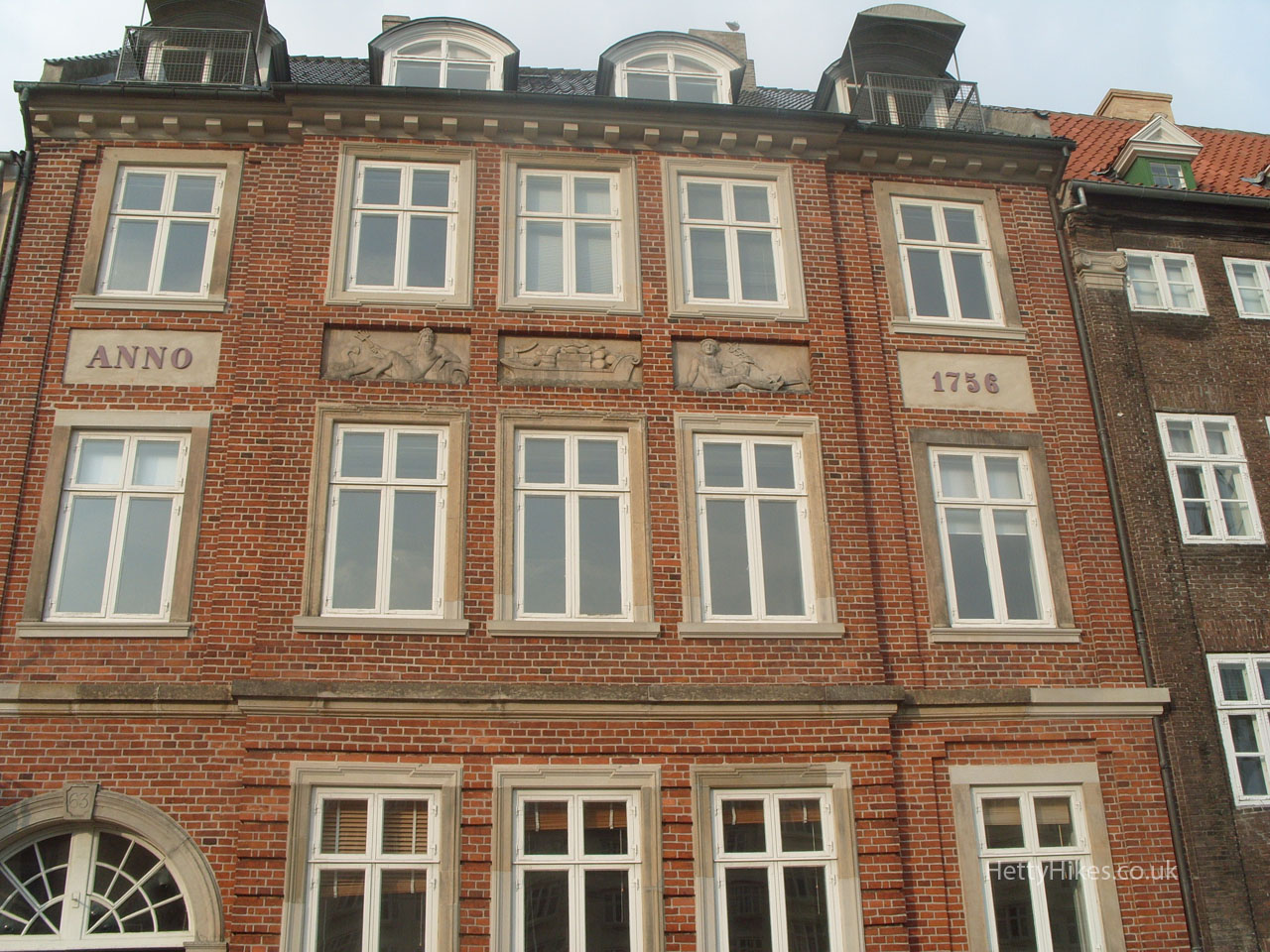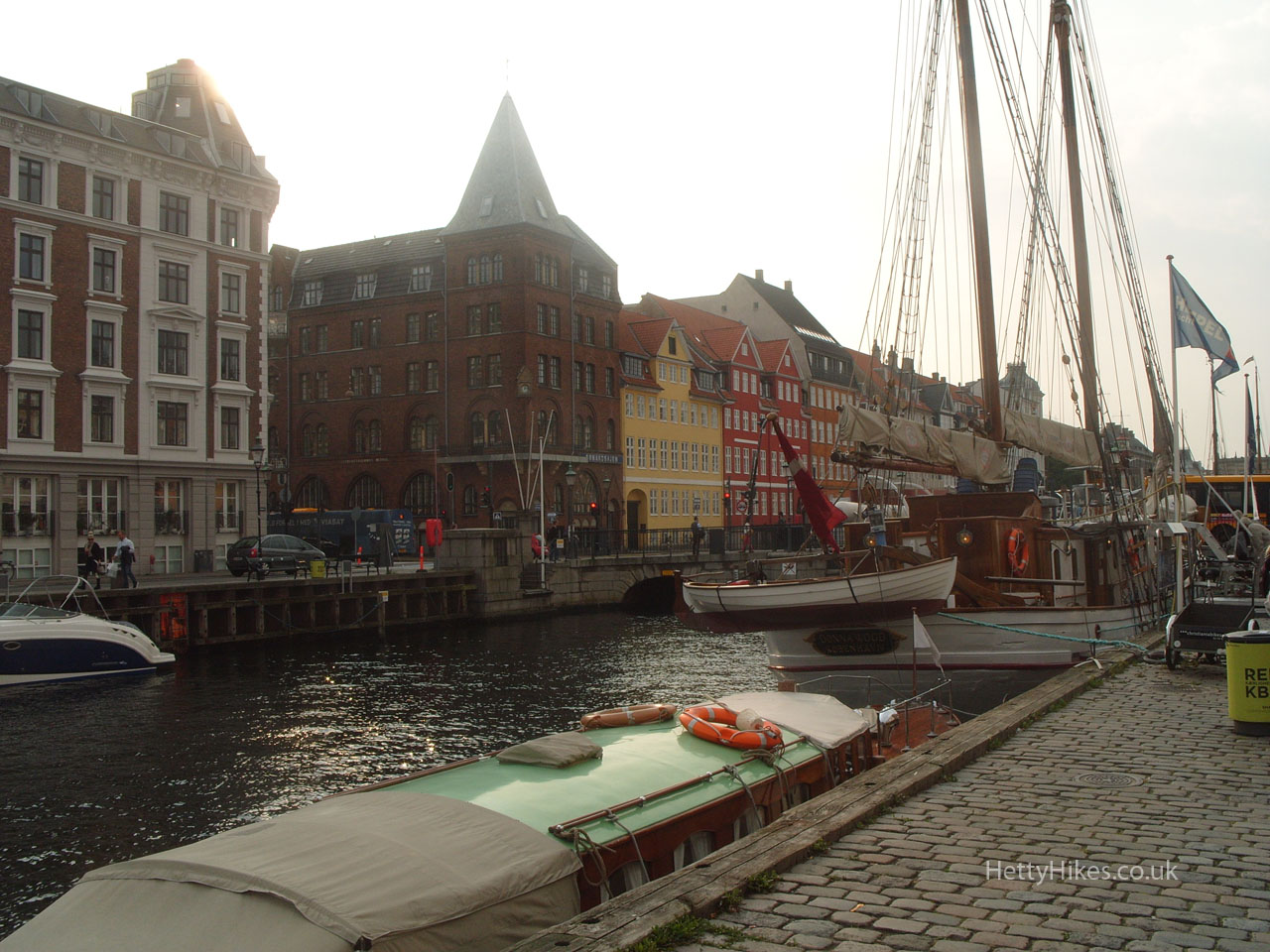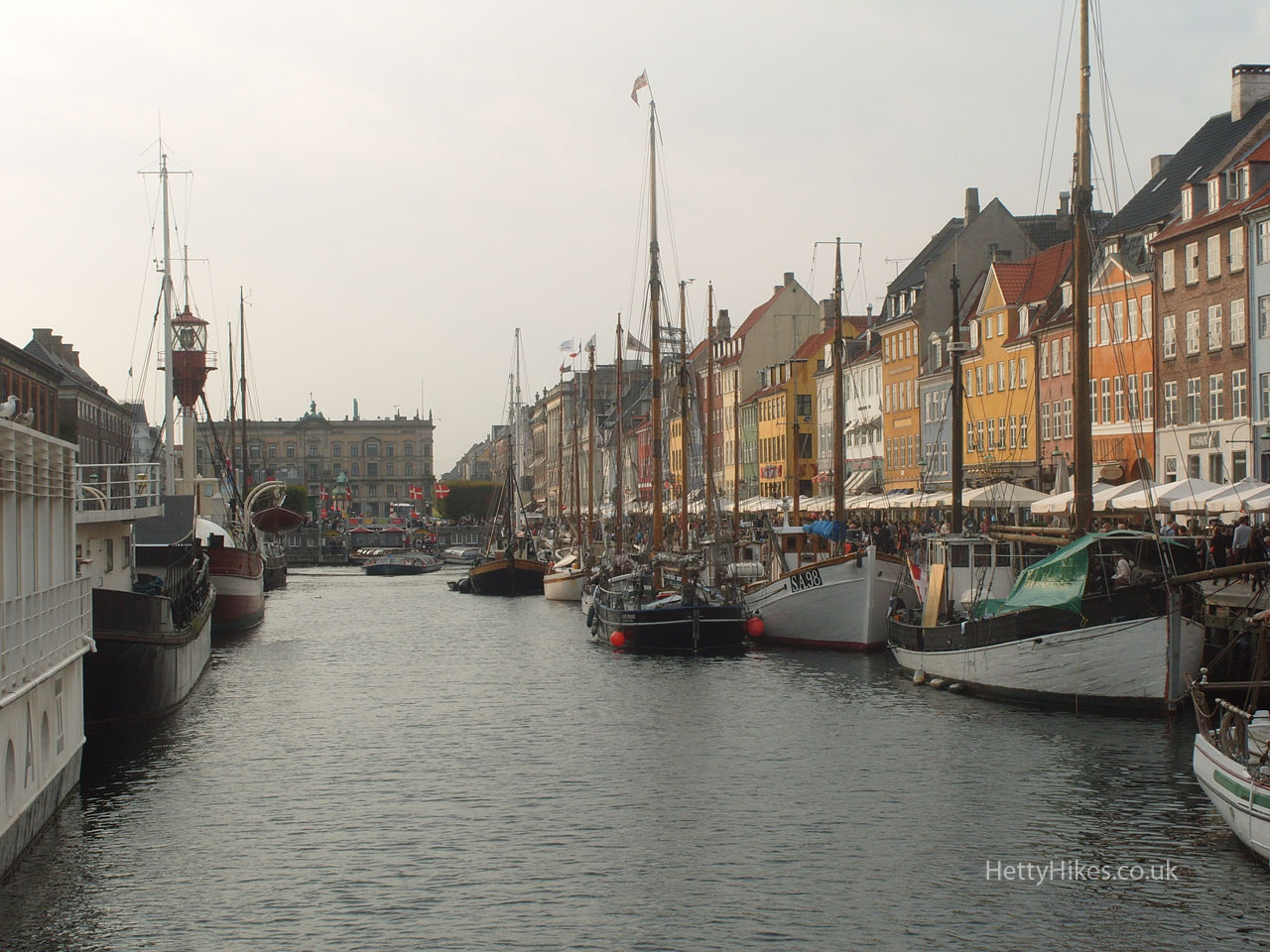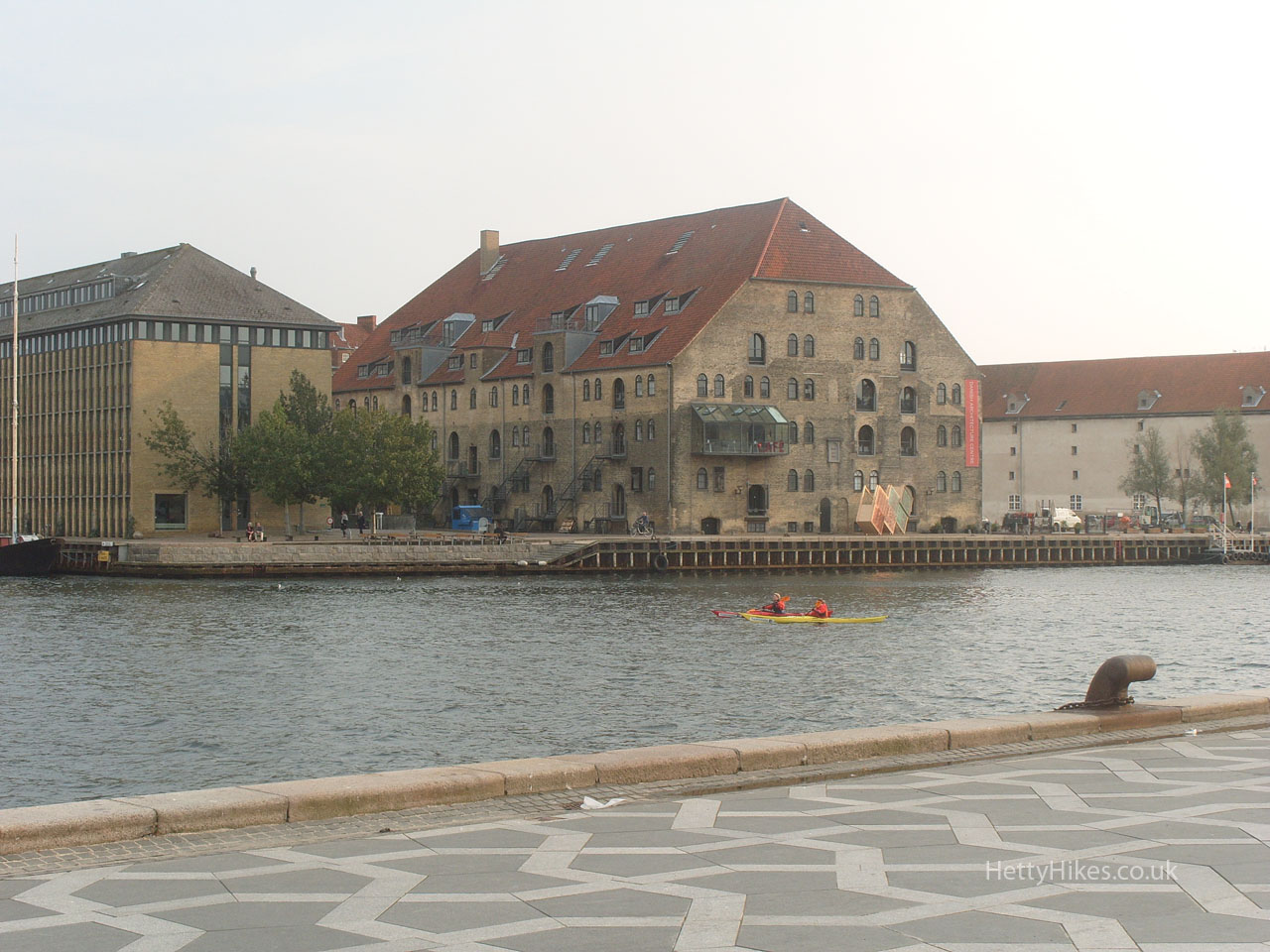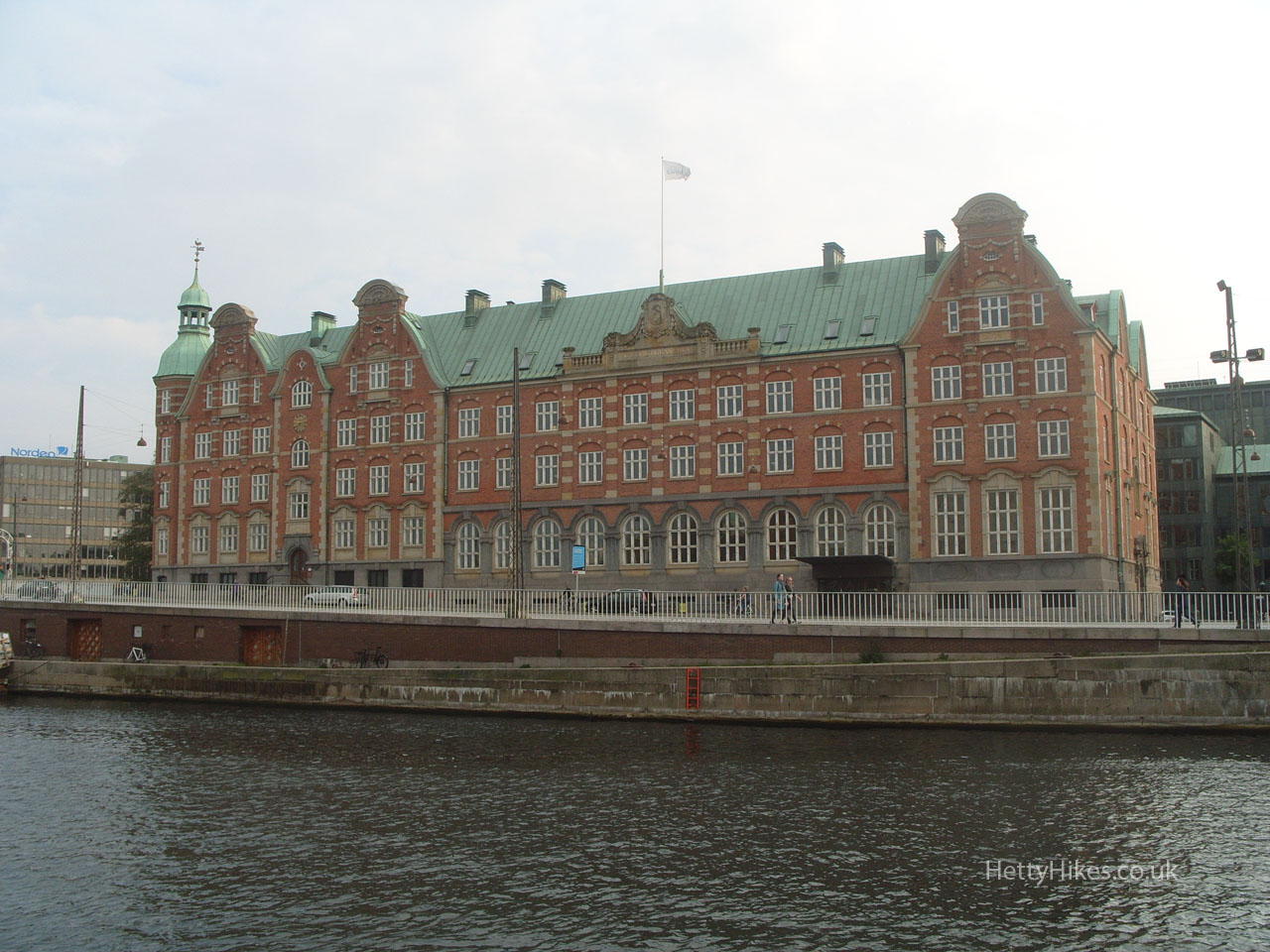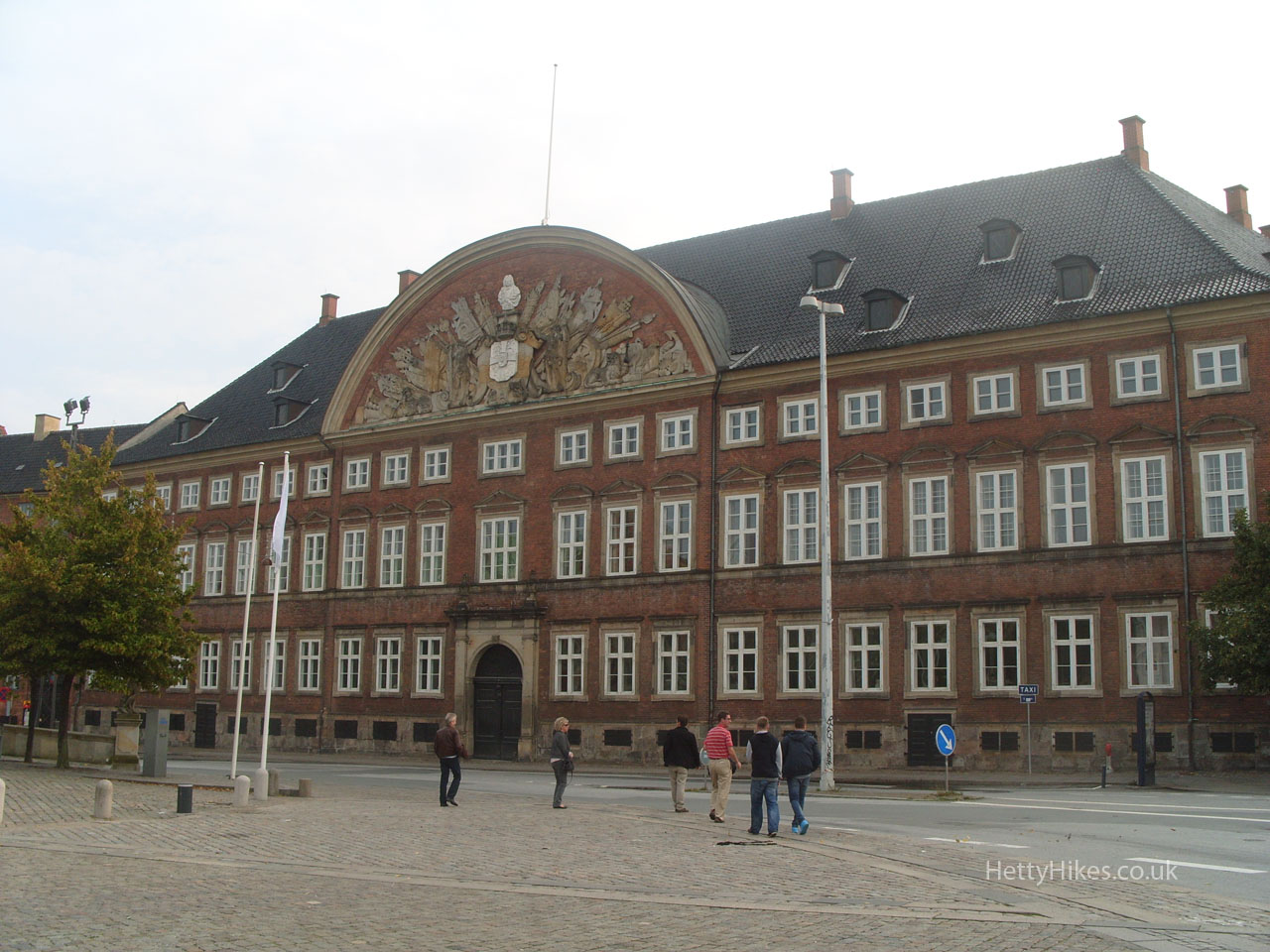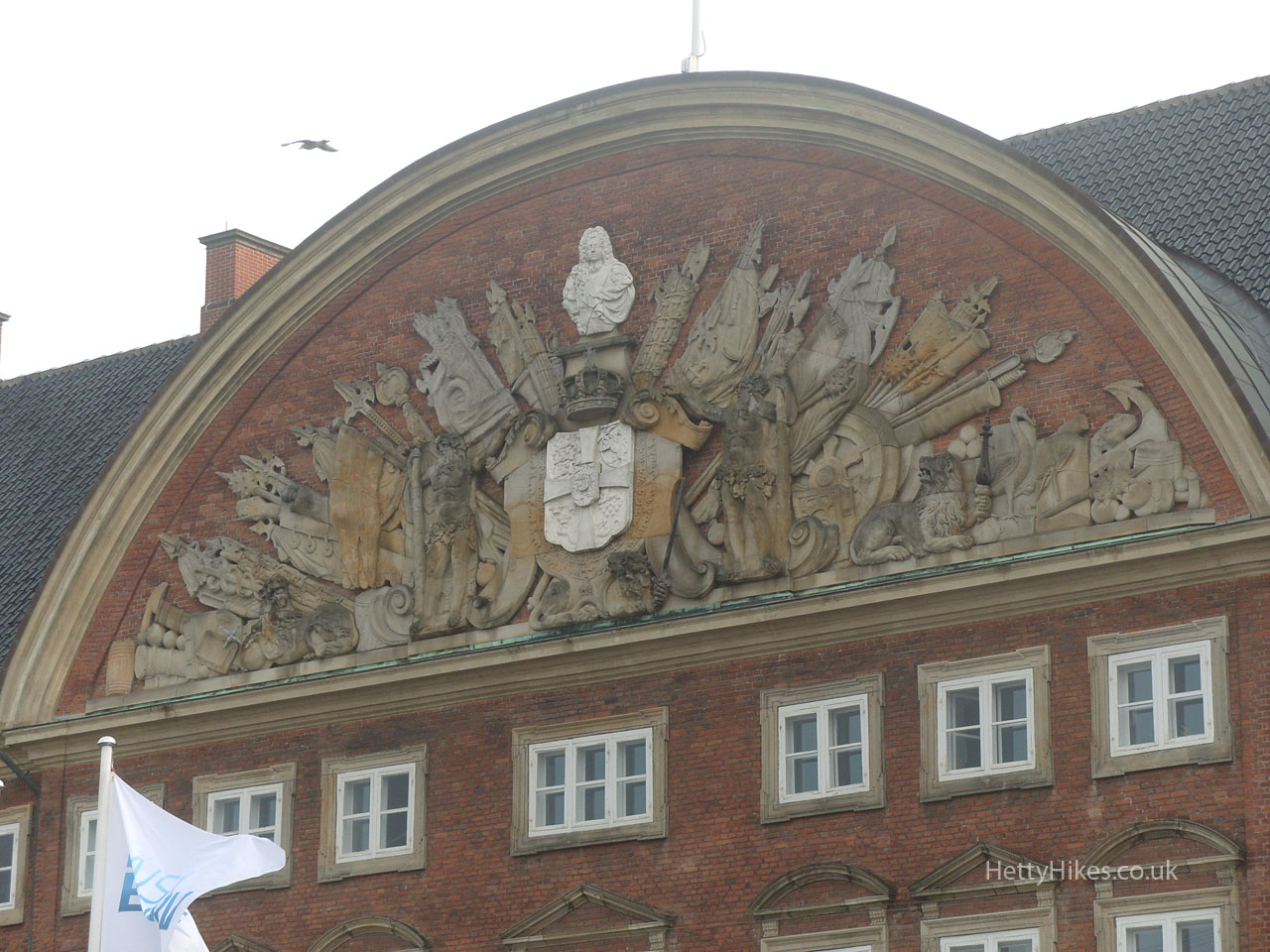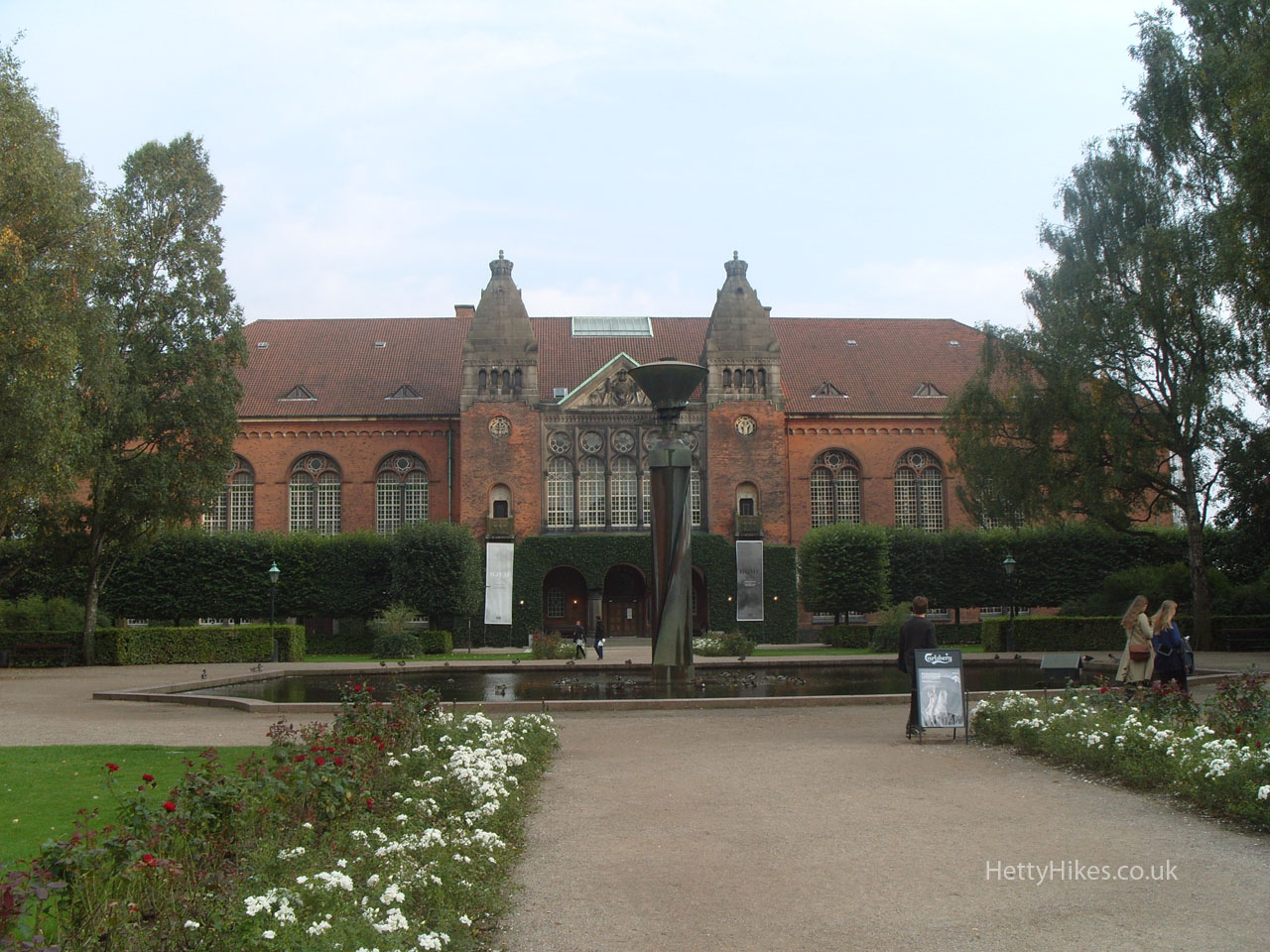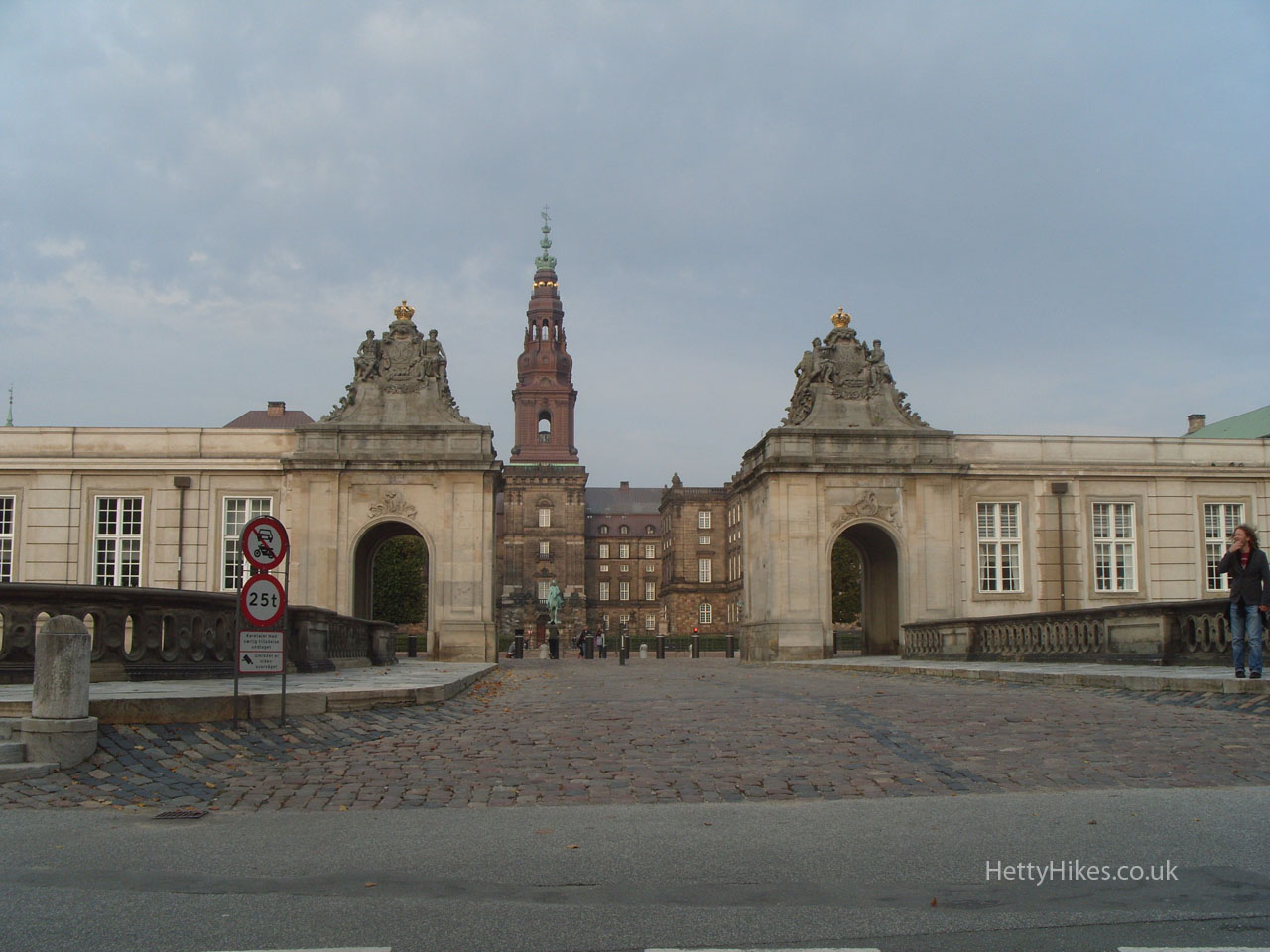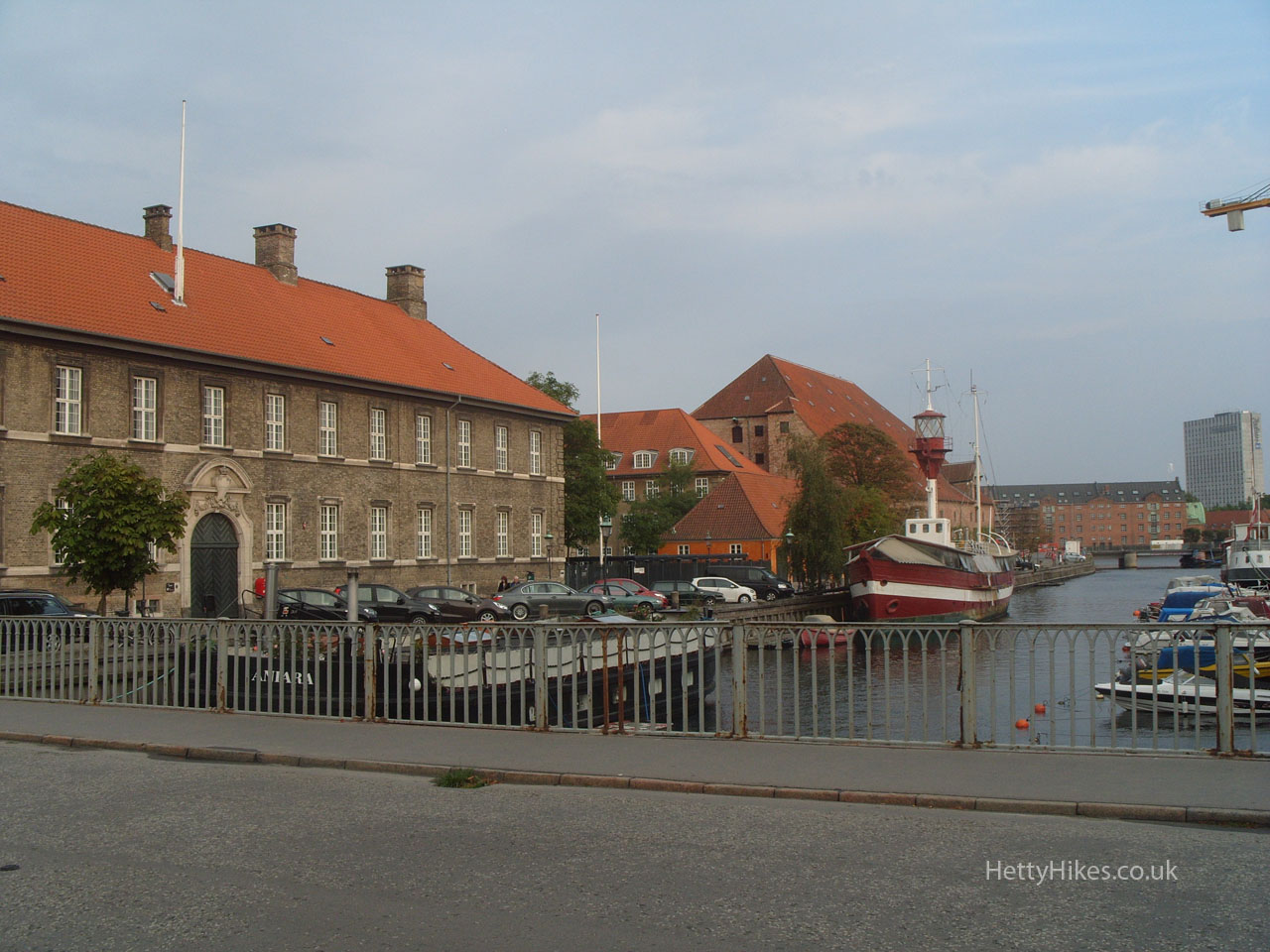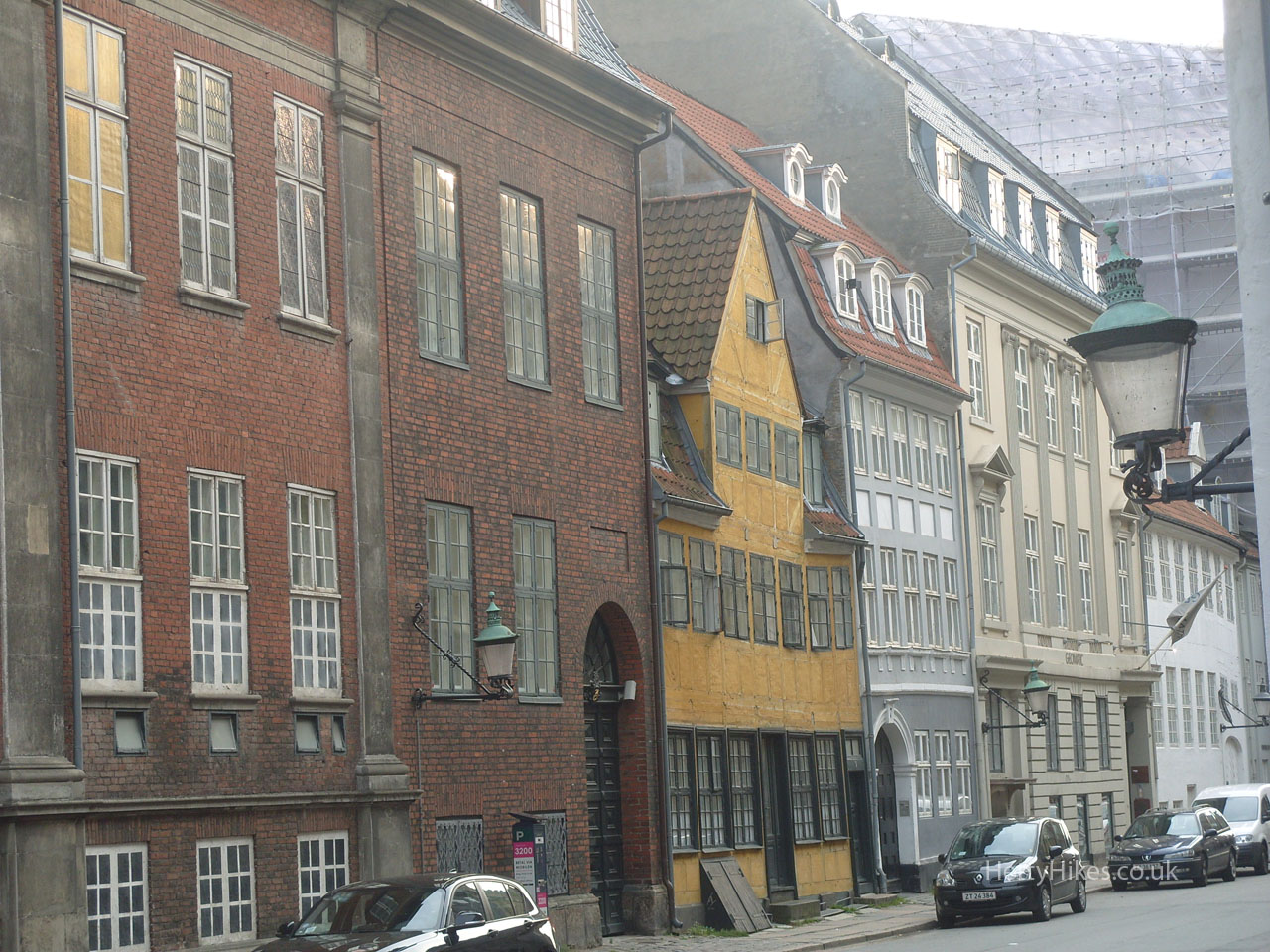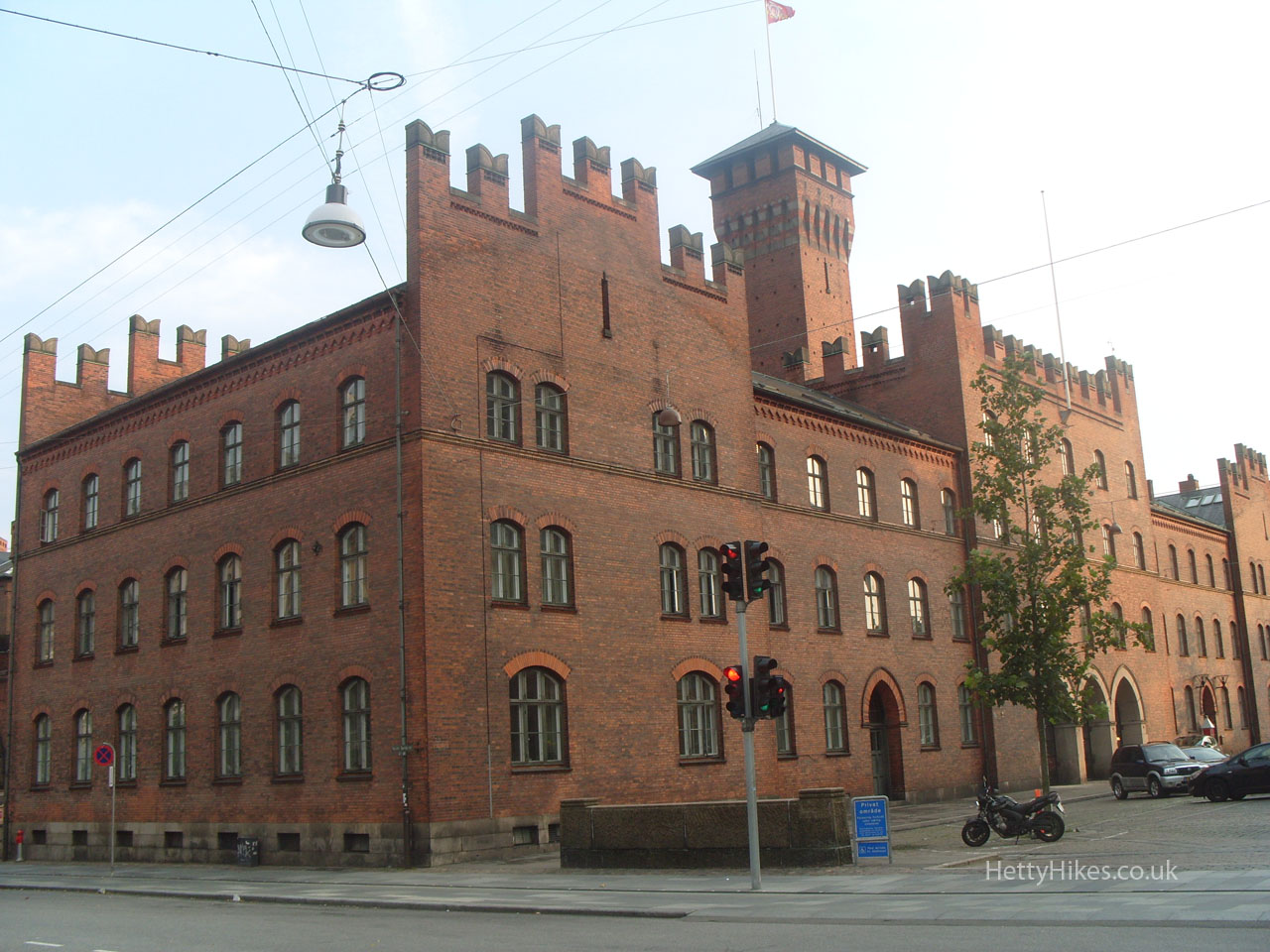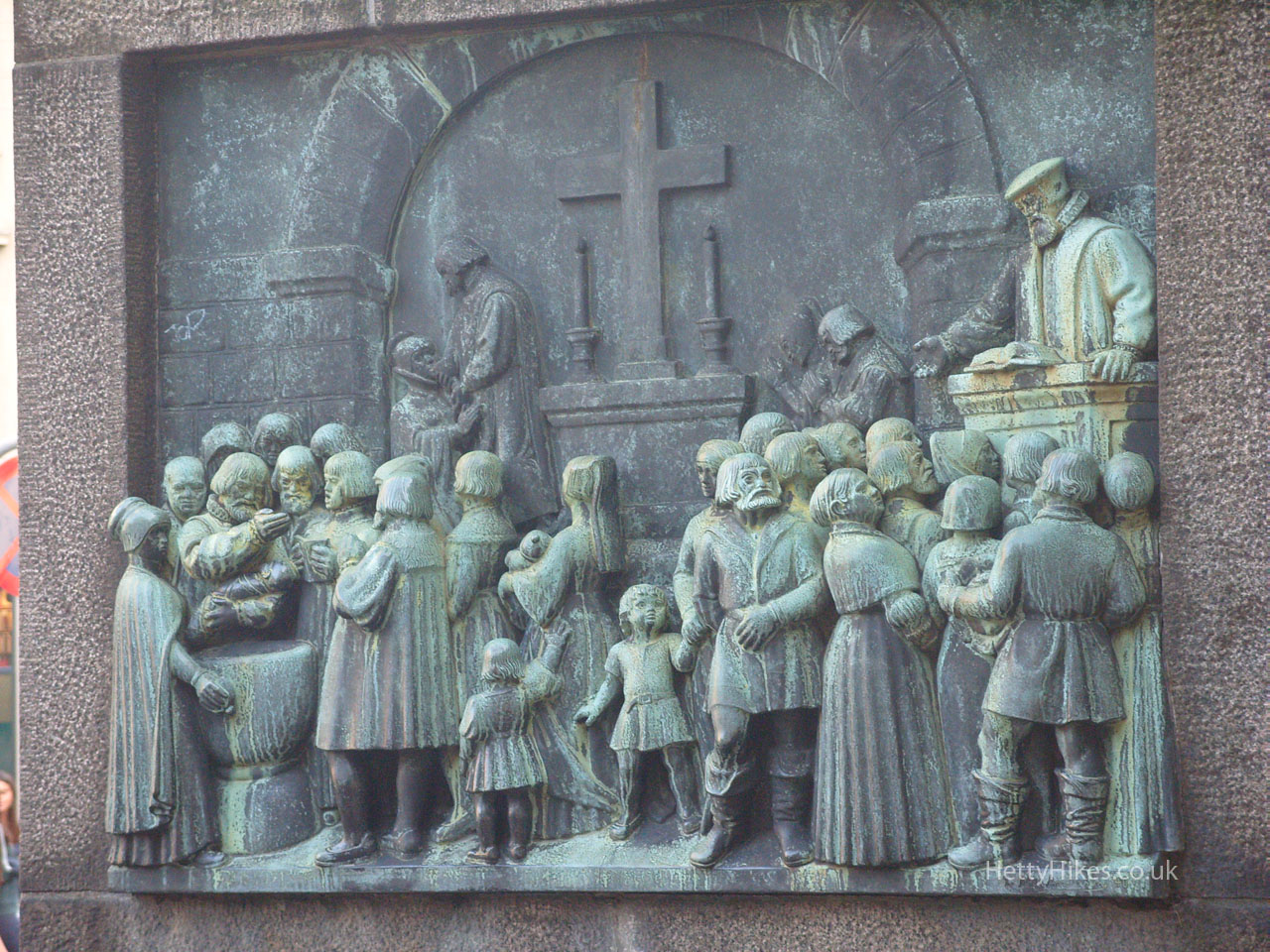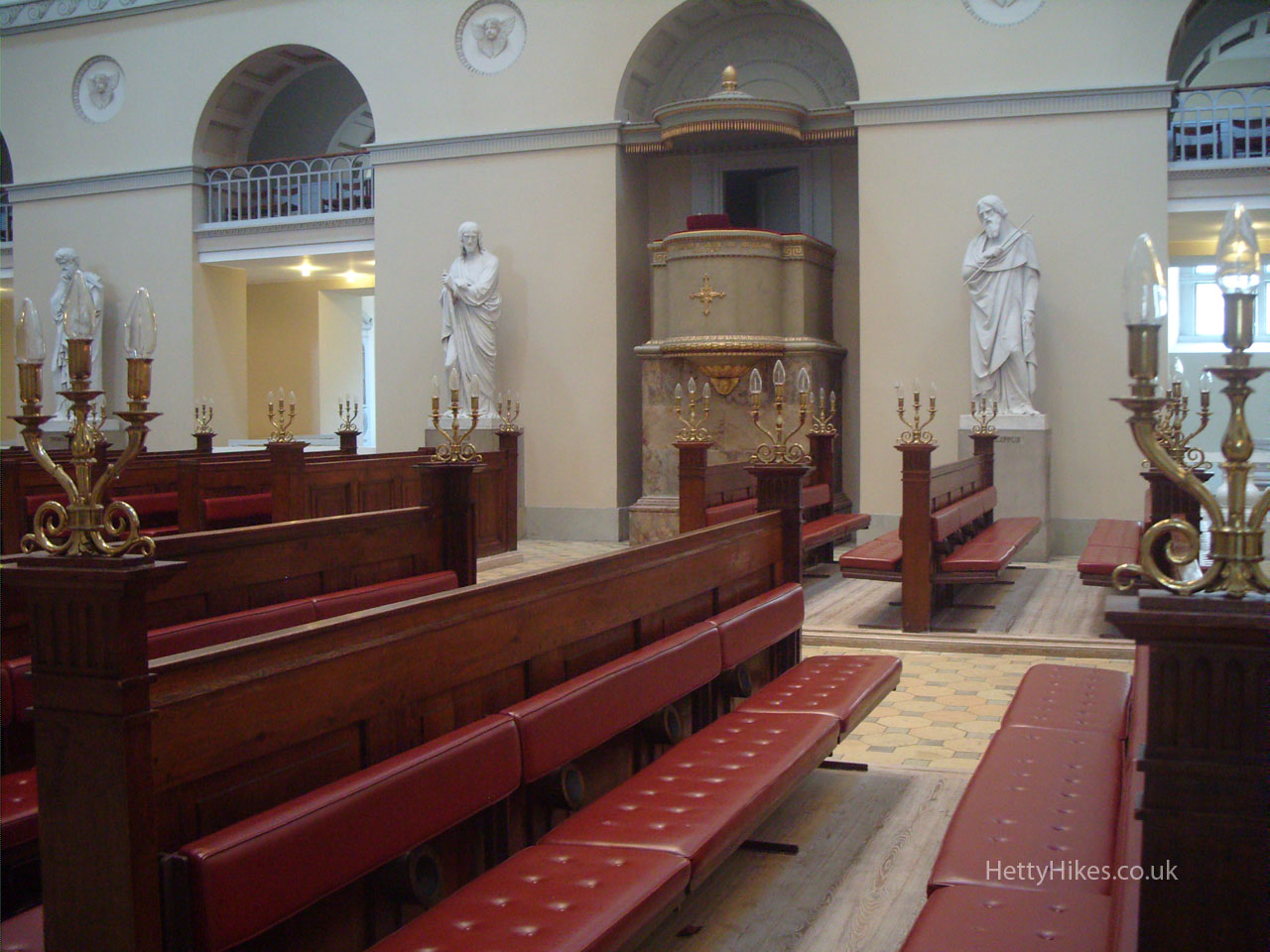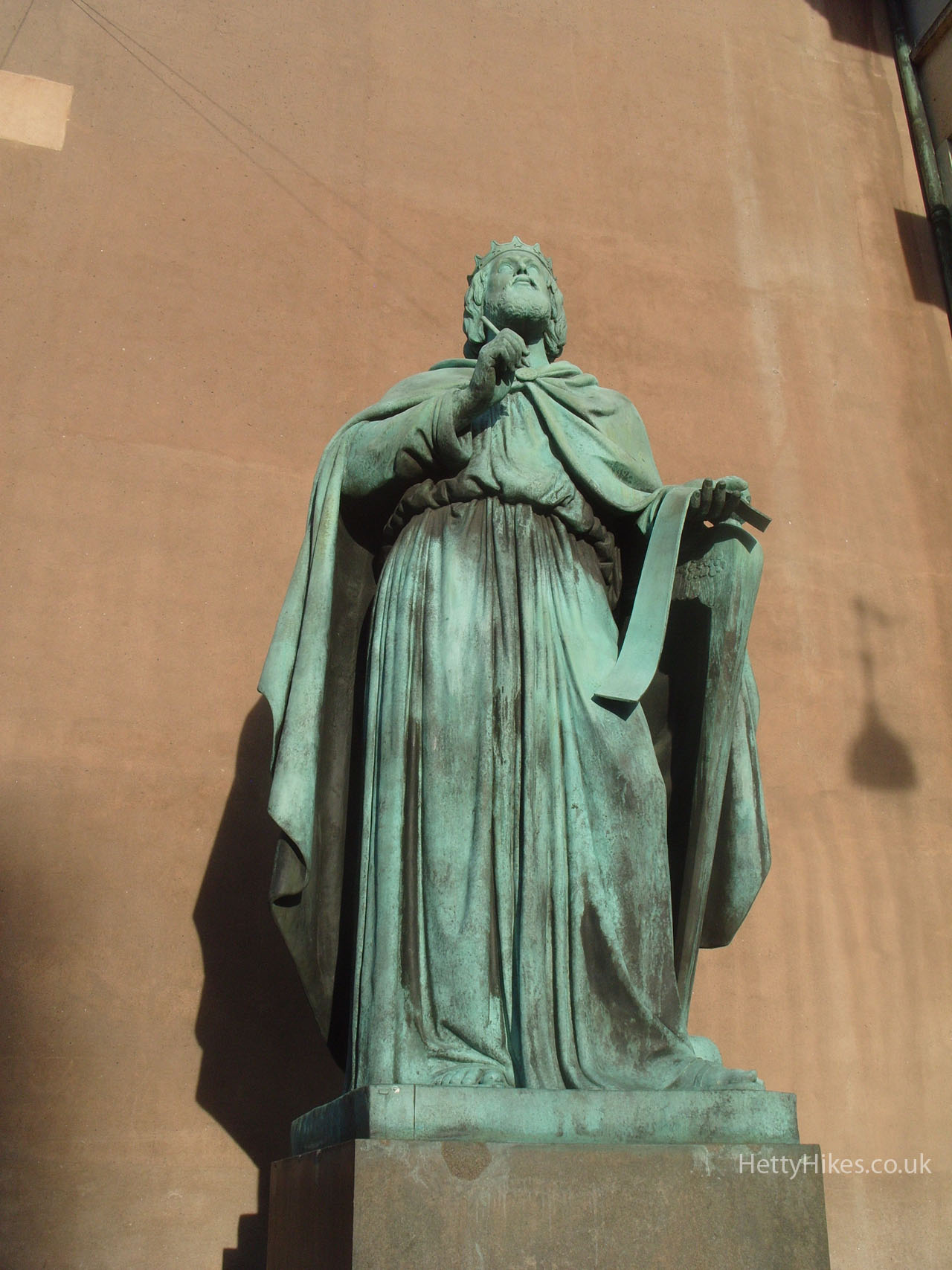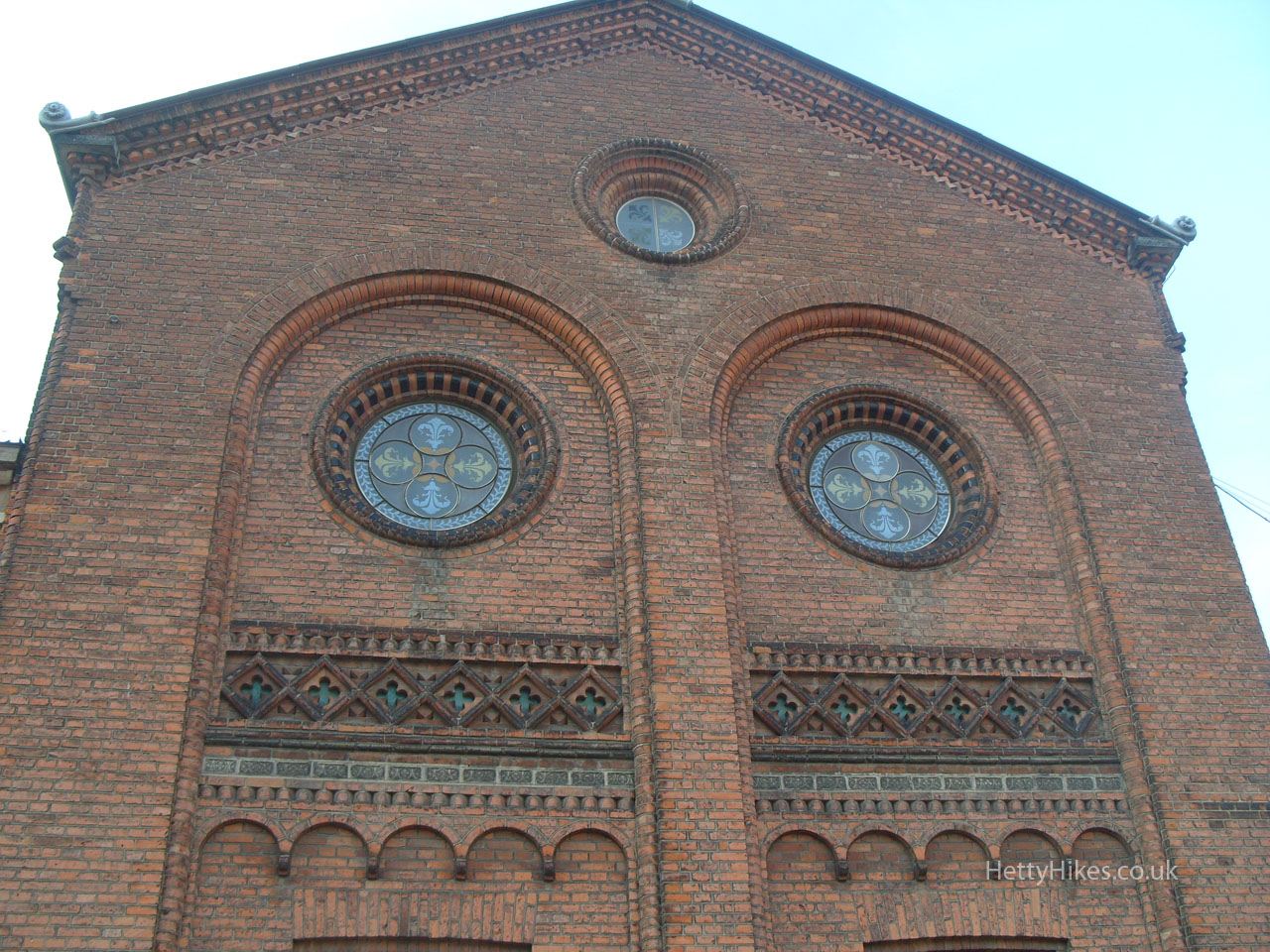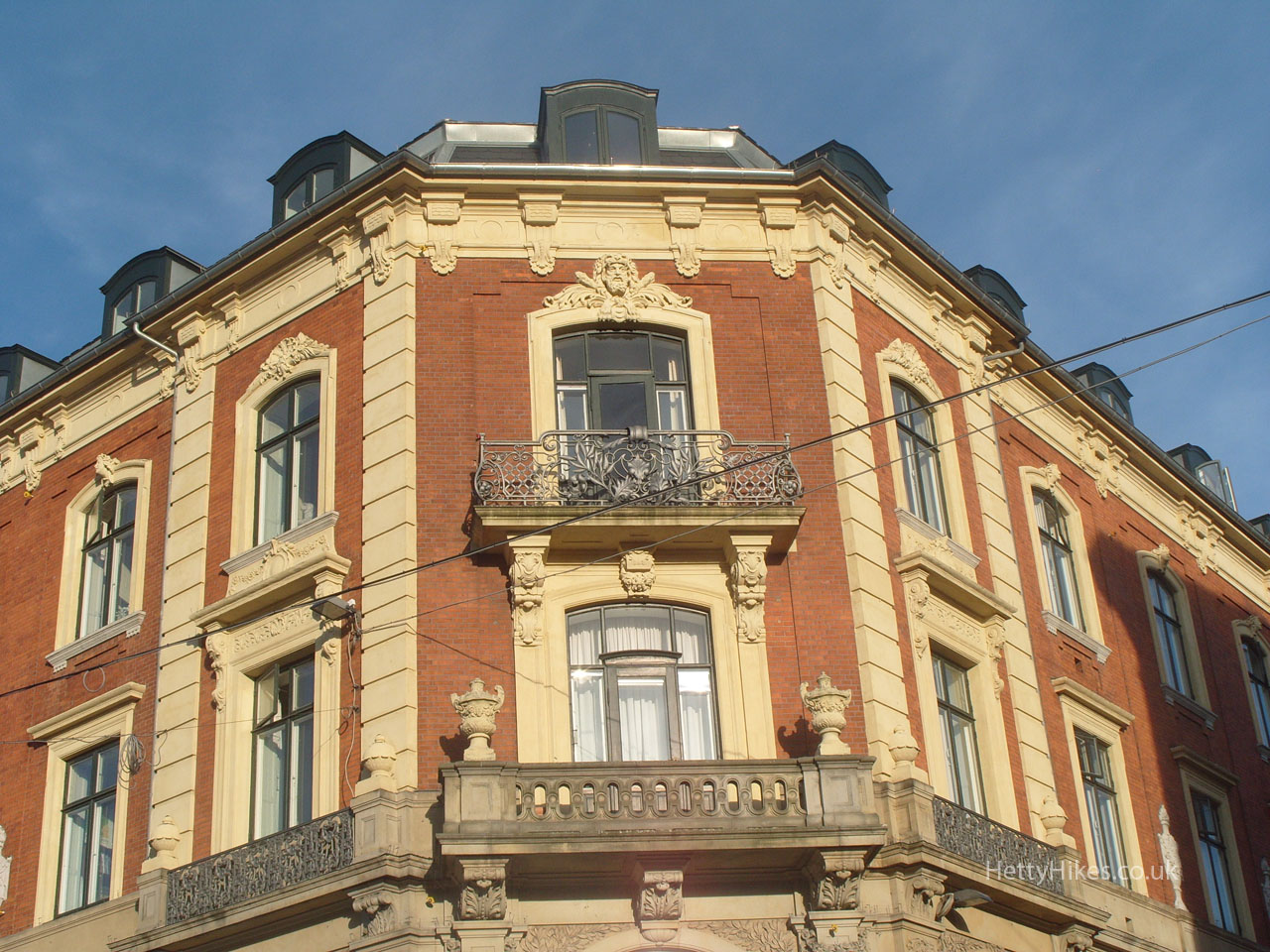Denmark
Sunday 14th September 2014 All photos by Hetty
Click here for Denmark map. You can zoom in History of Copenhagen
Hetty and Mr H took the 5A bus to the main train station – København H (Hovedbanen) by Tivoli gardens. We went to the Tourist Office and picked up a map with a walking route around the city centre.
On Wednesday we had time to go and see a few things that we missed on Sunday.
Entrance to Tivoli Gardens – amusement gardens opened in 1843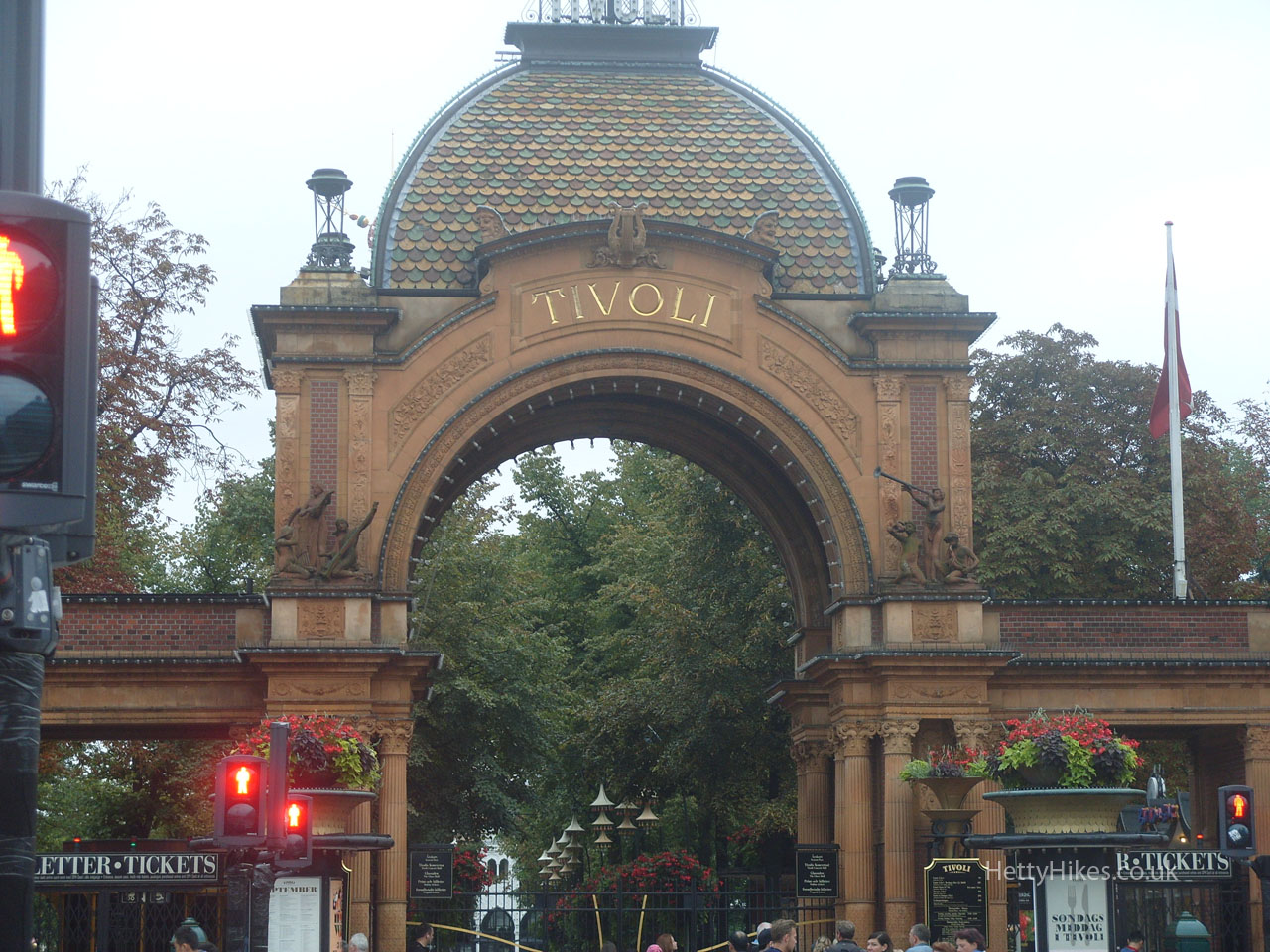
We did not go in (about £10 each), but saw some horrible rides from outside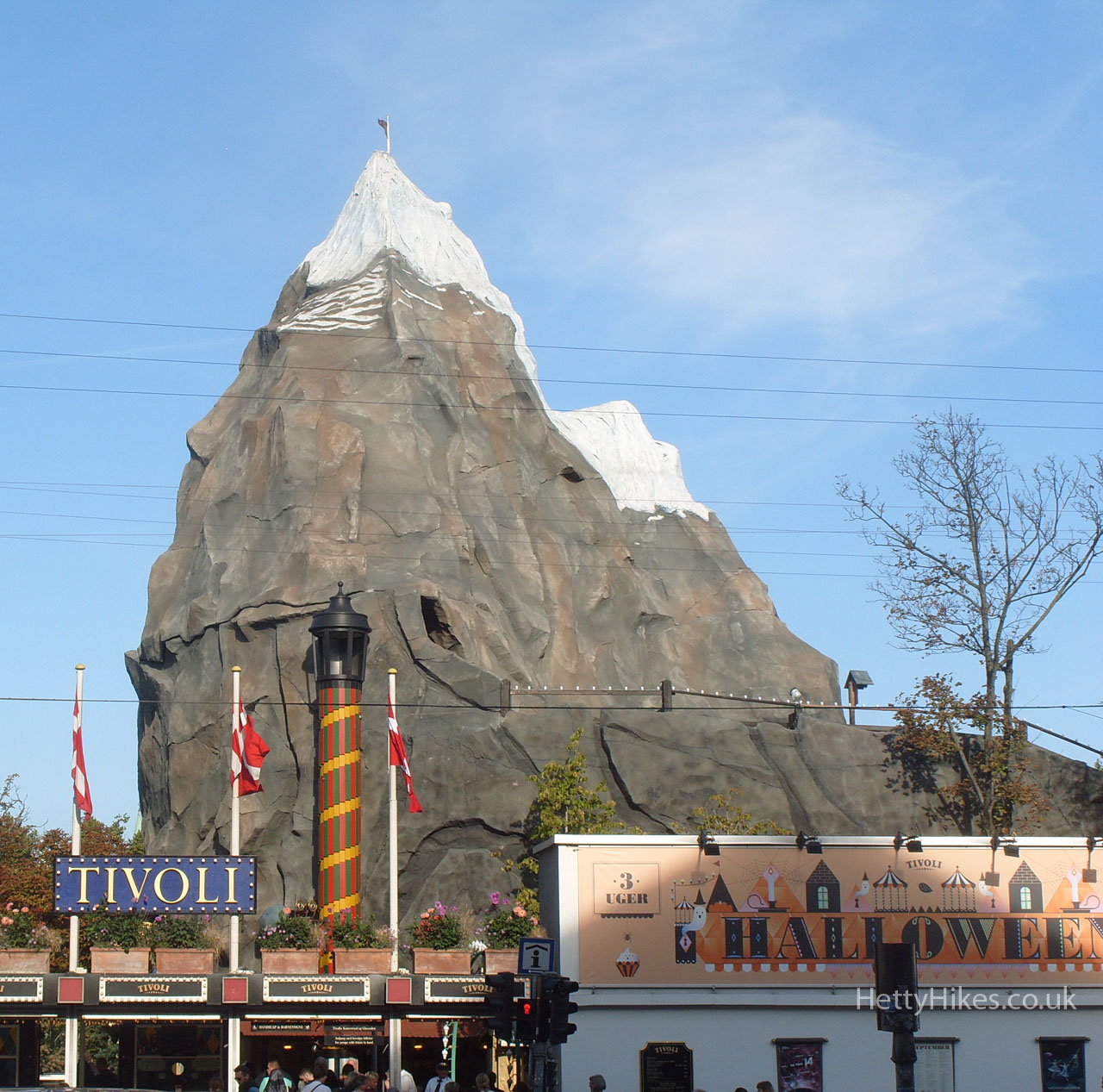
In front of the Radhaus, (City Hall) 1892 to 1905 is the Dragon Fountain, depicting a bull and a dragon in combat.
The golden statue of Bishop Absalon, the bishop who founded Copenhagen (København) in 1167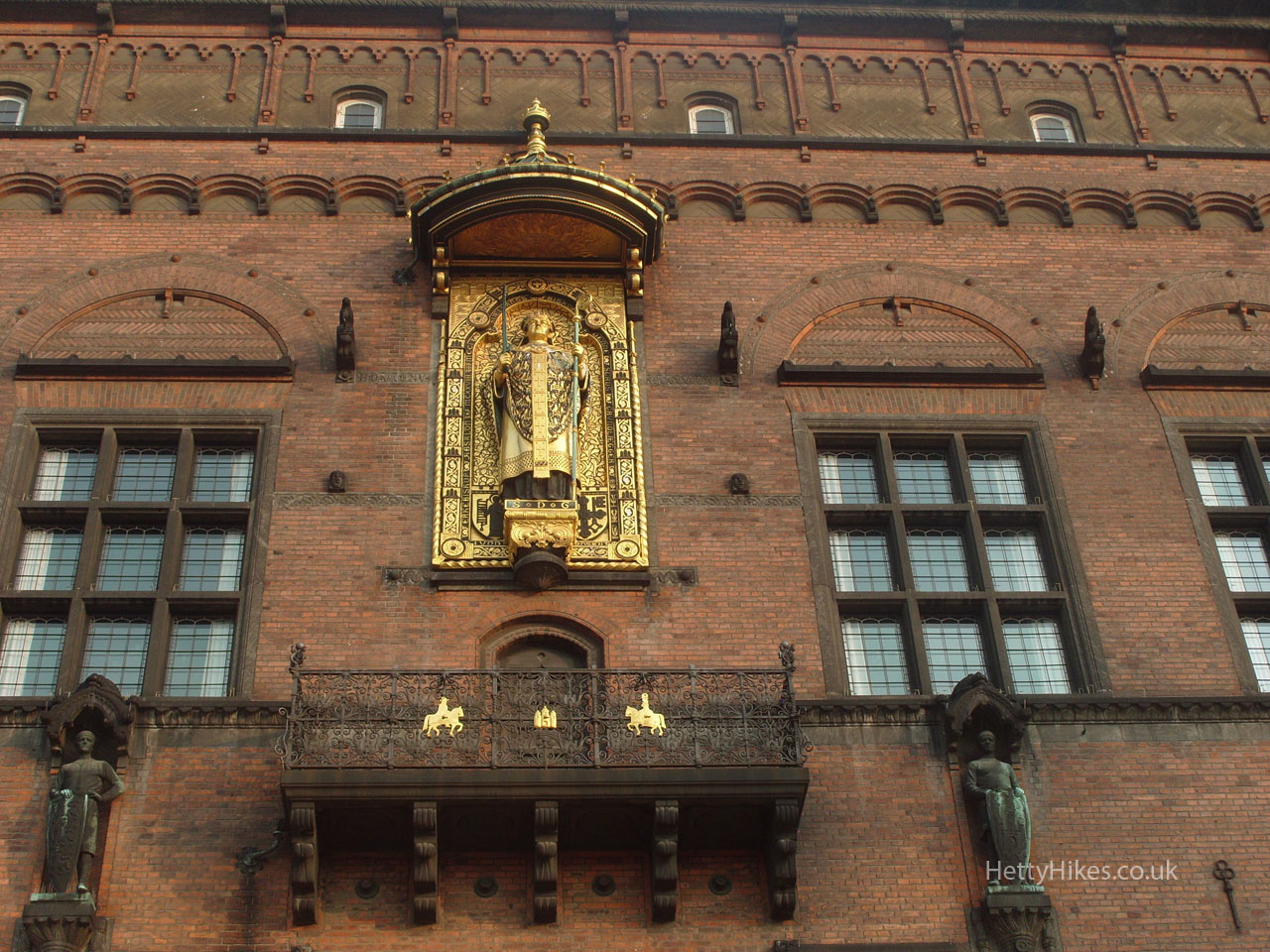
More dragons outside City hall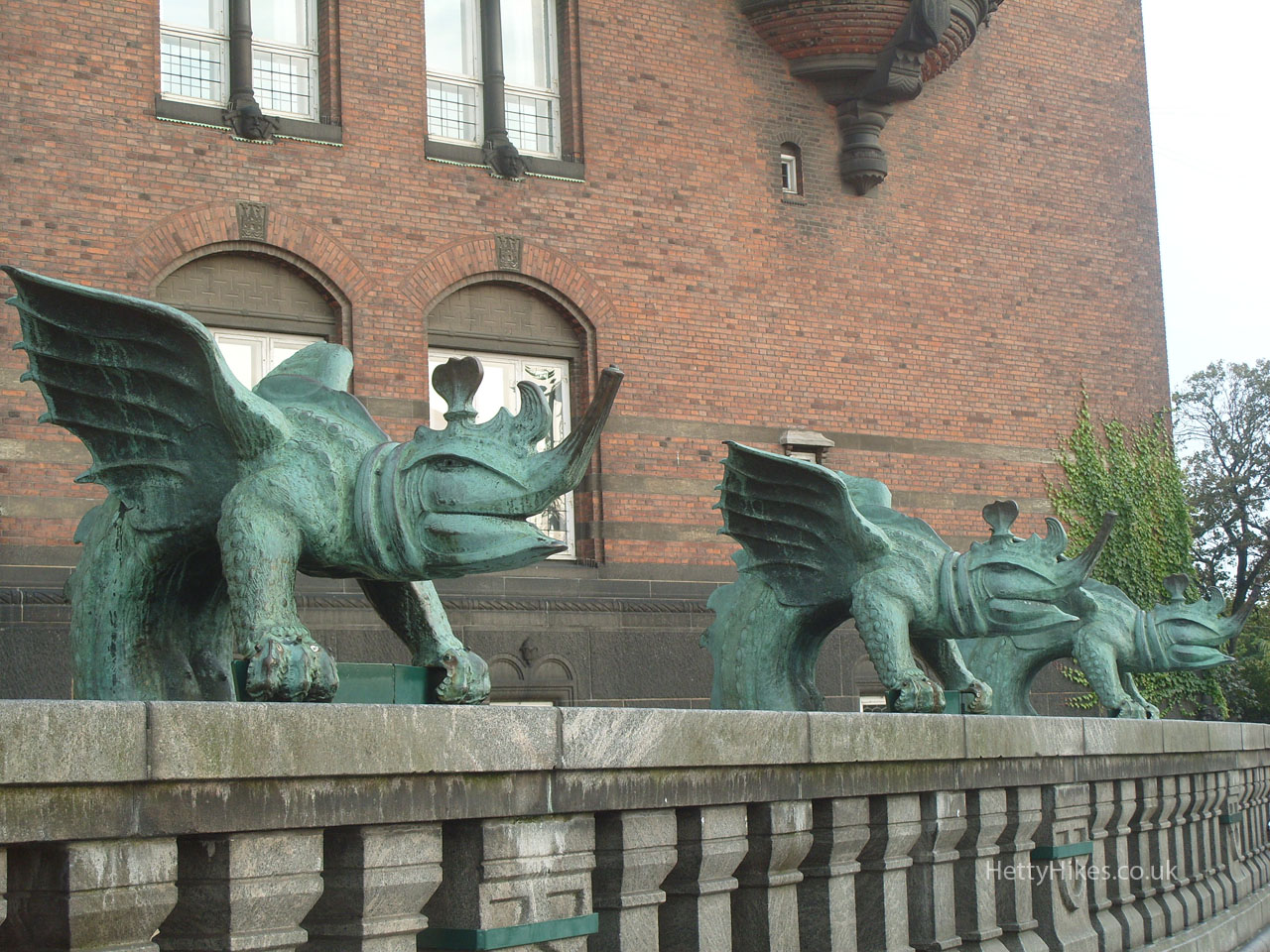
Another entrance to Tivoli, by the City Hall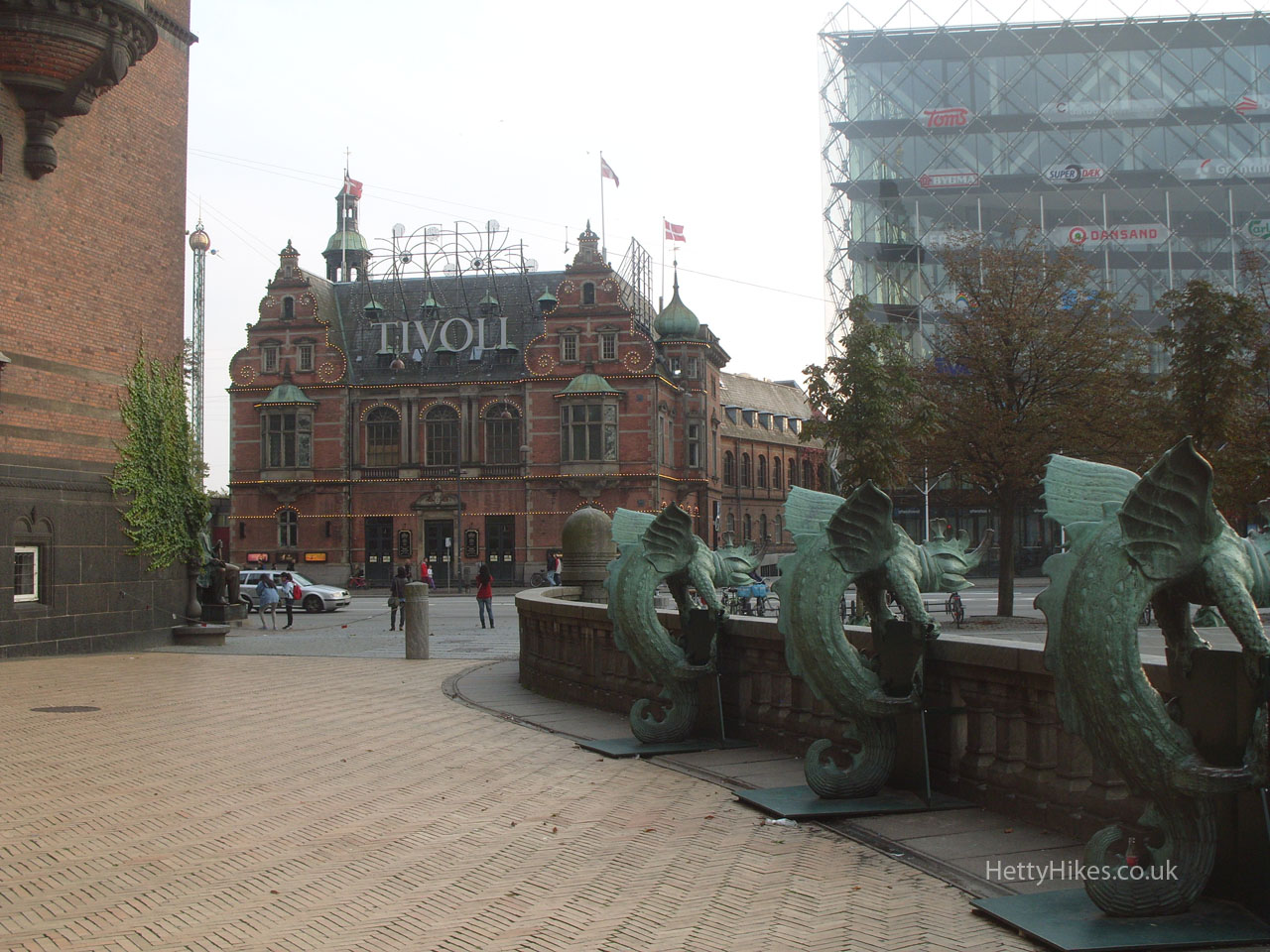
Hans Christian Andersen, by City Hall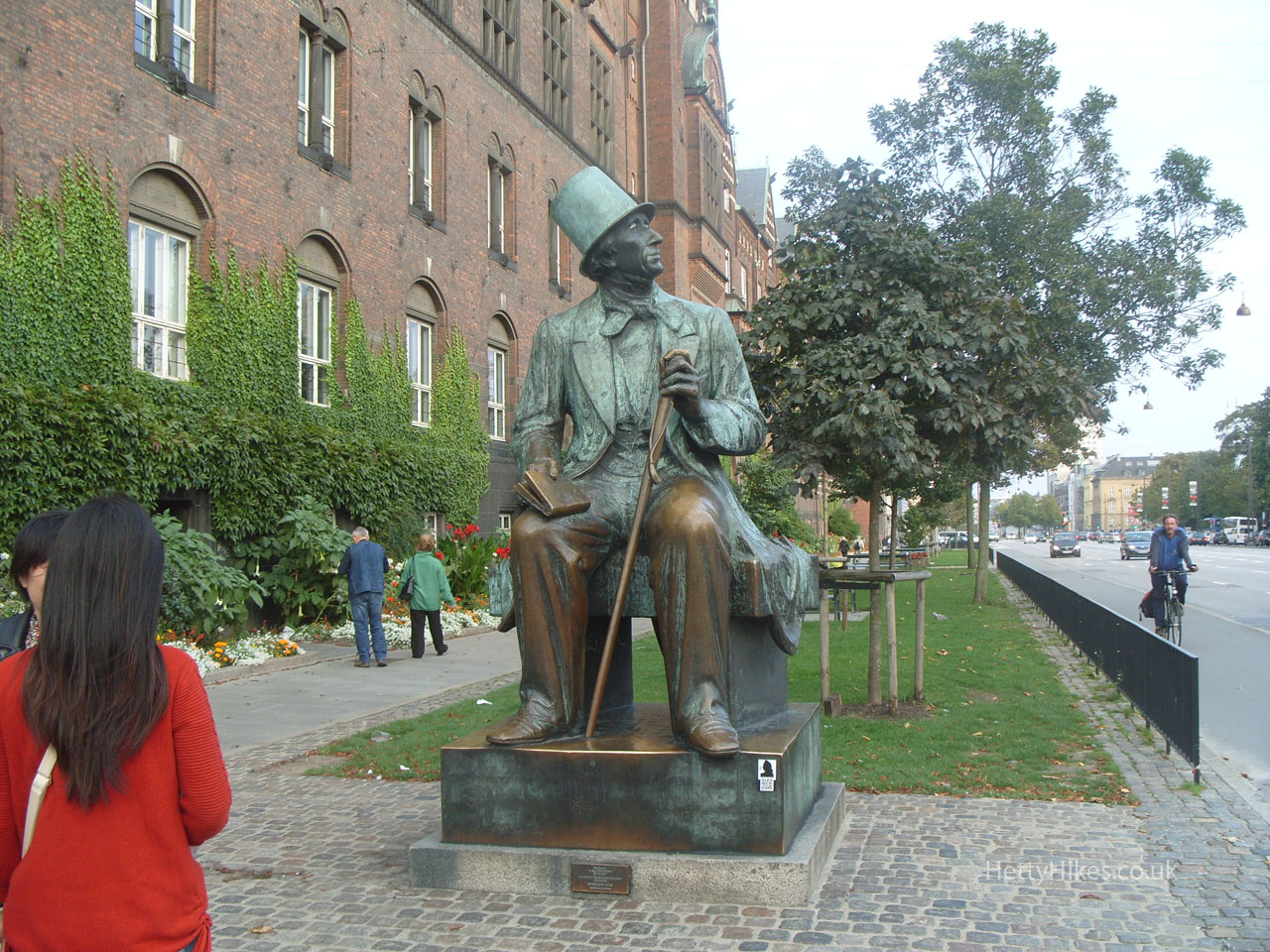
Inside the Rådhus is Jens Olsen’s World Clock (Verdensur), an astronomical clock completed in 1955. It tells the time anywhere in the world, shows solar and lunar eclipses 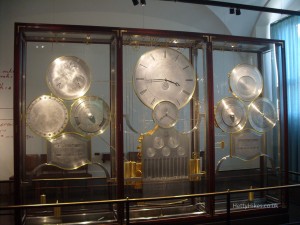
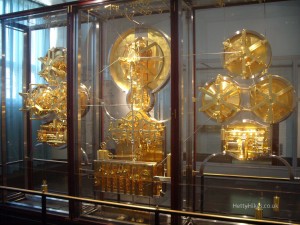
Nytorv (The New Square) was built in 1606 as a market place. Copenhagen’s Courthouse (Københavns Domhus) was designed in 1815 and was once used as Copenhagen’s Town Hall.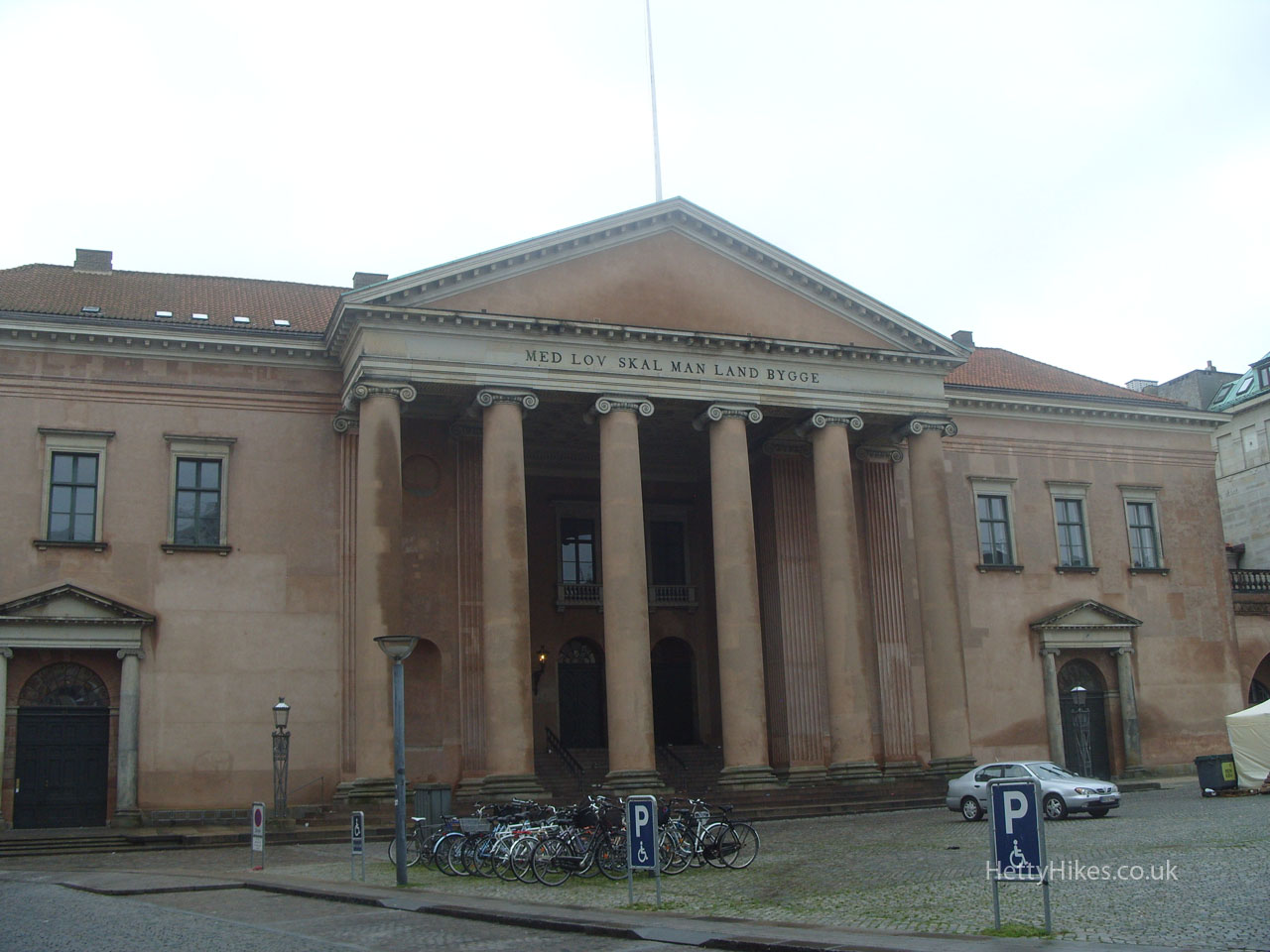
Yes there are lots of bikes everywhere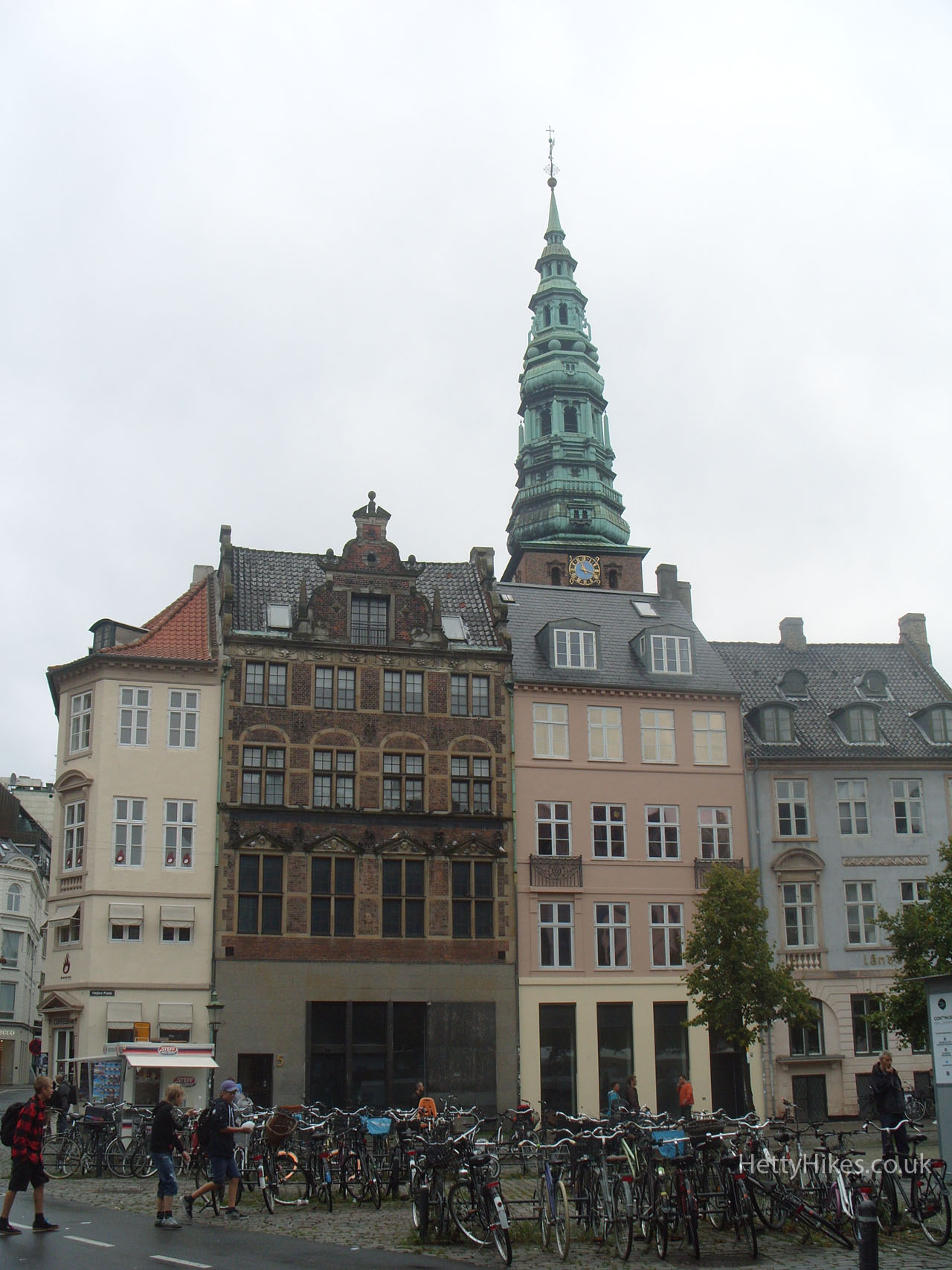
Stork Spring Water Fountain, Amager Square – newly qualified midwives dance around here
Skt. Nikolaj Kirke (St. Nicolaj Church) – The tower dates from 1591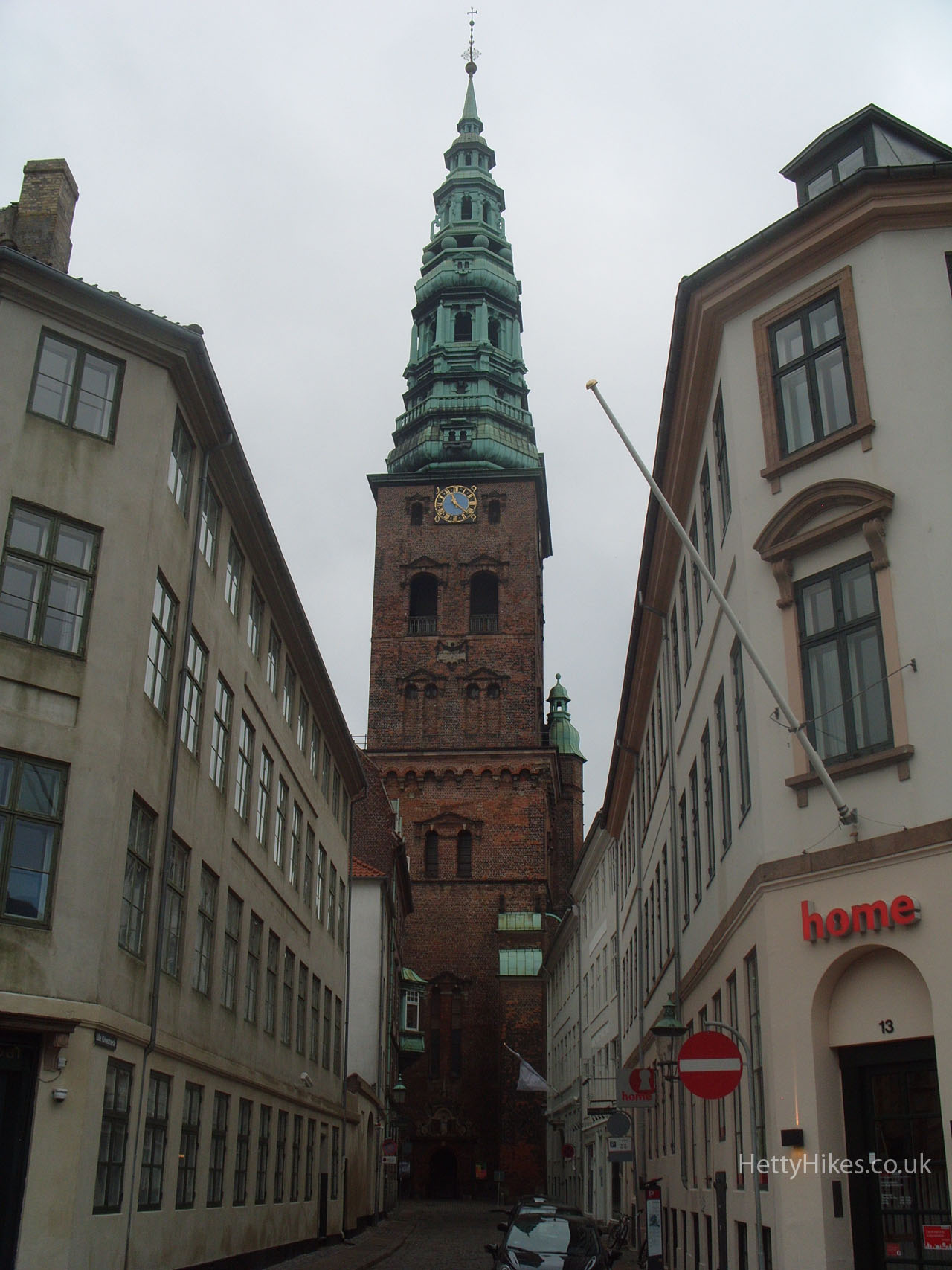
The equestrian statue of Bishop Absalon, 1902 in Højbro Plads (High Bridge Square). 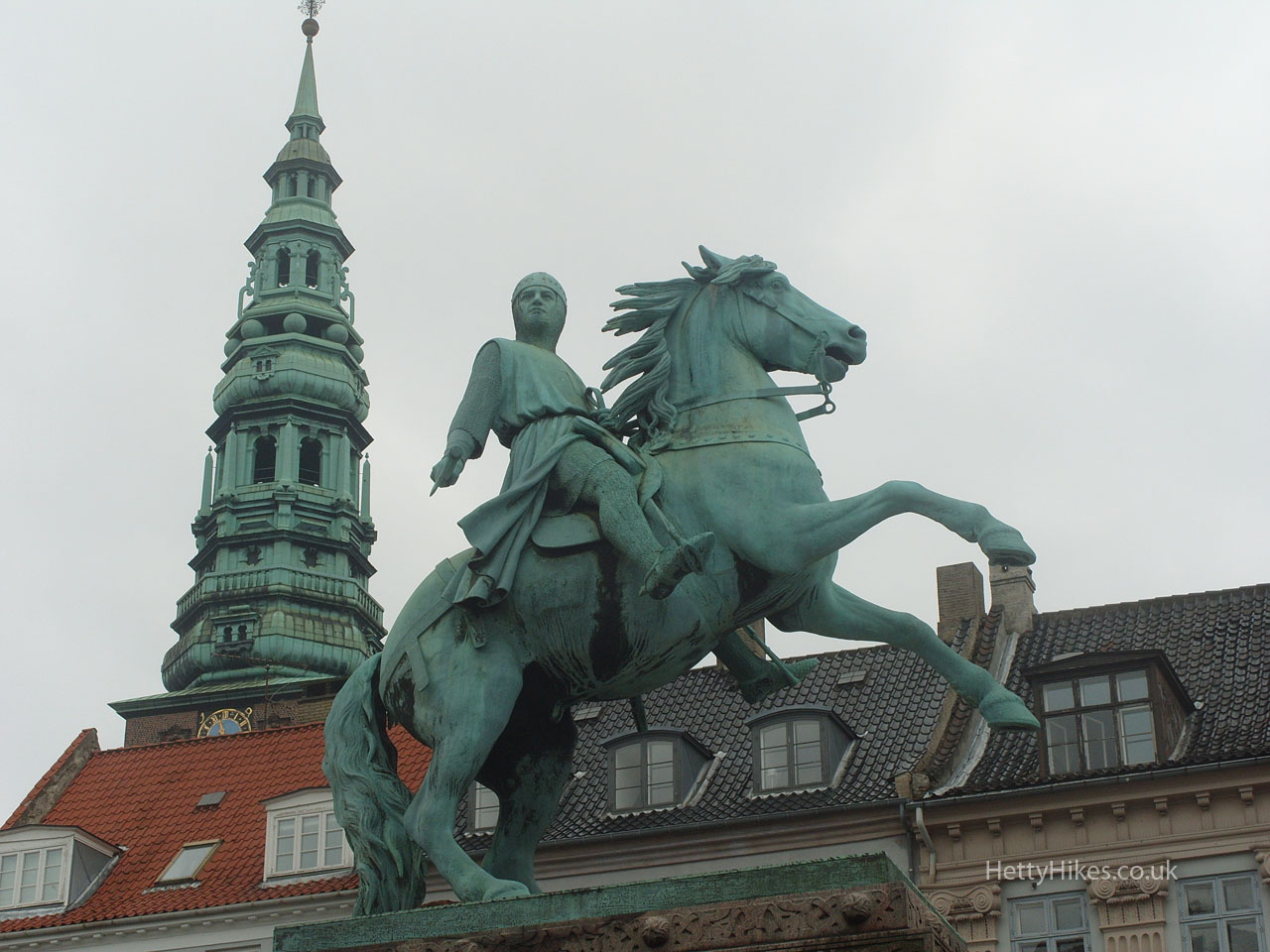
A half marathon in the city centre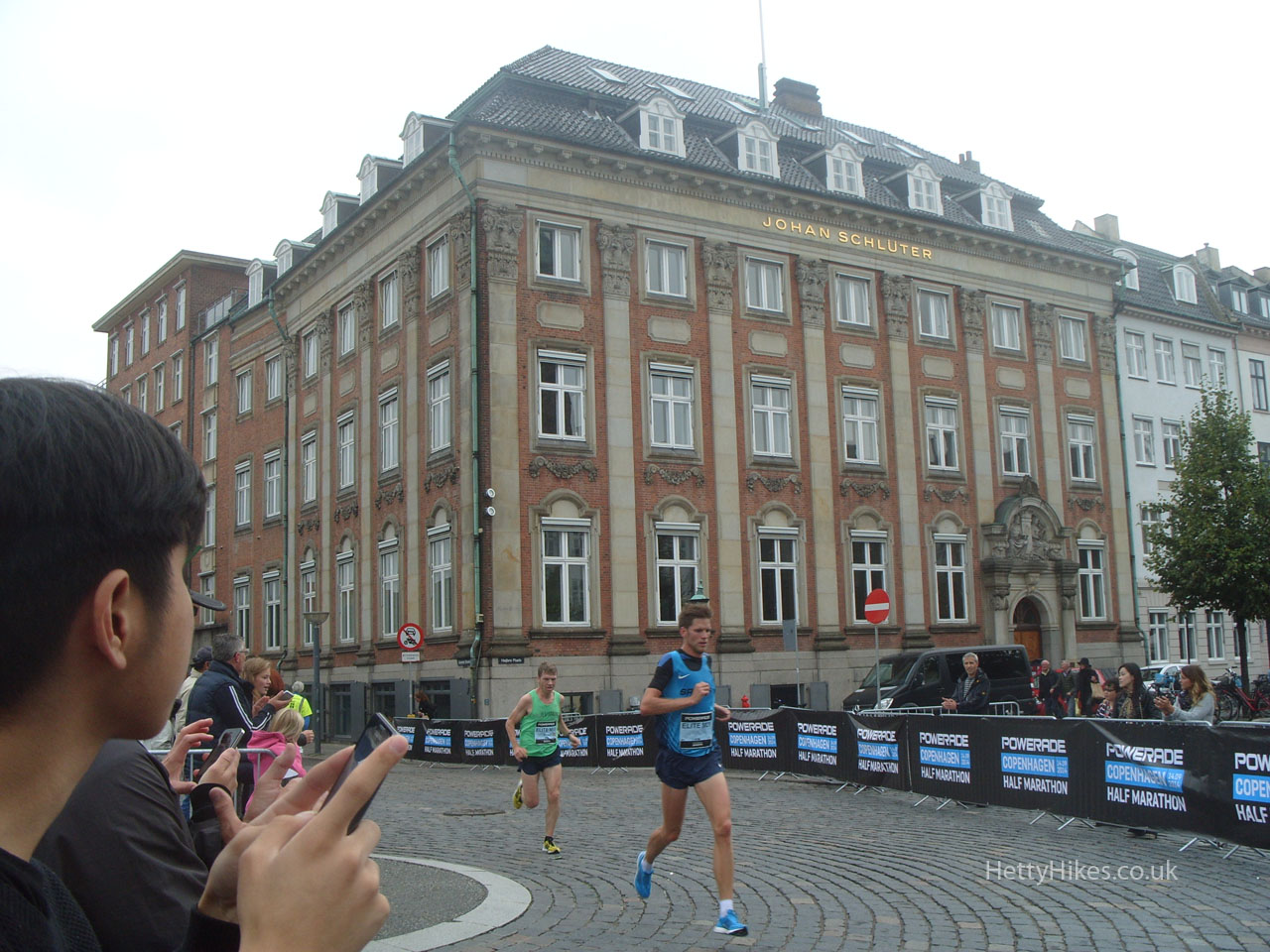
Every day the guards march from their barracks by Rosenborg Castle through the streets of Copenhagen and end up at Amalienborg.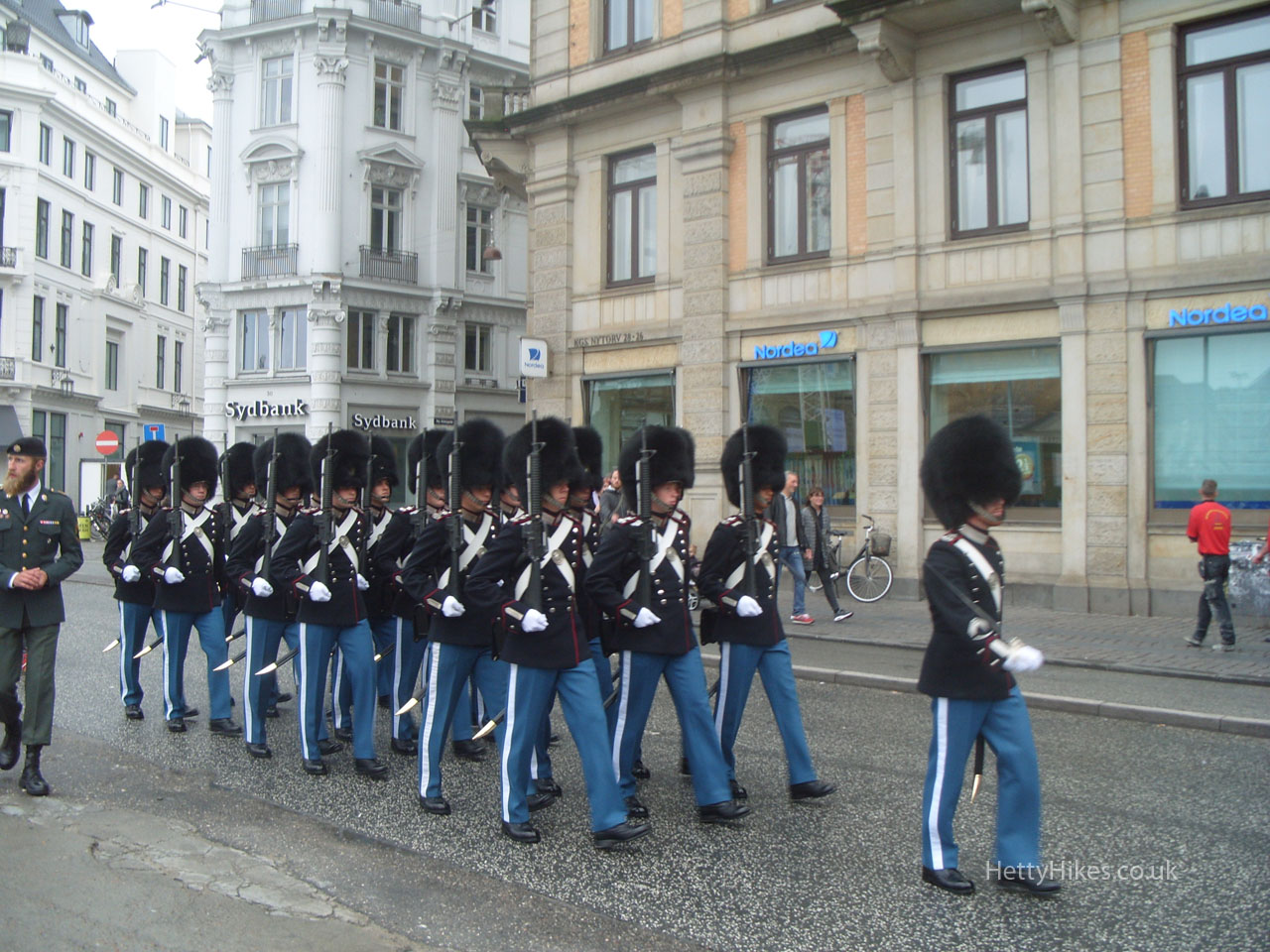
J. P. E. Hartmann (1805 – 1900, organist and composer) in Skt. Anne Plads.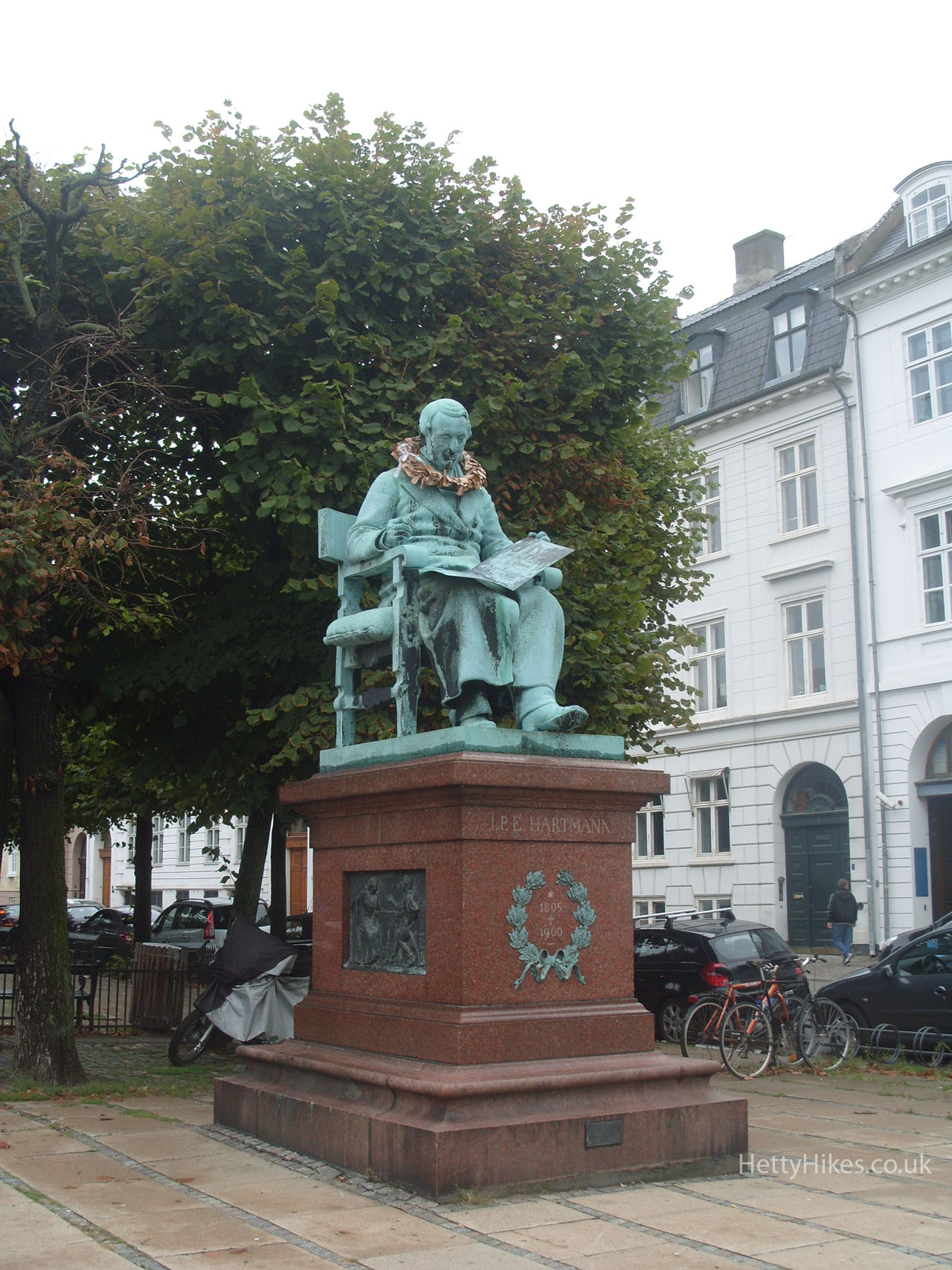
The changing of the guard takes place at 12:00 noon at Amalienborg (four identical buildings around a square, constructed in the 1700’s.) The Royal Family uses it as their winter residence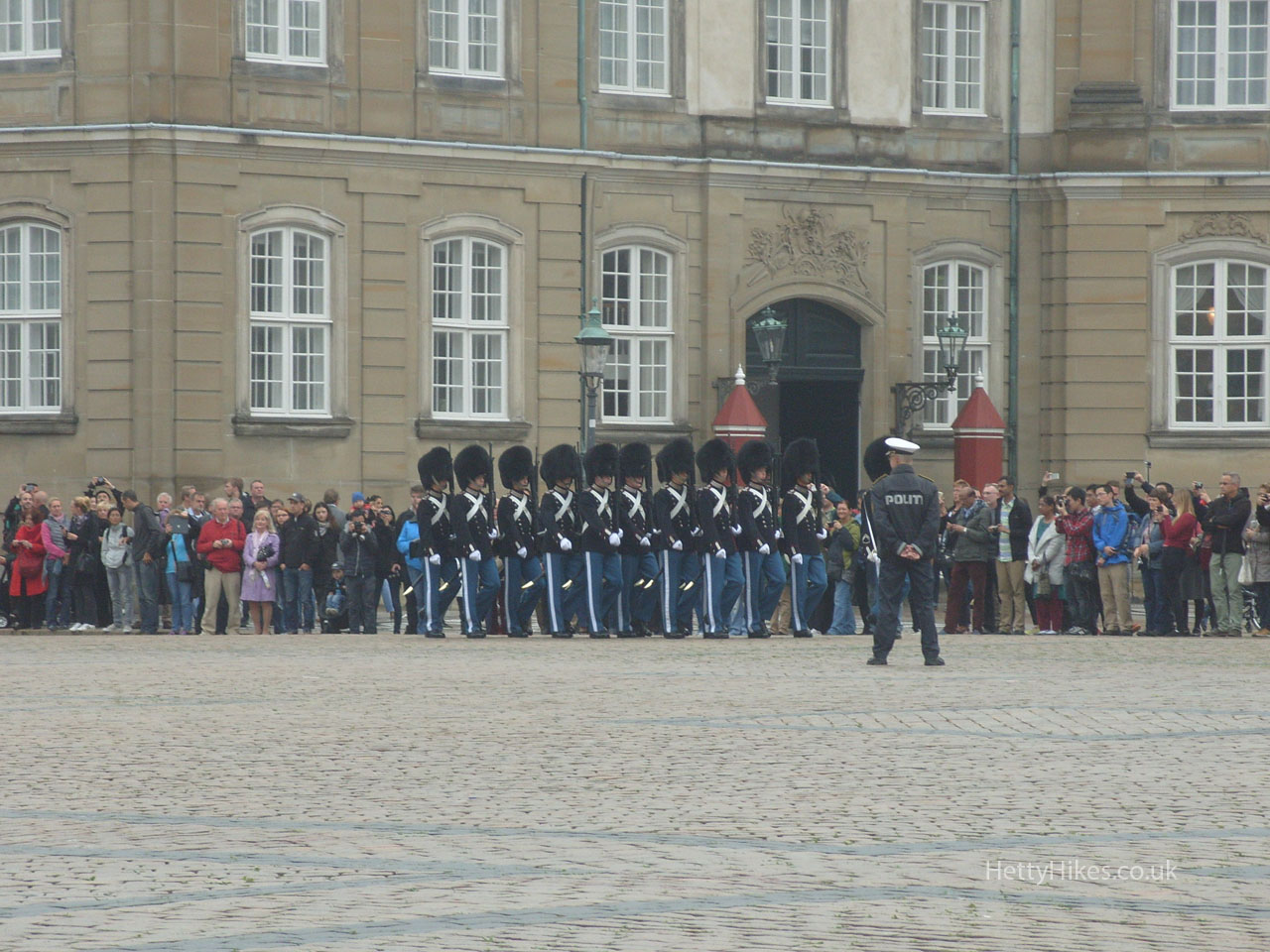
The equestrian statue of Frederik V, 1771, Amalienborg Square. 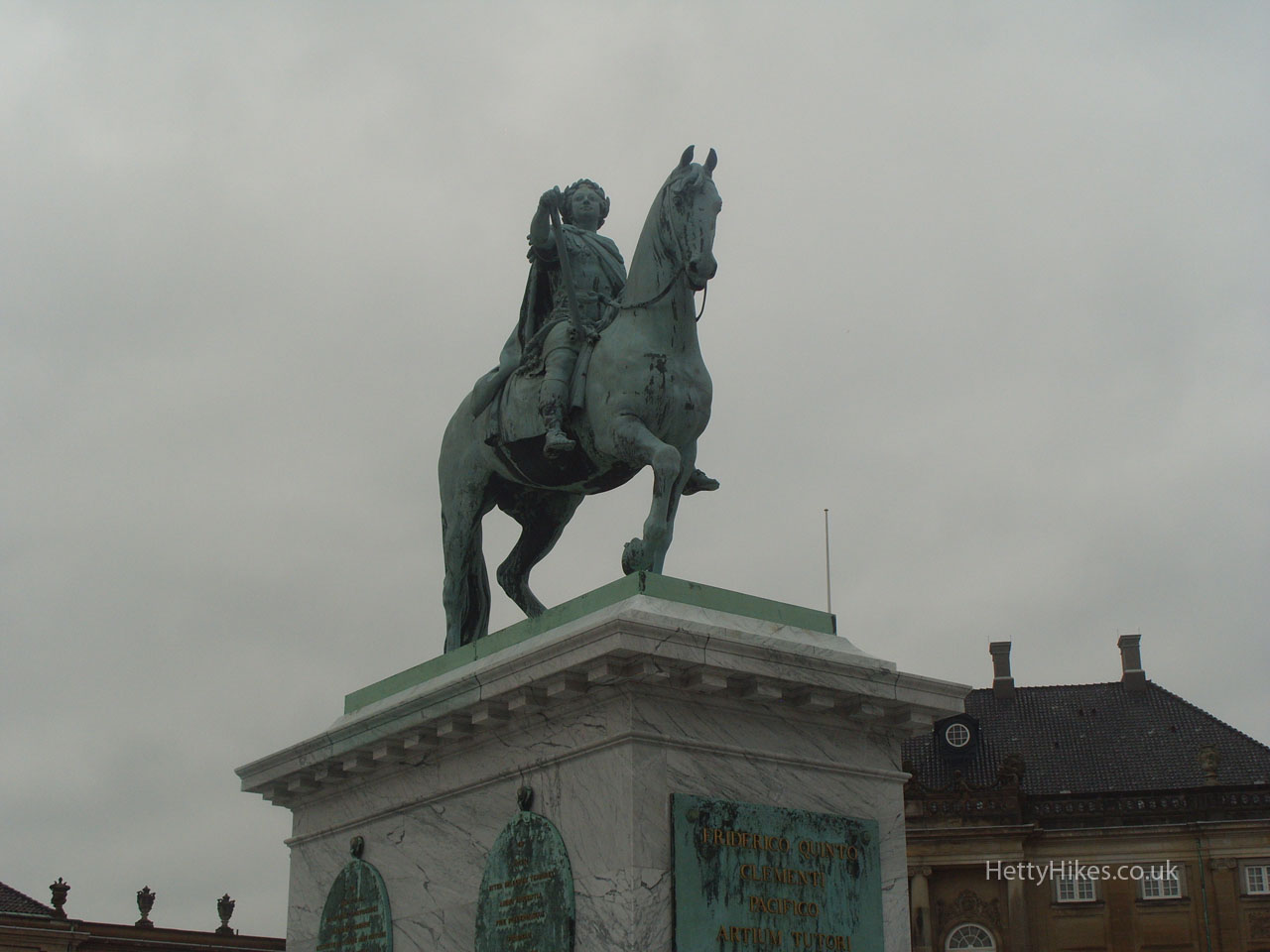
Amaliehaven (Amalie Garden) 1983,
with the Opera House across the harbour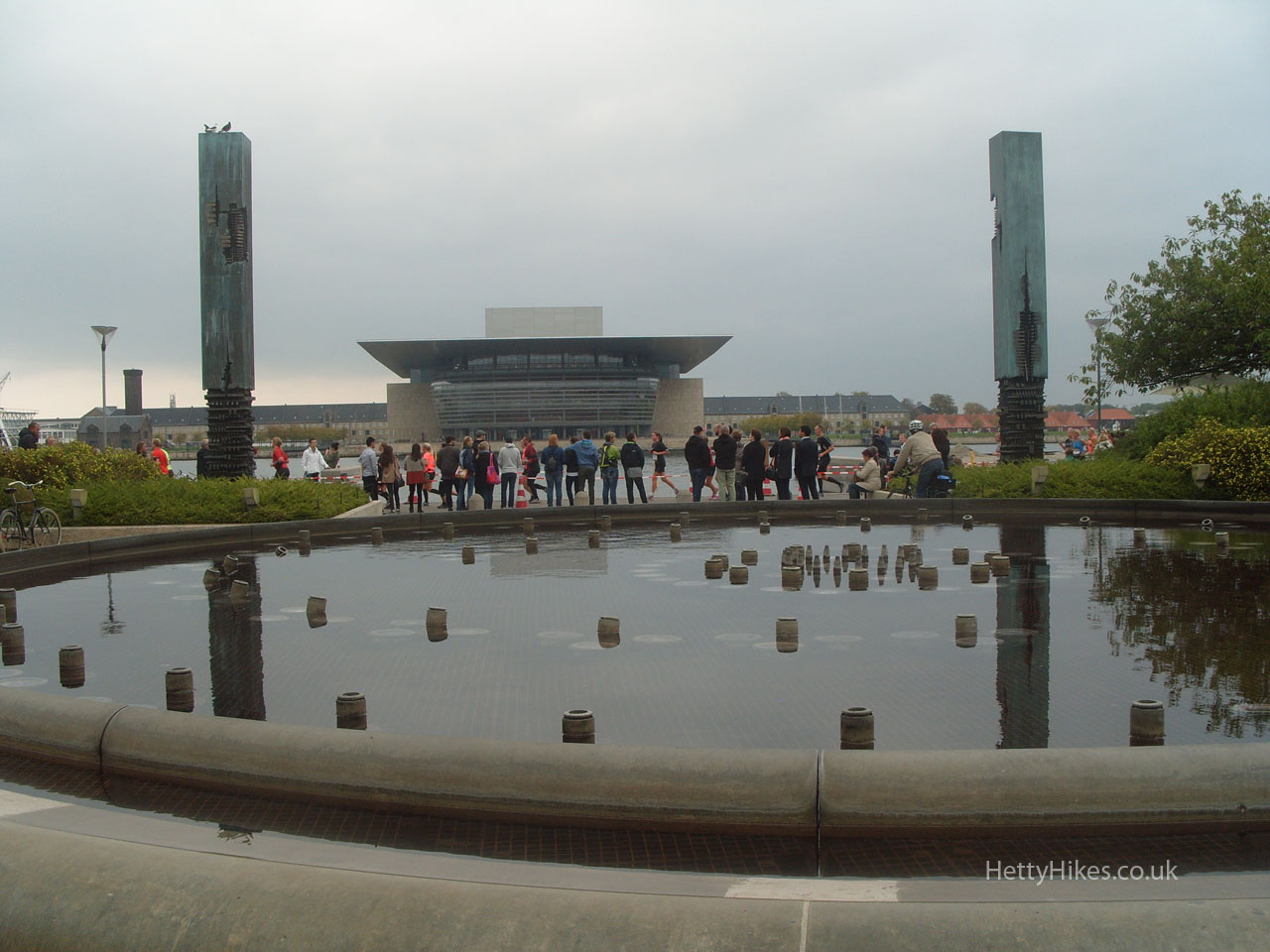
The Marble Church, built 1749 – 1894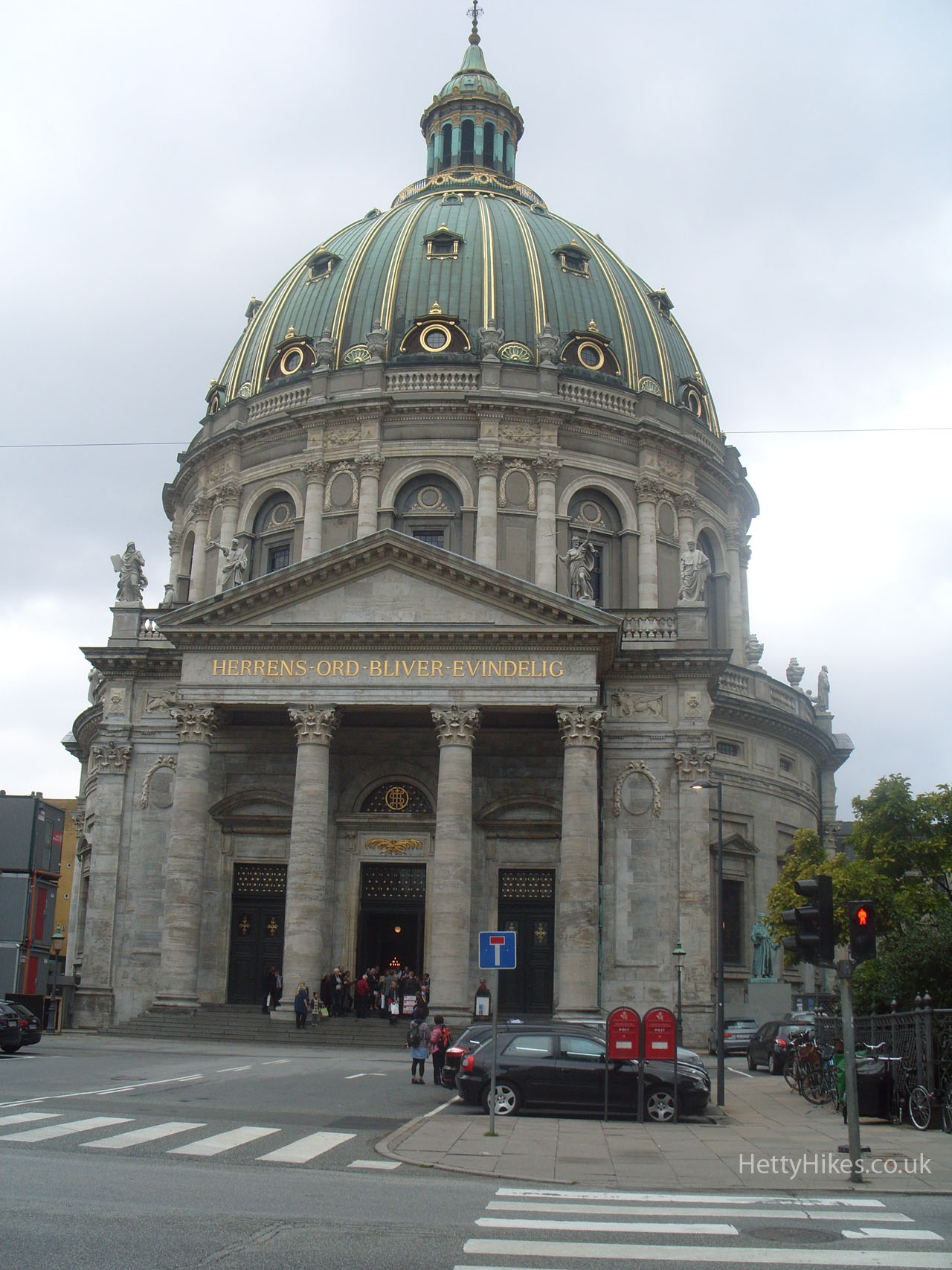
Hans Christian Andersen statue in Kongens Have (Rosenborg Castle Gardens)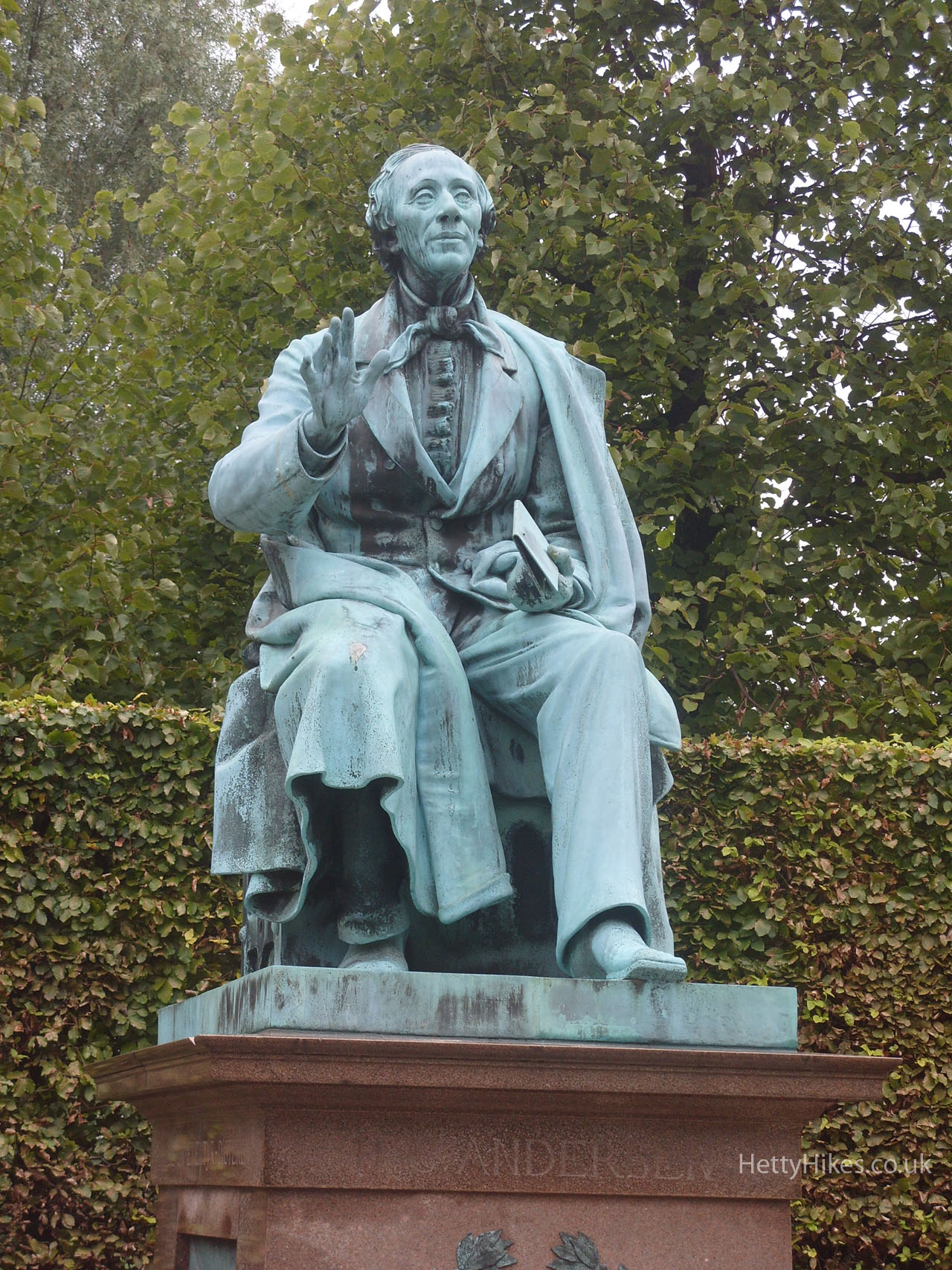
Rosenborg Slot (Rosenborg Castle), built as a country home for King Christian IV in 1606, it contains the Danish Crown Jewels.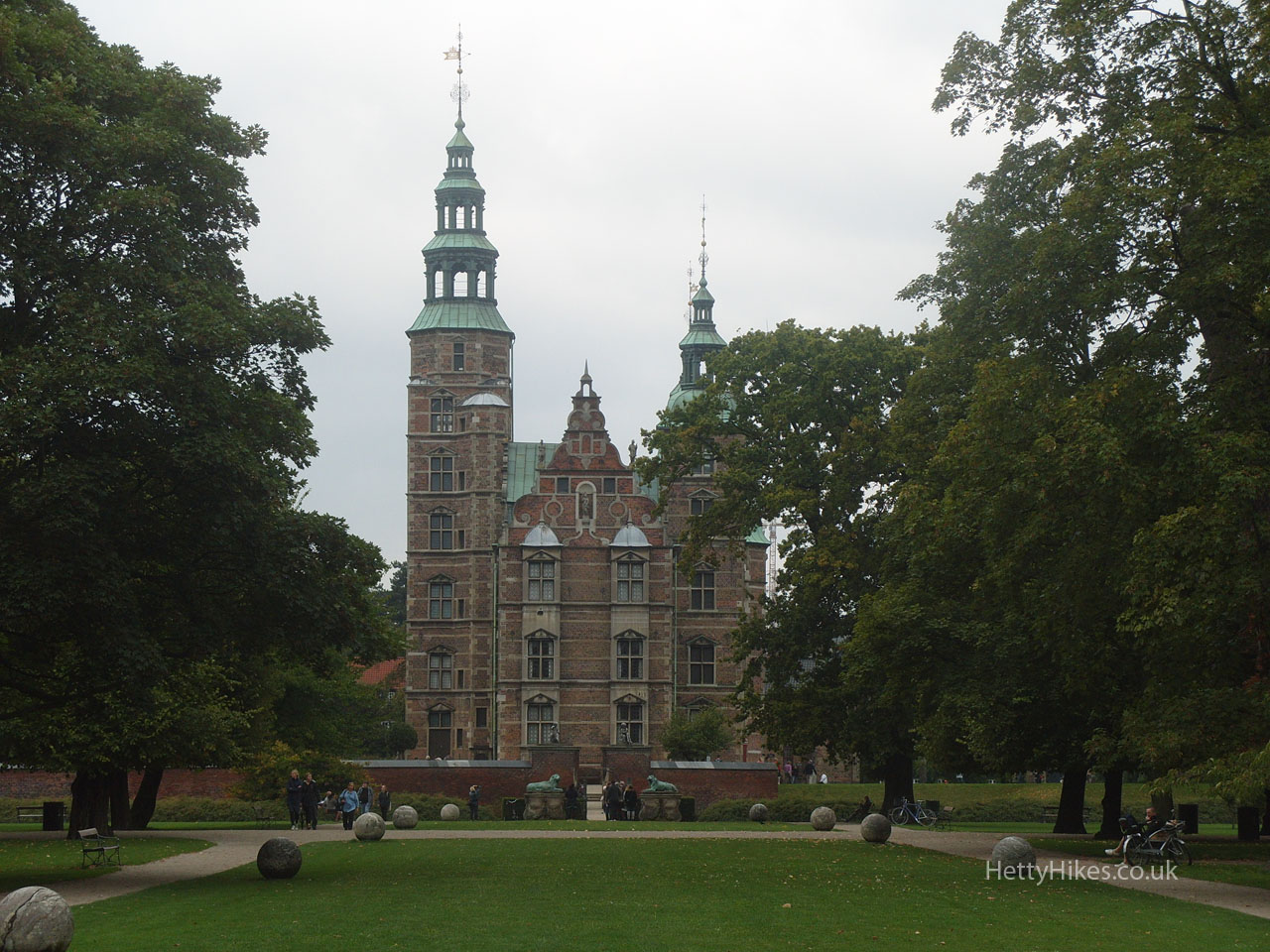
The glasshouses date from 1874.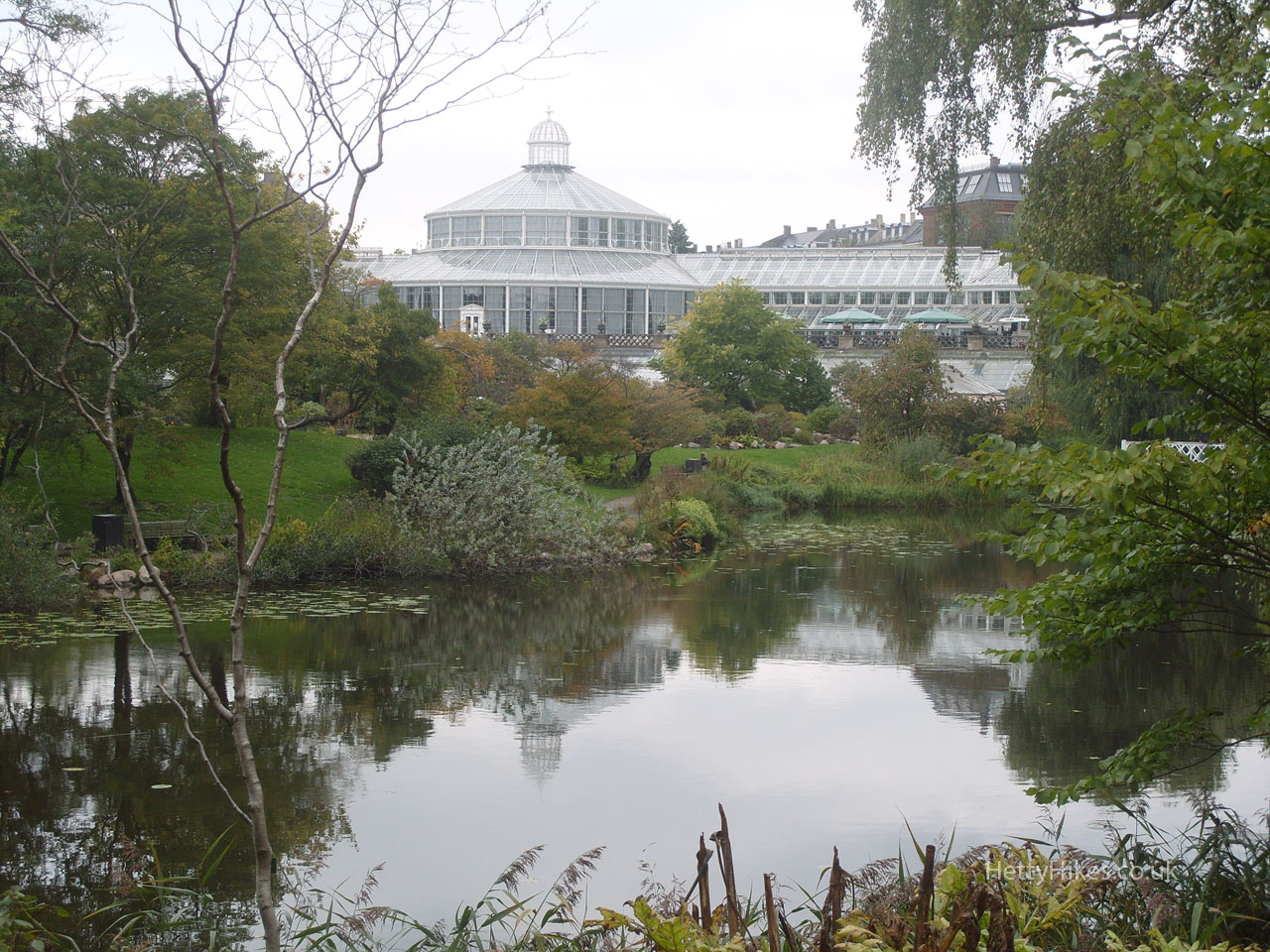
The observatory 1876, with the statue of famous Danish astronomer Tycho Brahe.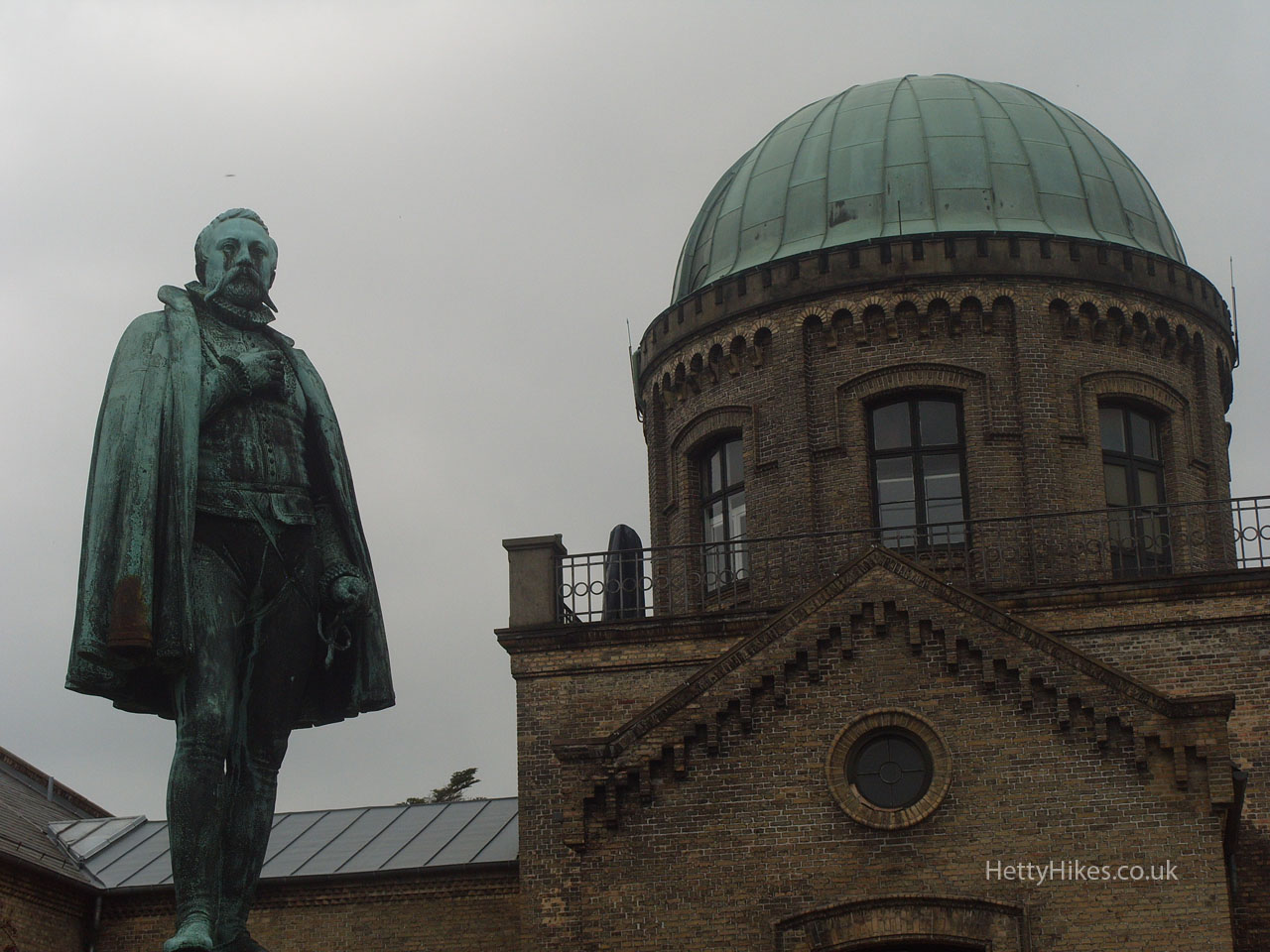
Statens Museum for Kunst is the Danish national gallery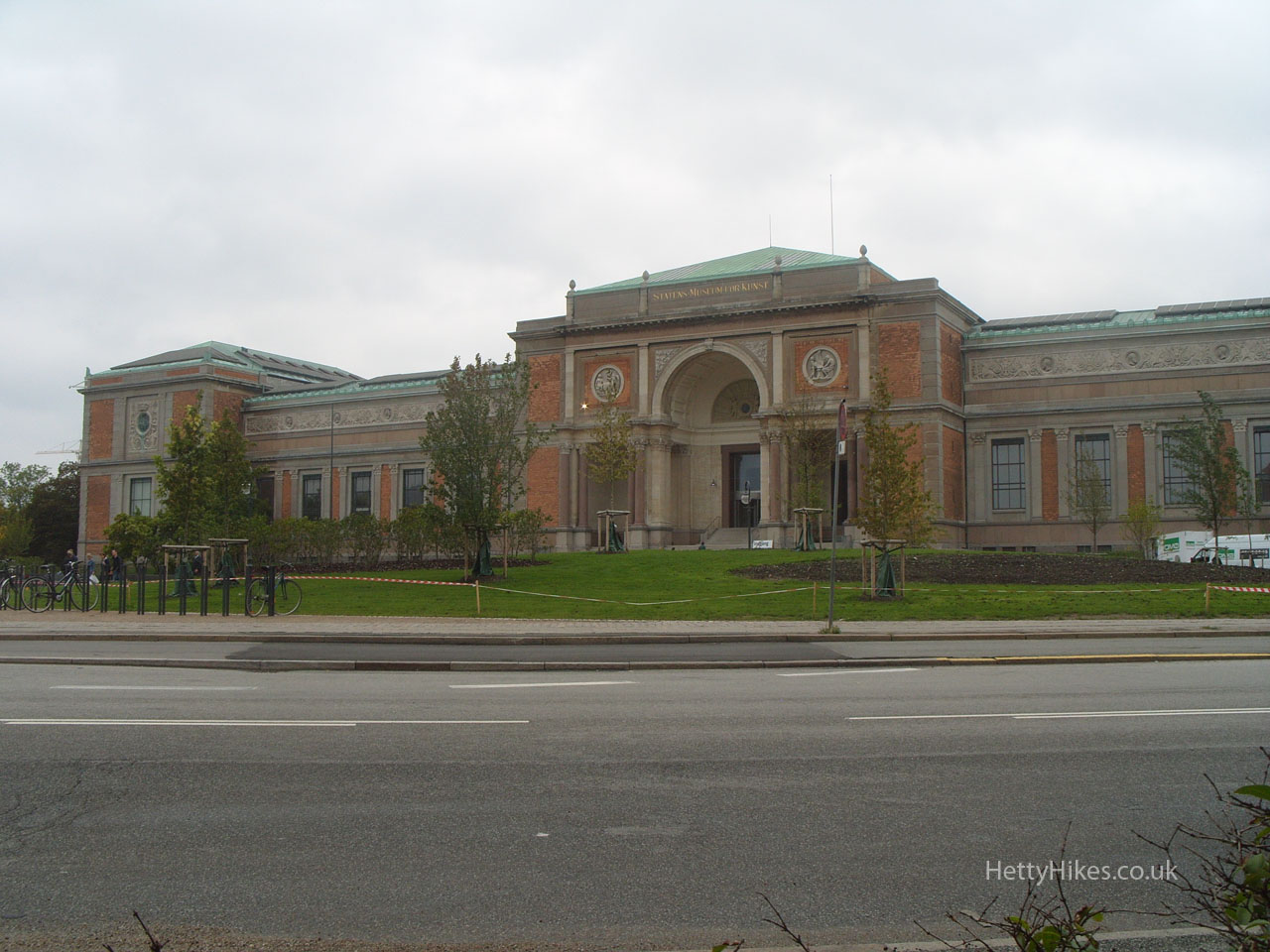
Kastellet, The Old Citadel, is a star fortress, built in 1626, a church was added in 1704 and a prison added in 1725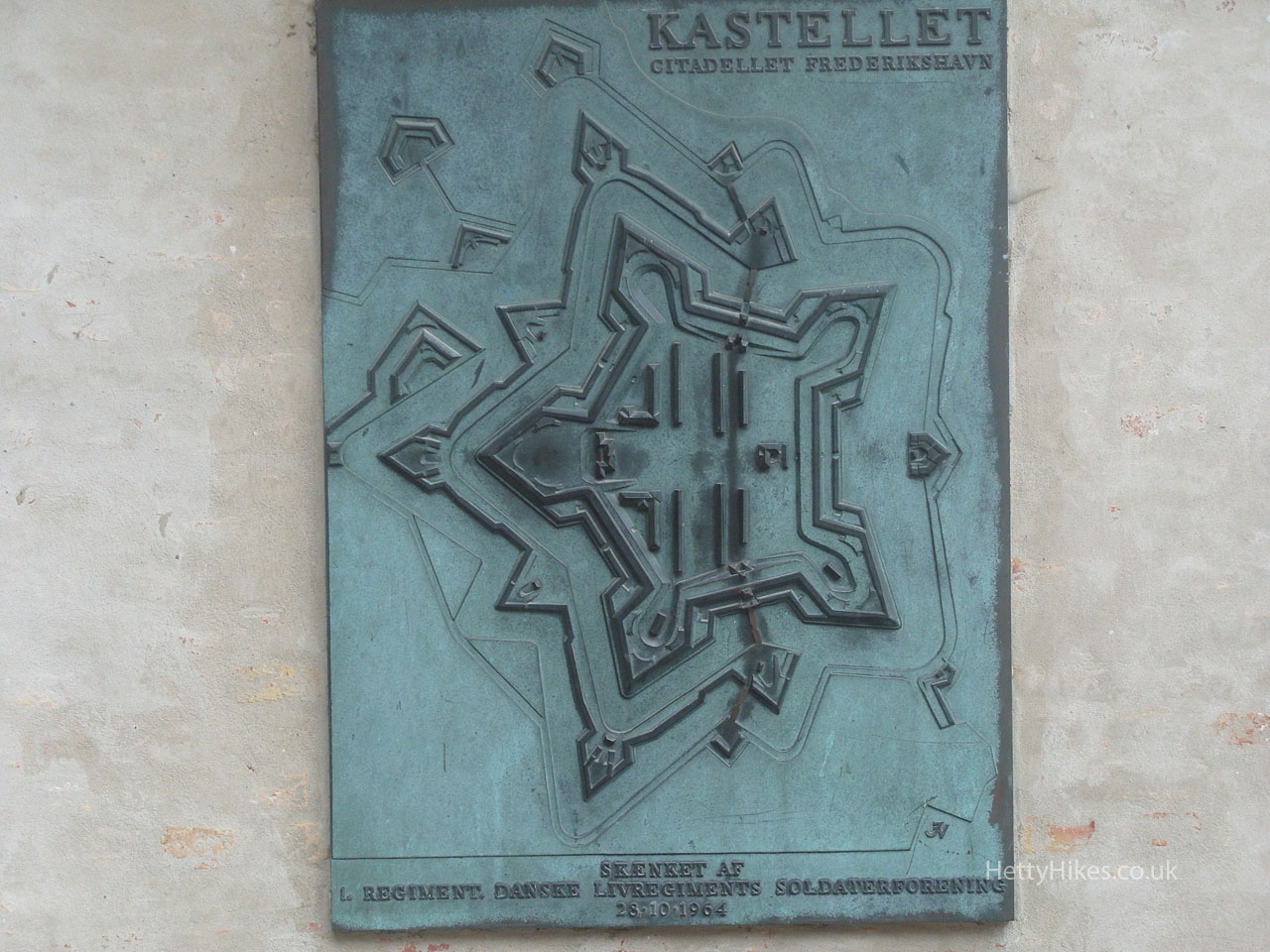
It still has a moat and ramparts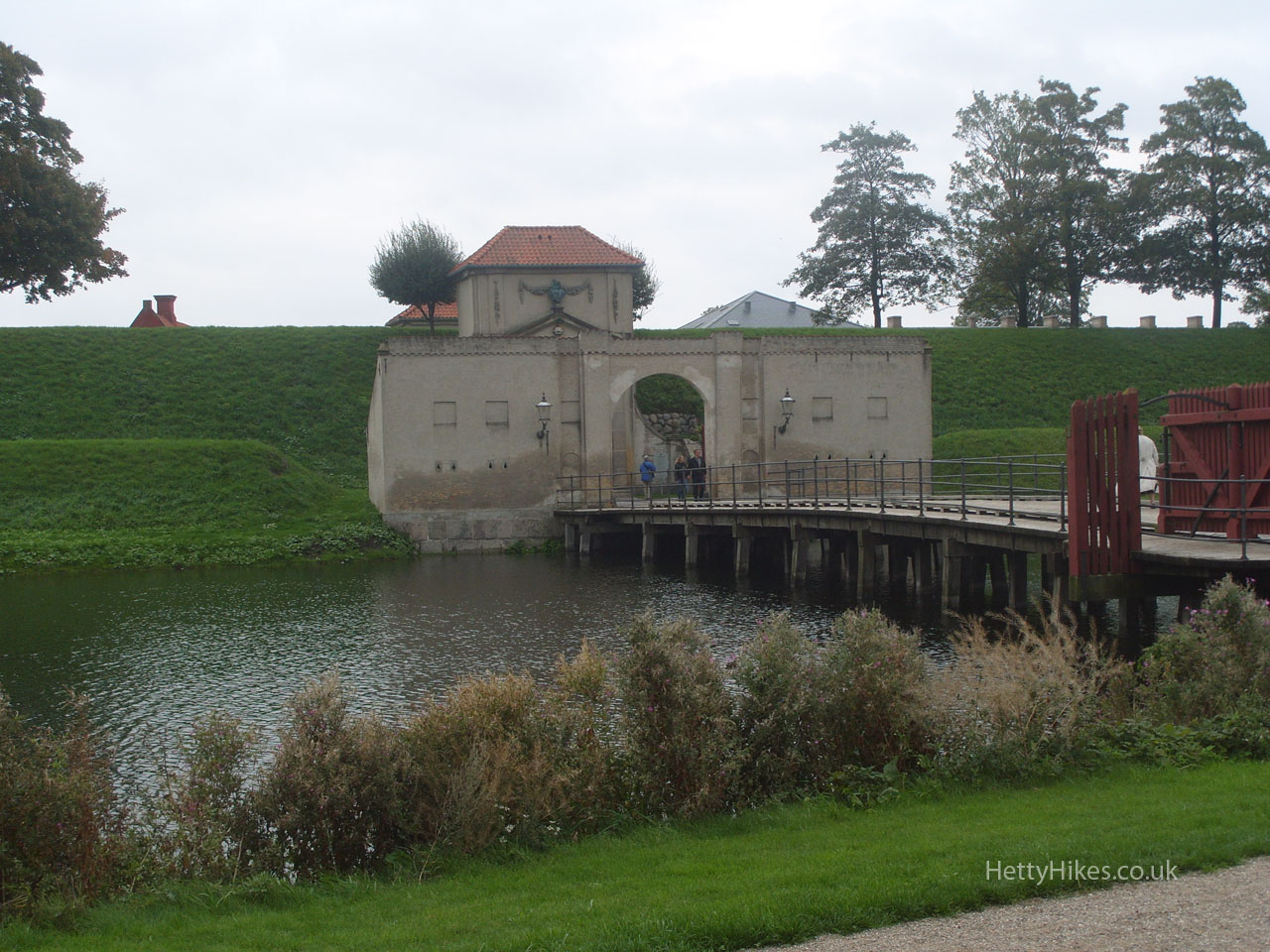
A cannon 1766-1769
The moat is star-shaped as well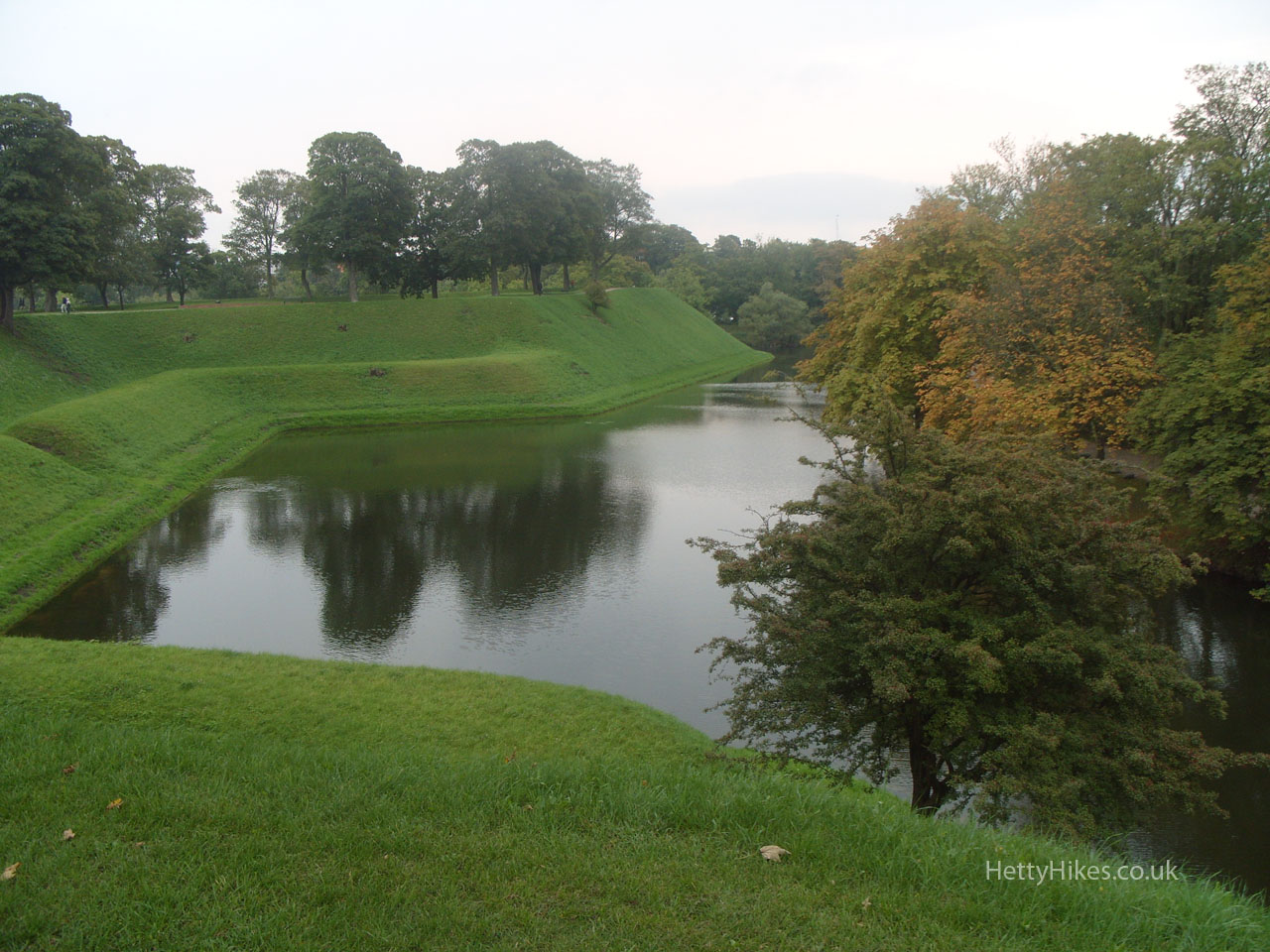
Gustaf Church
Dutch style windmill 1847, within Kastellet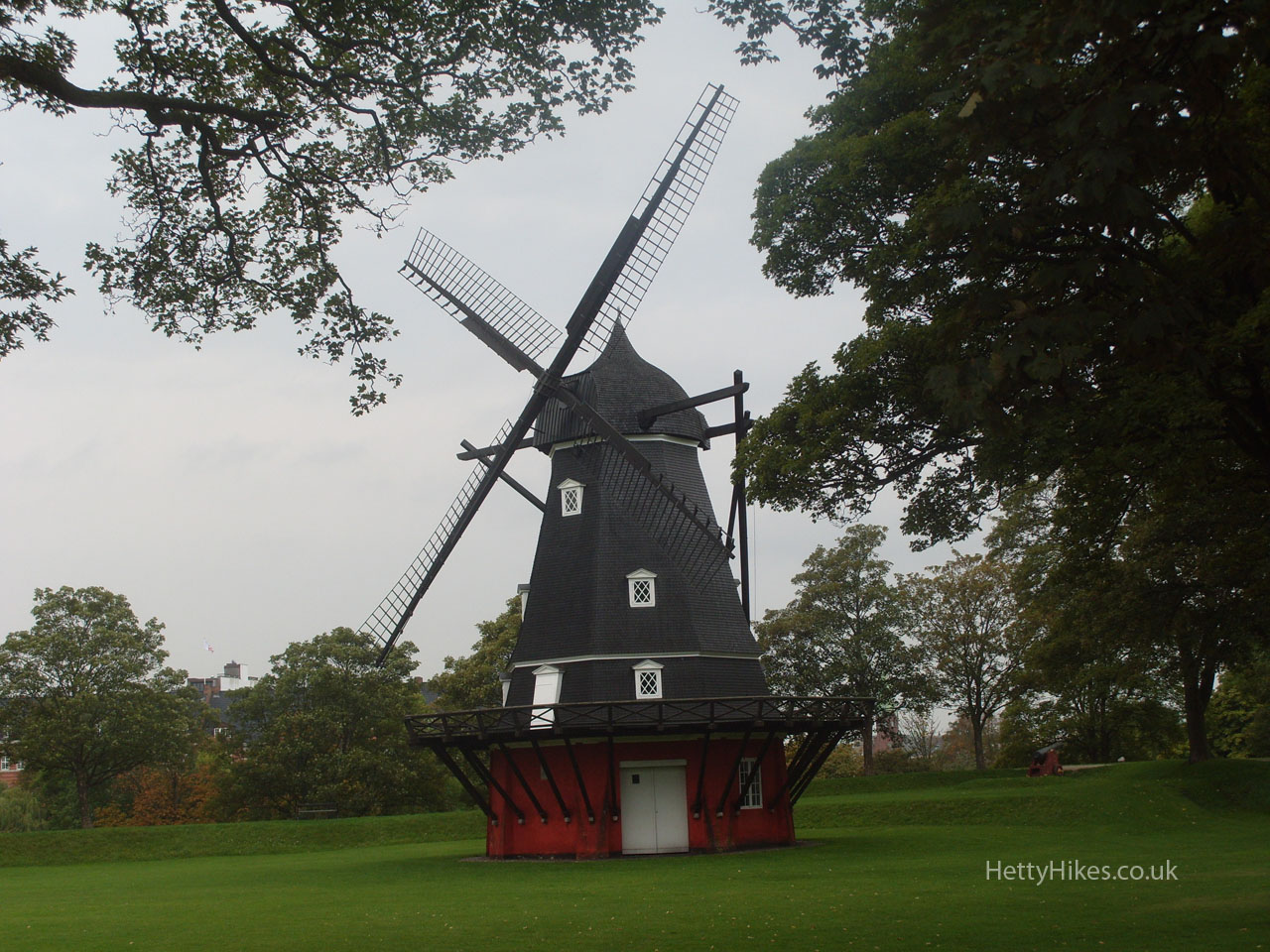
A memorial to all those who lost their lives working on the docks.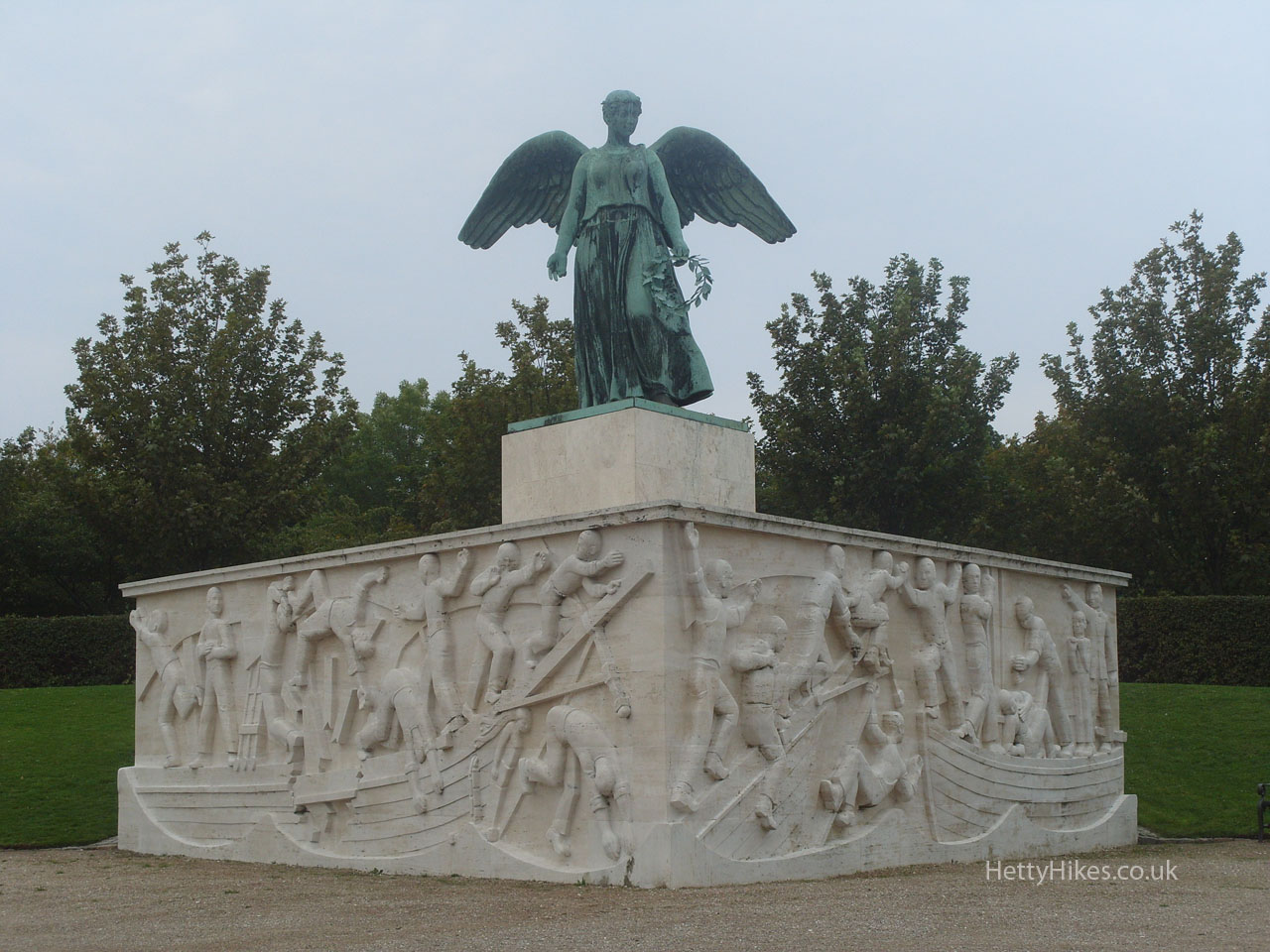
We had to go and find the Little Mermaid sculpture at Langelinje Pier- she was 100 years old in August 2013. It was made by Edvard Eriksen and his wife was the model.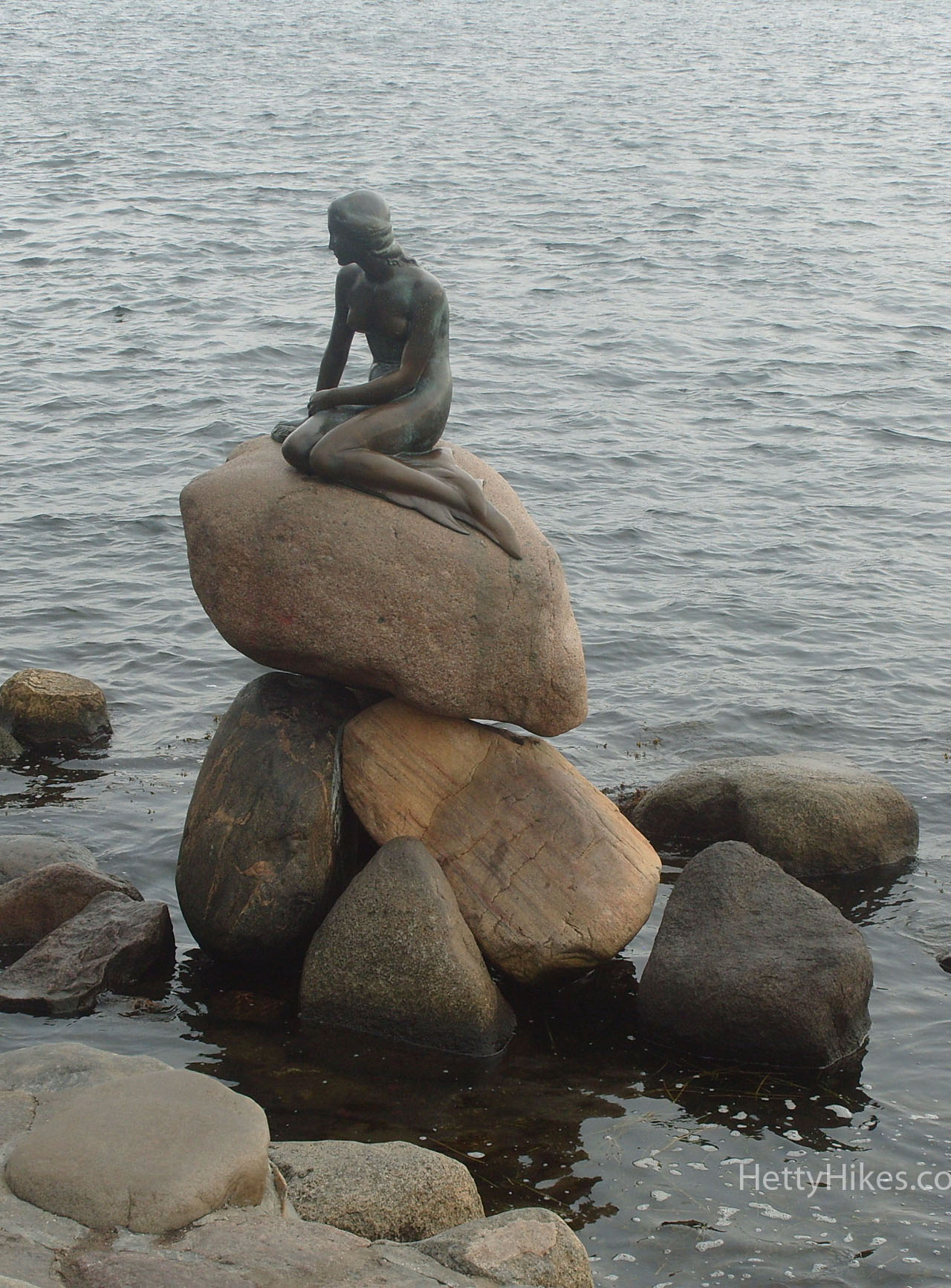
This was erected in memory of all the Sailors who lost their lives at sea.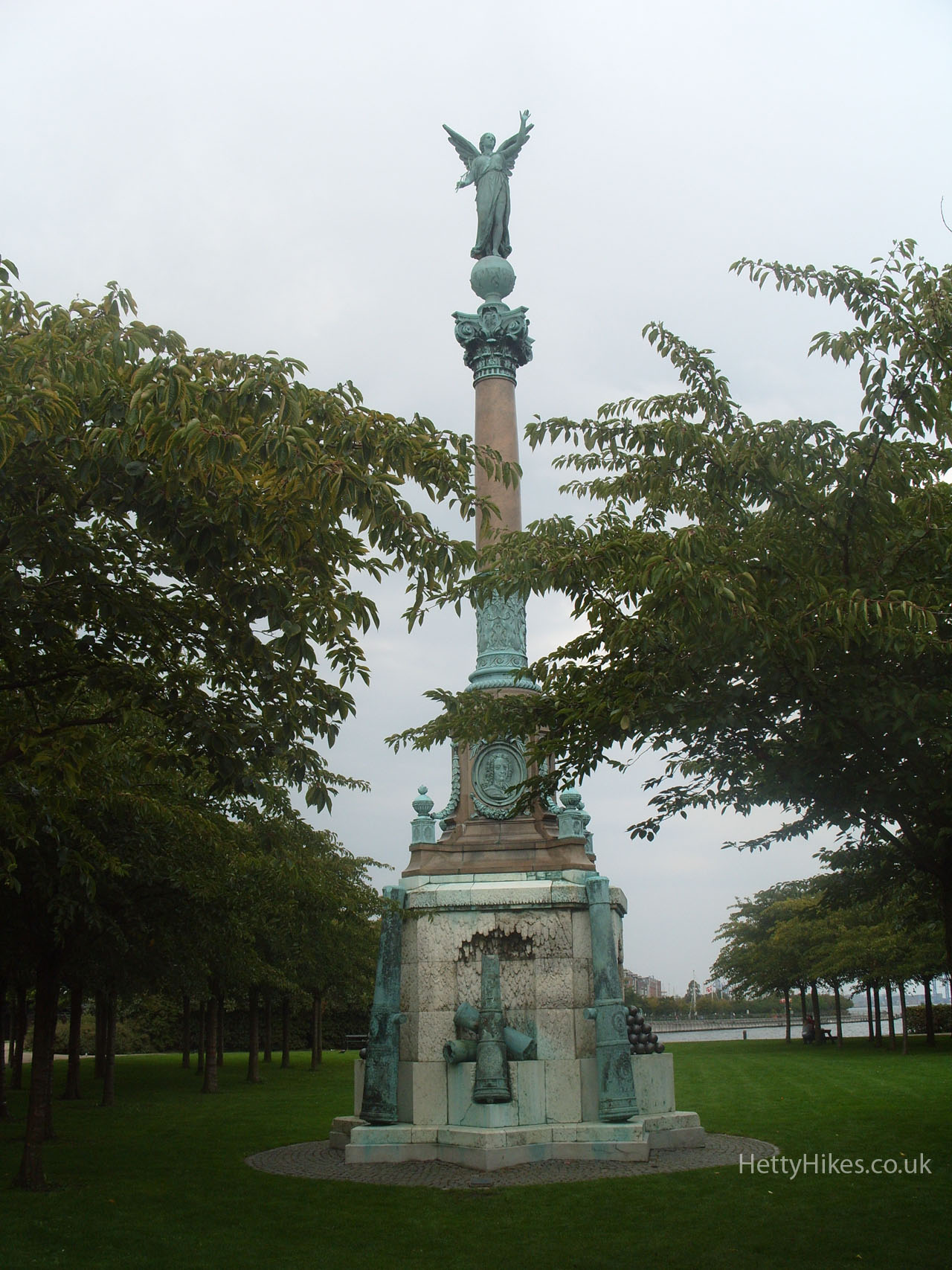
Bust and statue of Princess Marie of Orléans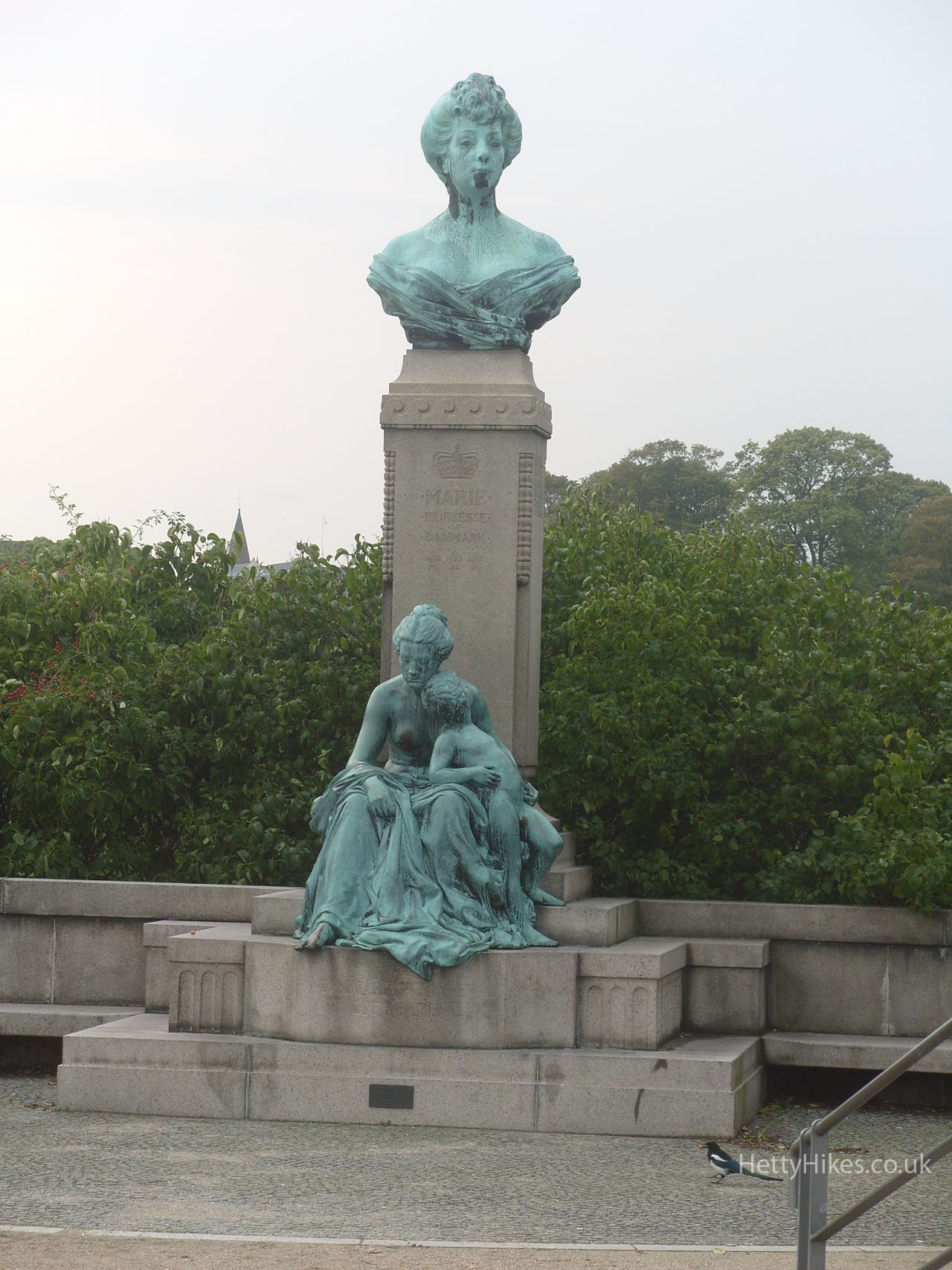
The Gefion Fountain, 1908, on the harbour front. This represents the Nordic Goddess Gefion who turned her four sons into oxen, using them to pull off a piece of Swedish land which she then threw into the sea, creating the island of Zealand, or other stories.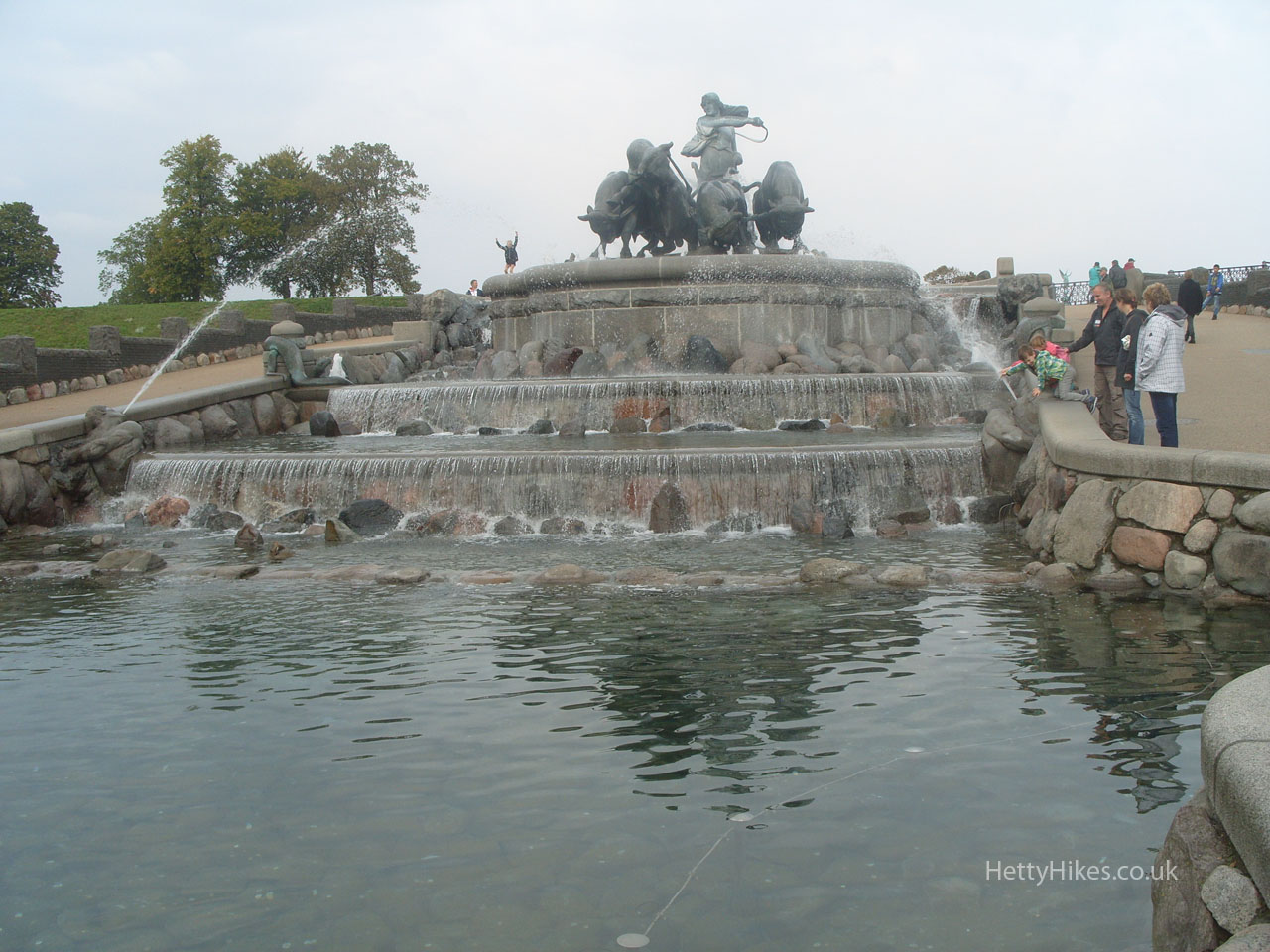
A former black slave warehouse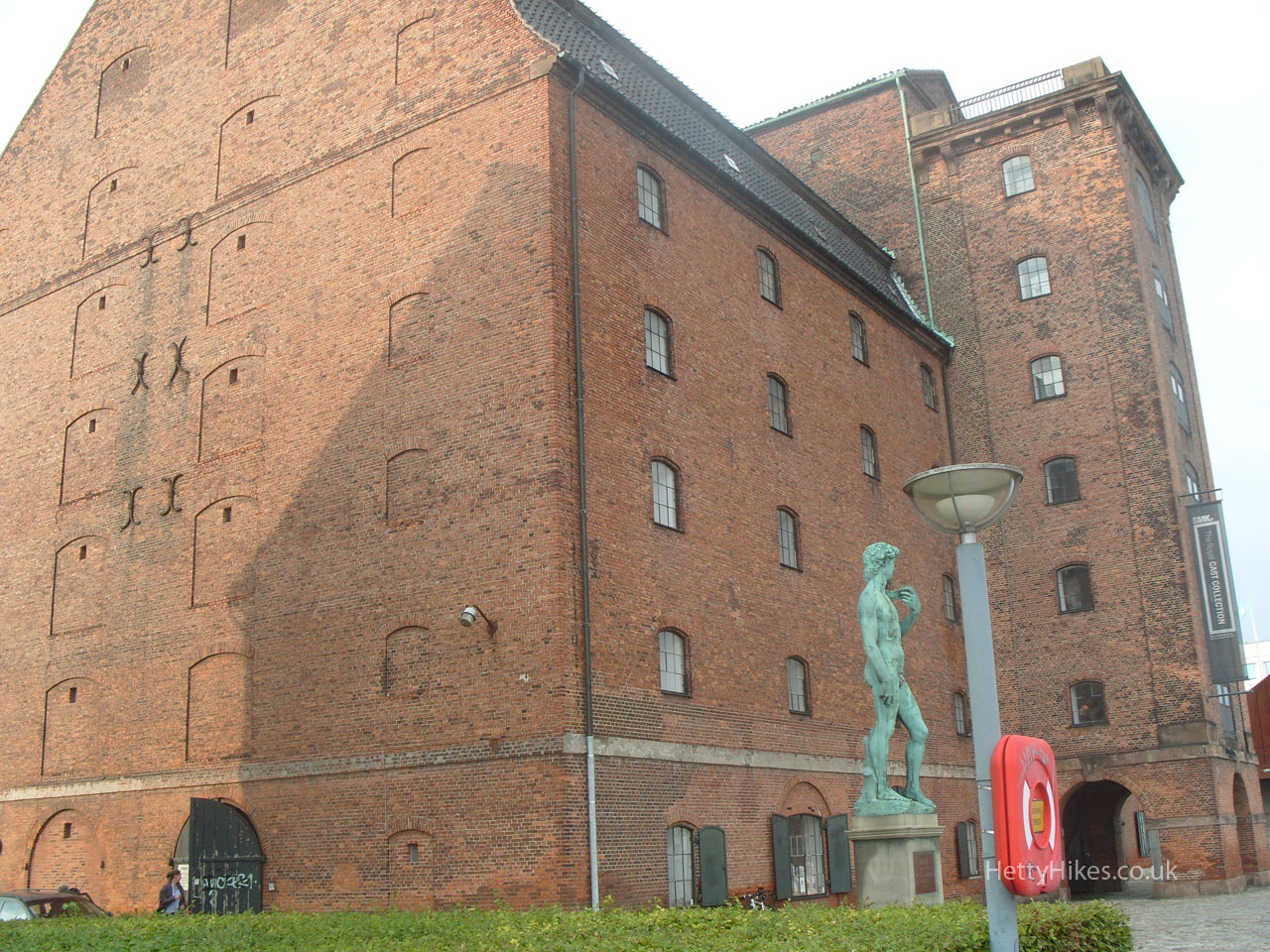
had white plaster casts of statues from all over the world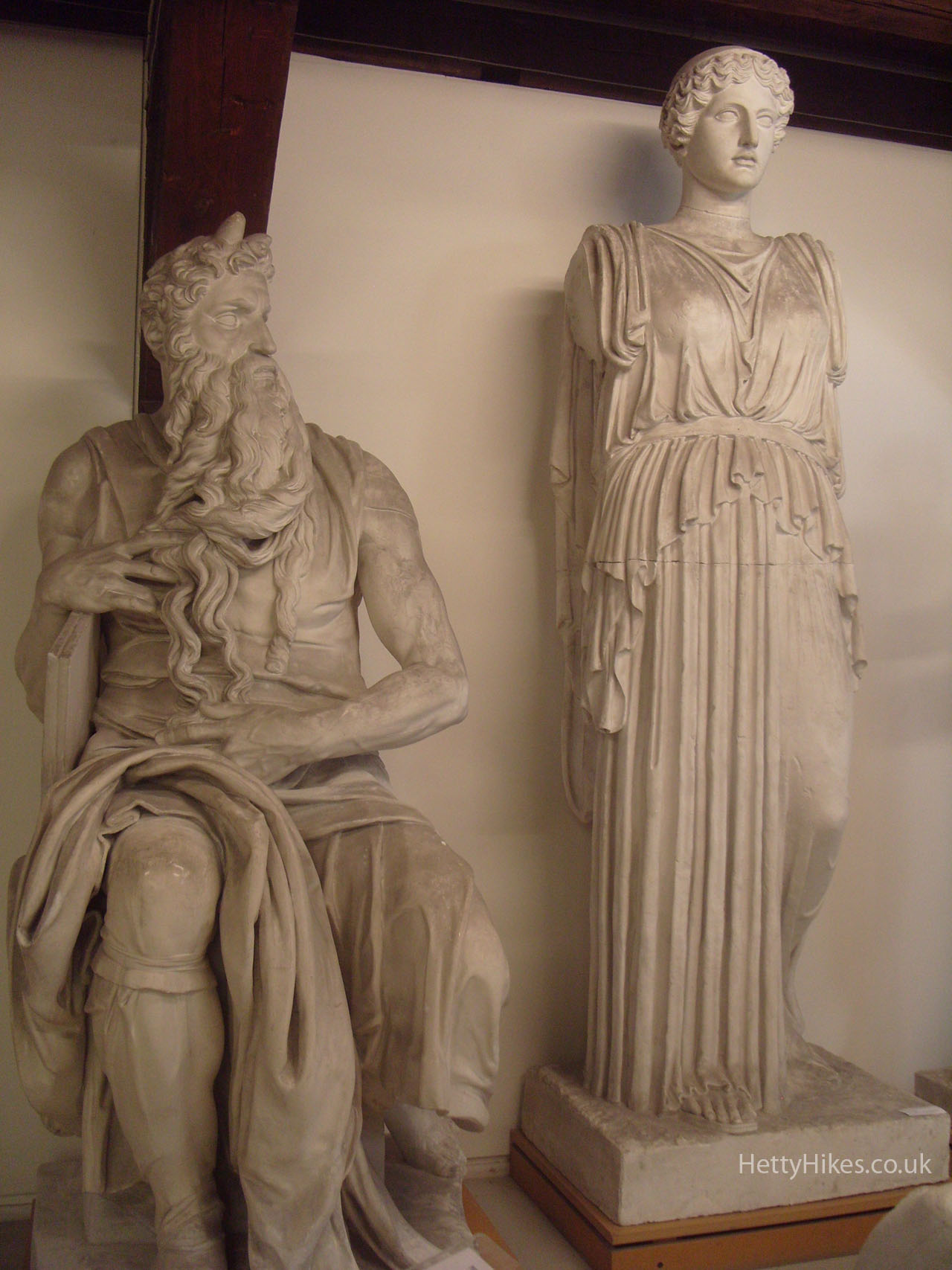
Nyhavn (New Harbour) – once a commercial port, the canal was constructed from 1670 to 1673. Hans Christian Andersen lived here. 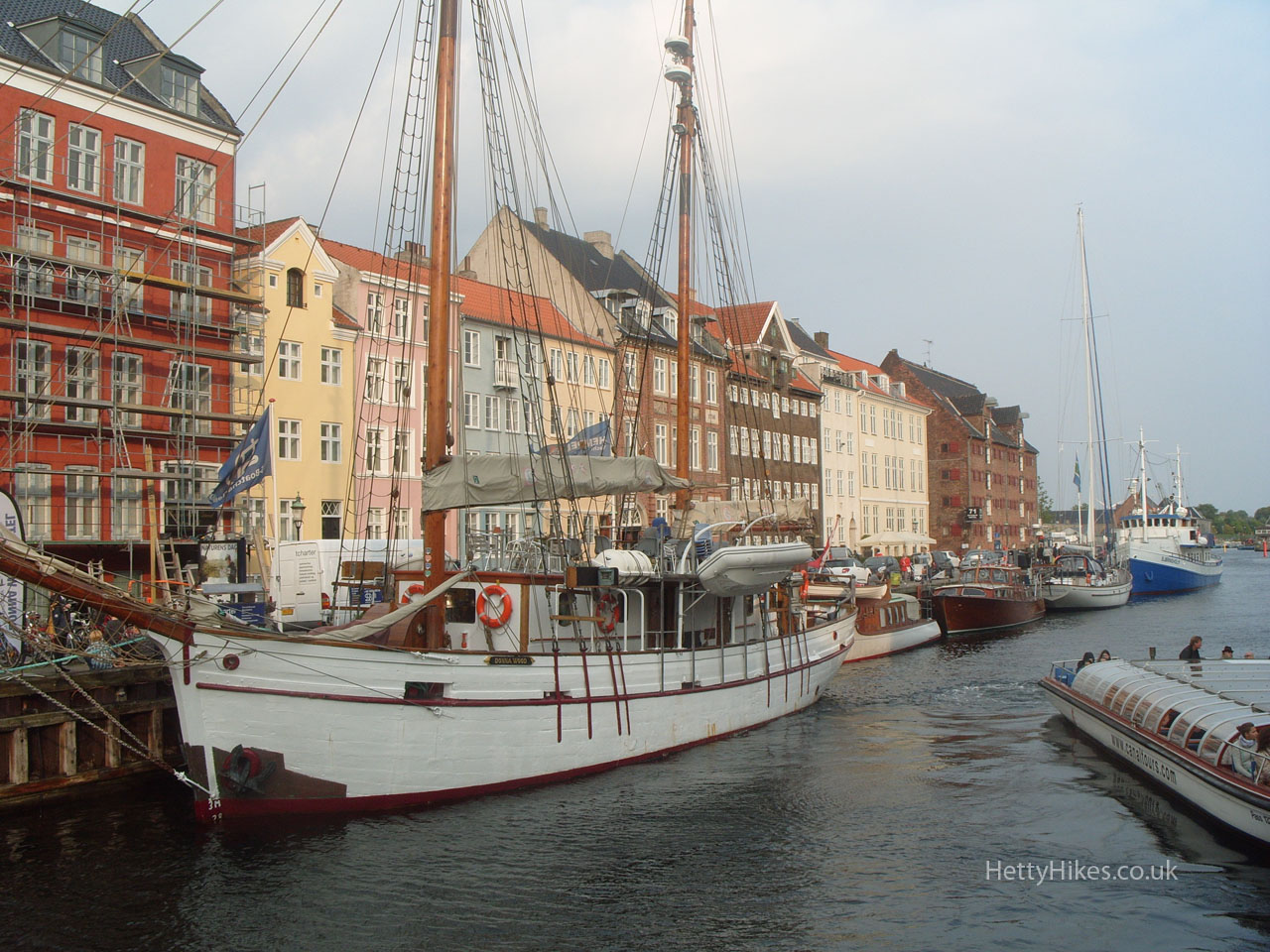
Vor Frelsers Kirke, 1682, on the island of Christianshavn . The spire was added in 1752 – it has a stairway on the outside and can be seen from the city centre.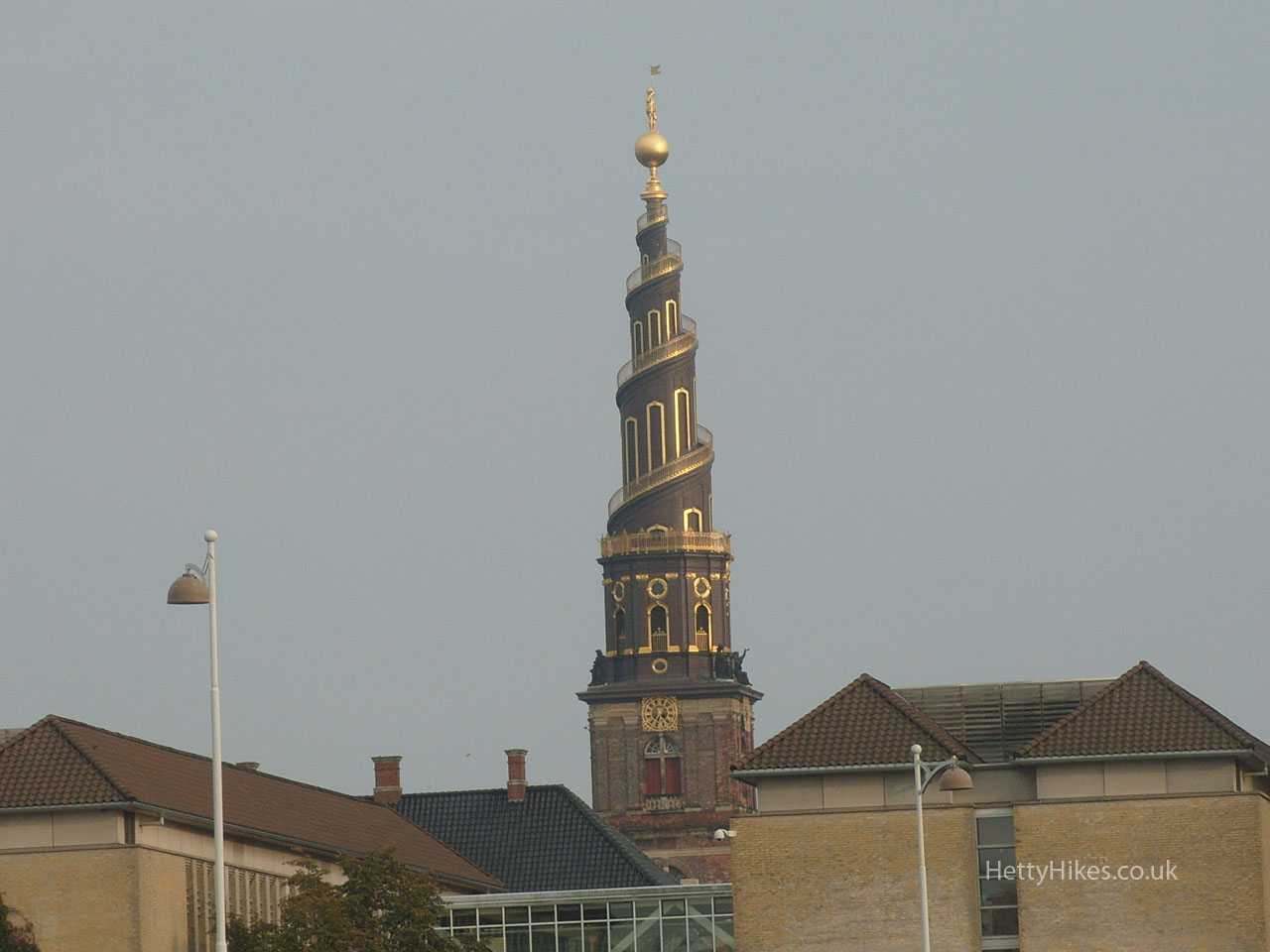
Børsen, (1619-1640), originally designed as a trading centre, from 1857 to 1974 it was The Stock Exchange.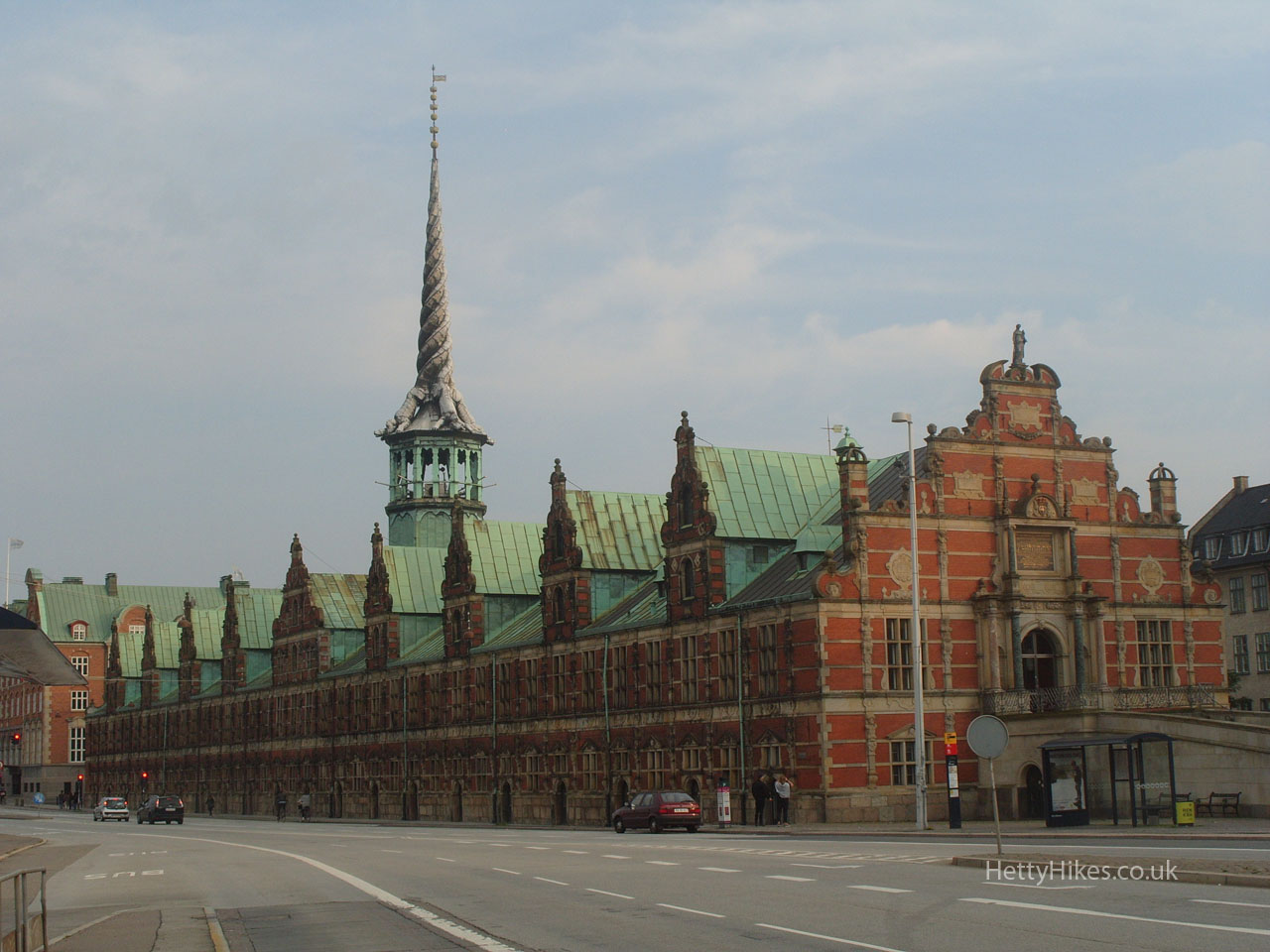
Christiansborg Slot (Christiansborg Palace ) – the seat of The Danish Parliament (Folketinget), The Danish Prime Minister’s office and The Danish Supreme Court, built in 1918, on the site of the first castle.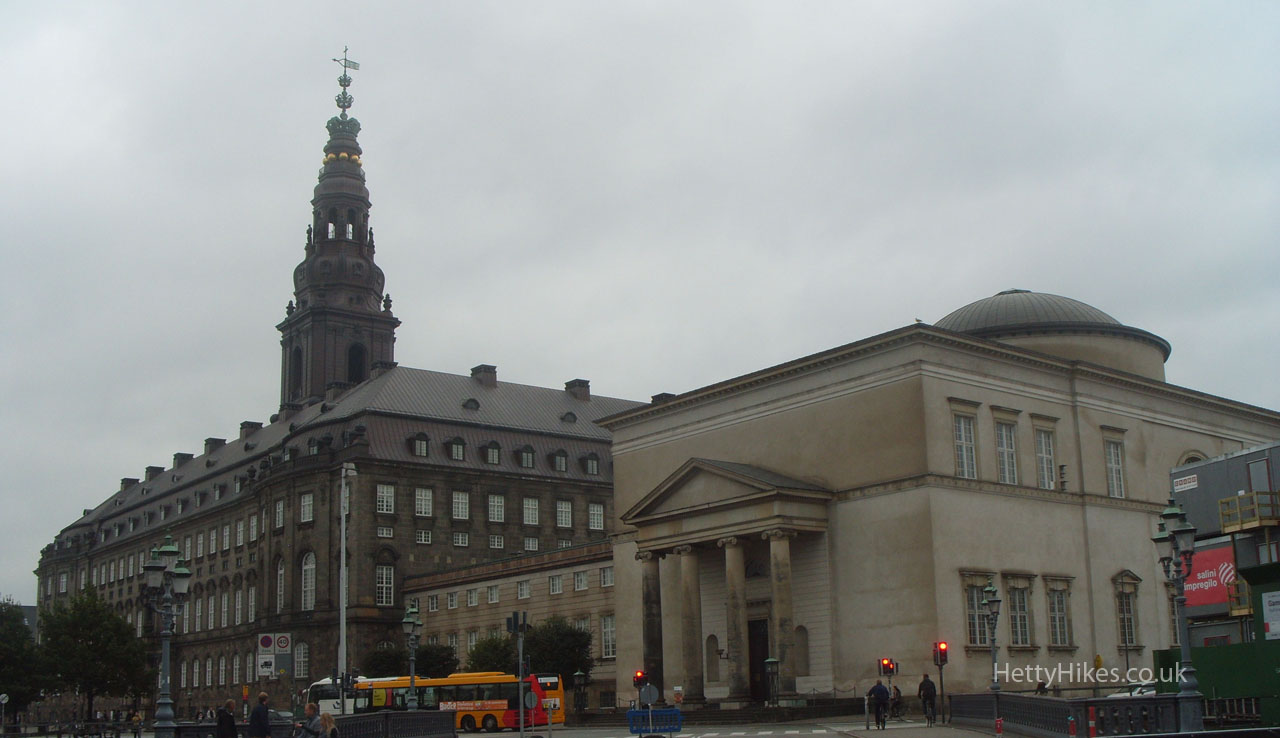
Statue – Frederik VII by Christiansborg Slot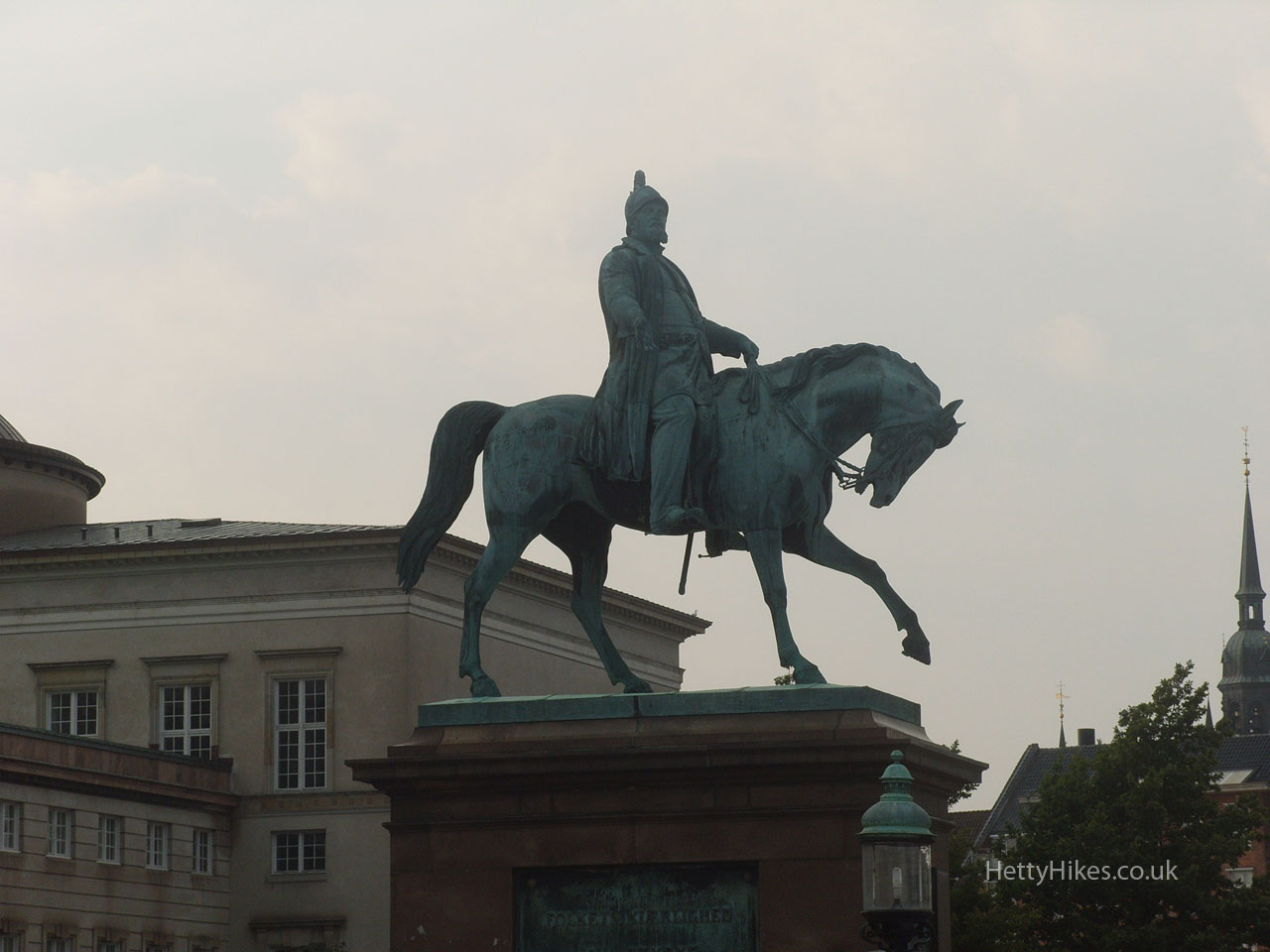
Opposite Børsen and Christiansborg Slot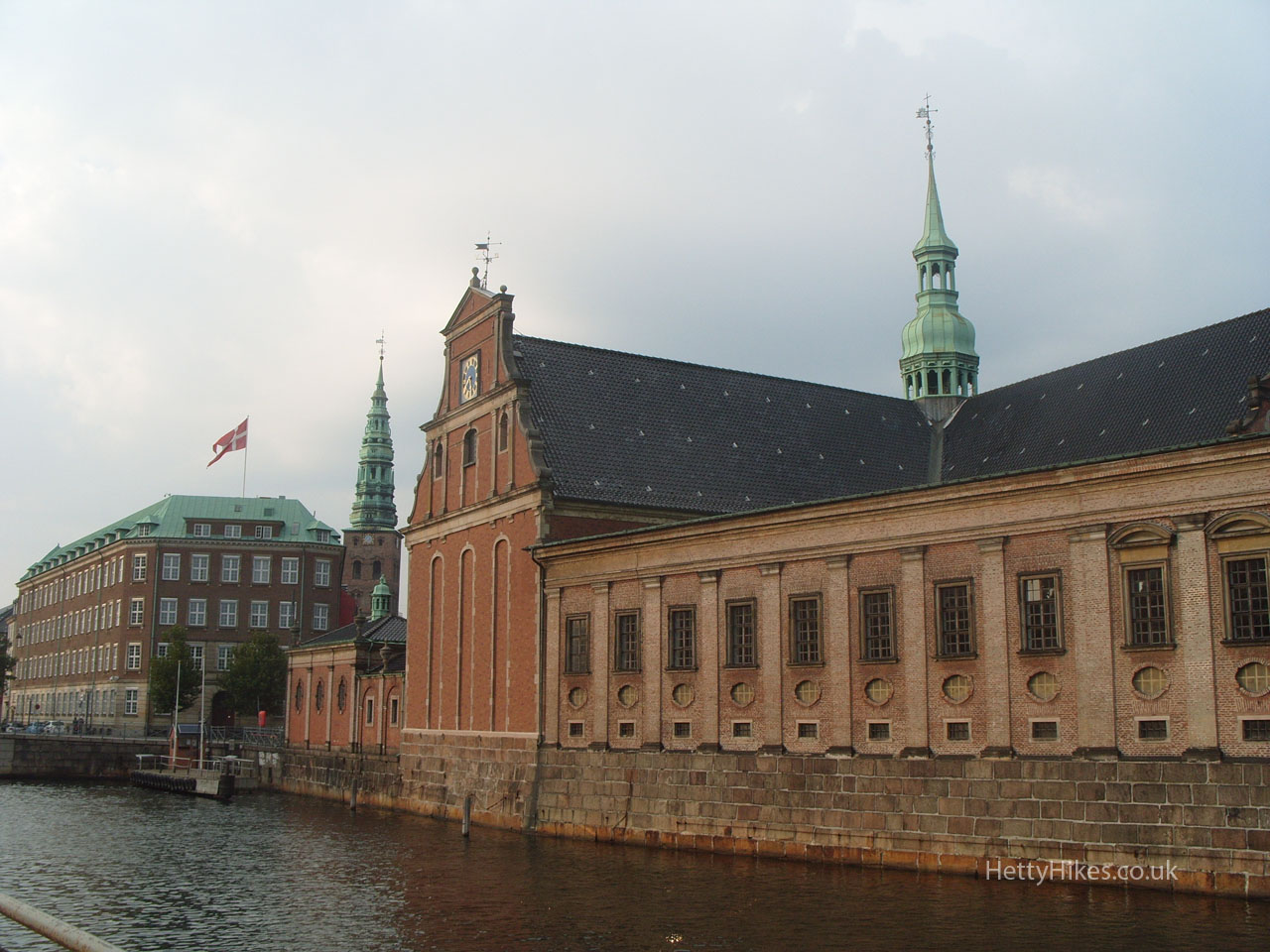
We walked down the side of the Danish Parliament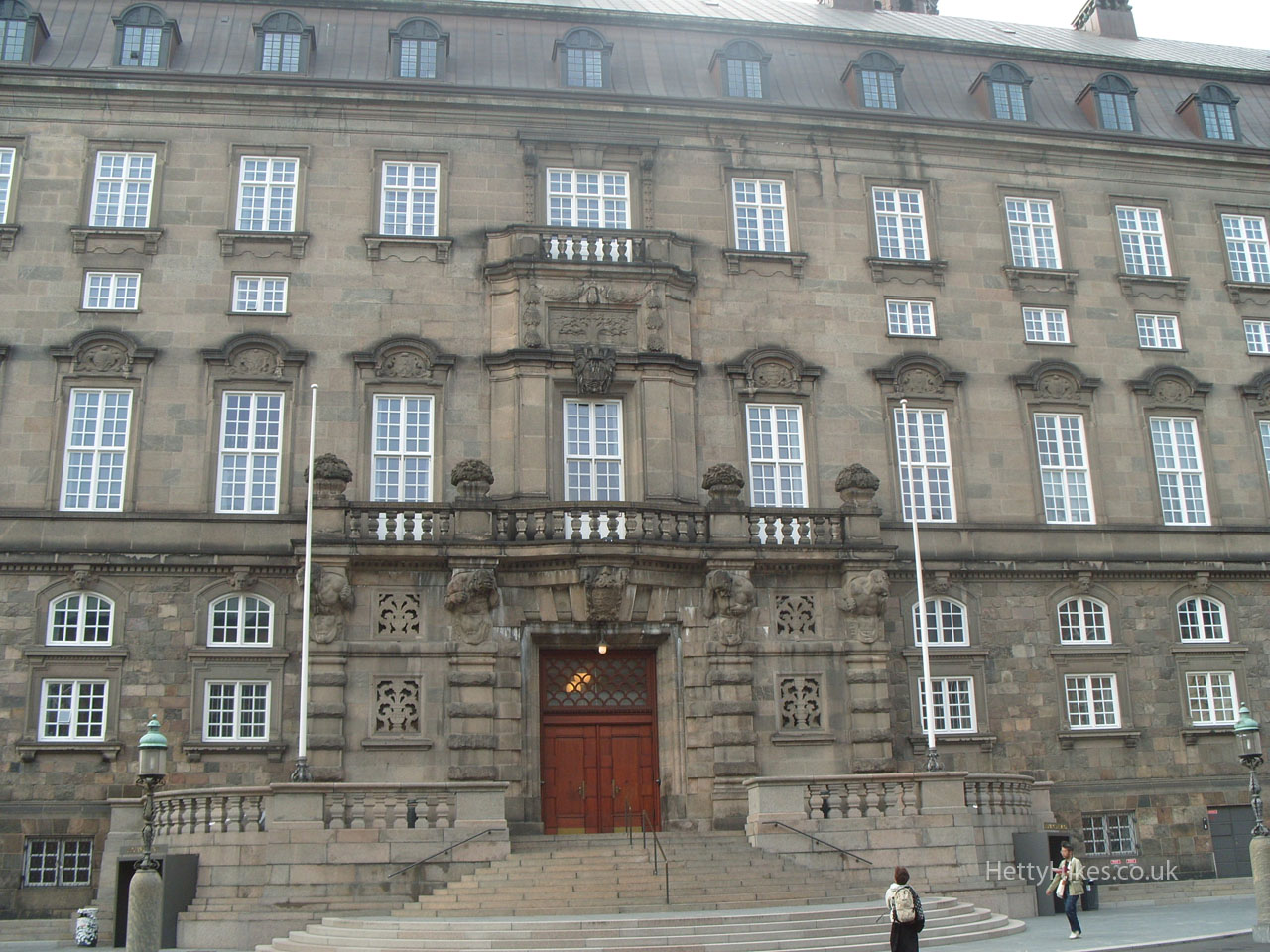
Ny Carslberg Glyptotek Art Museum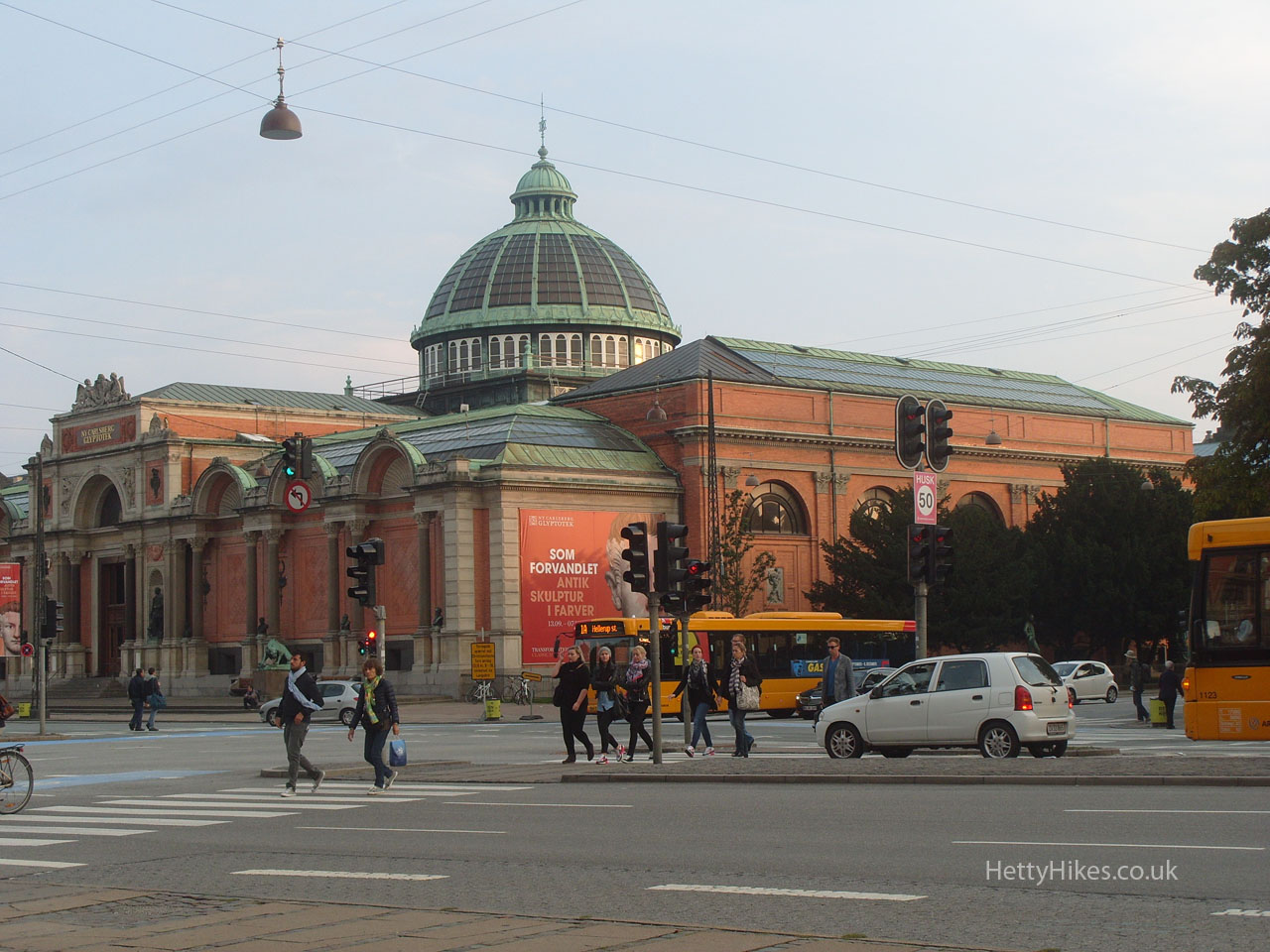
Central Post Office by the station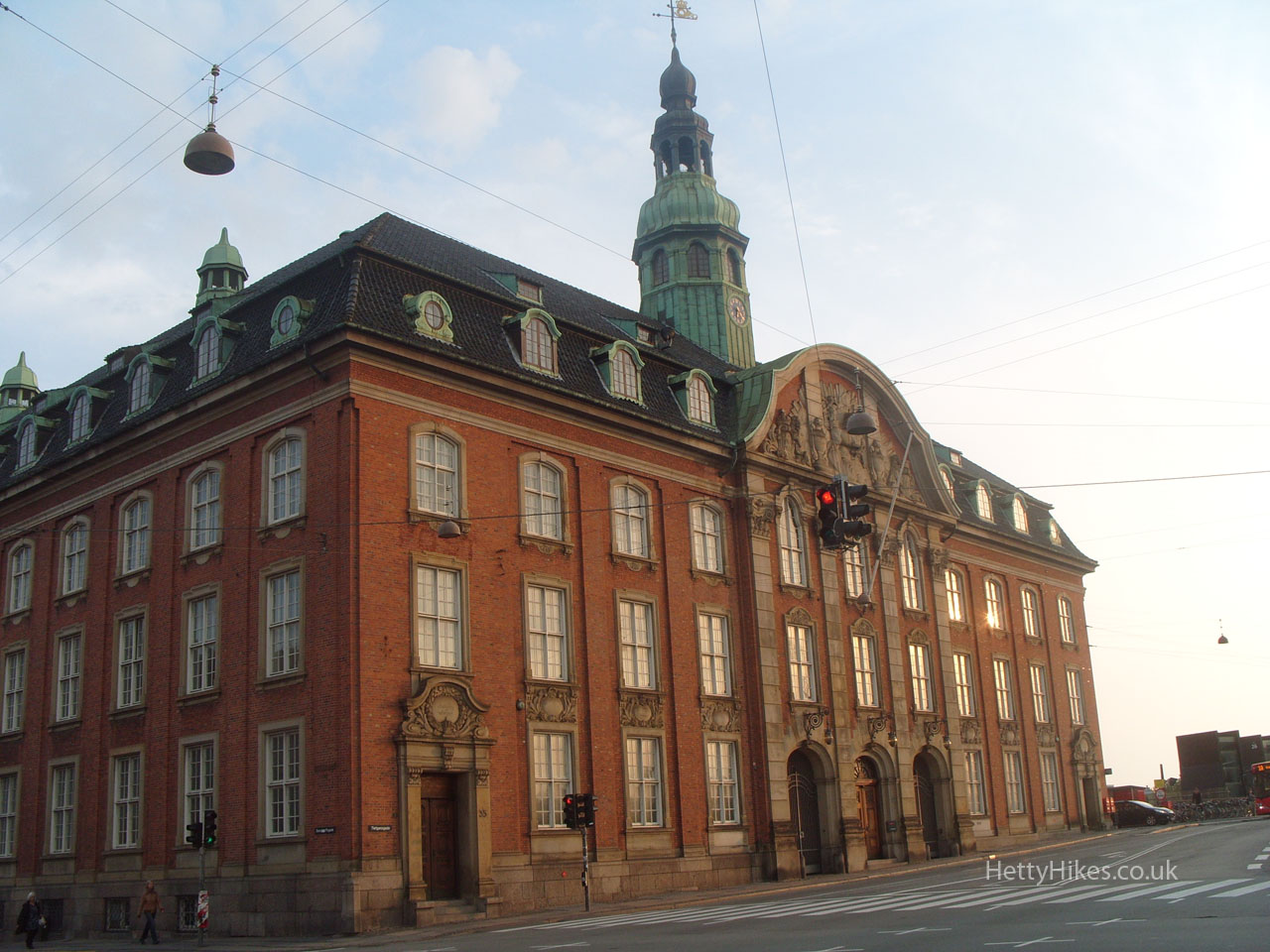
Vor Frue Kirke (Chursh of Our Lady), Copenhagen’s Cathedral. This is the fourth church on this site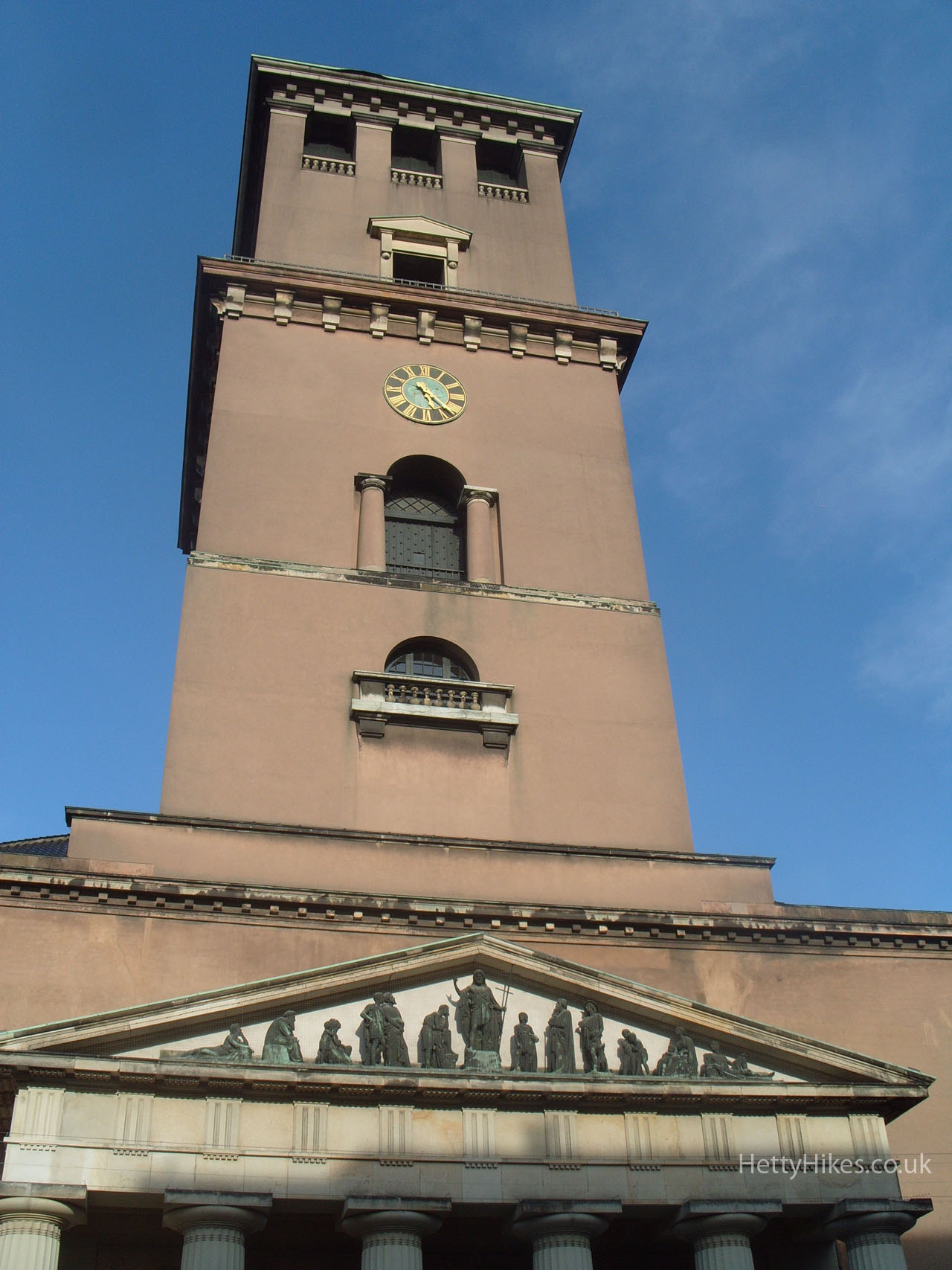
Inside are impressive marble sculptures of Jesus and the 12 Apostle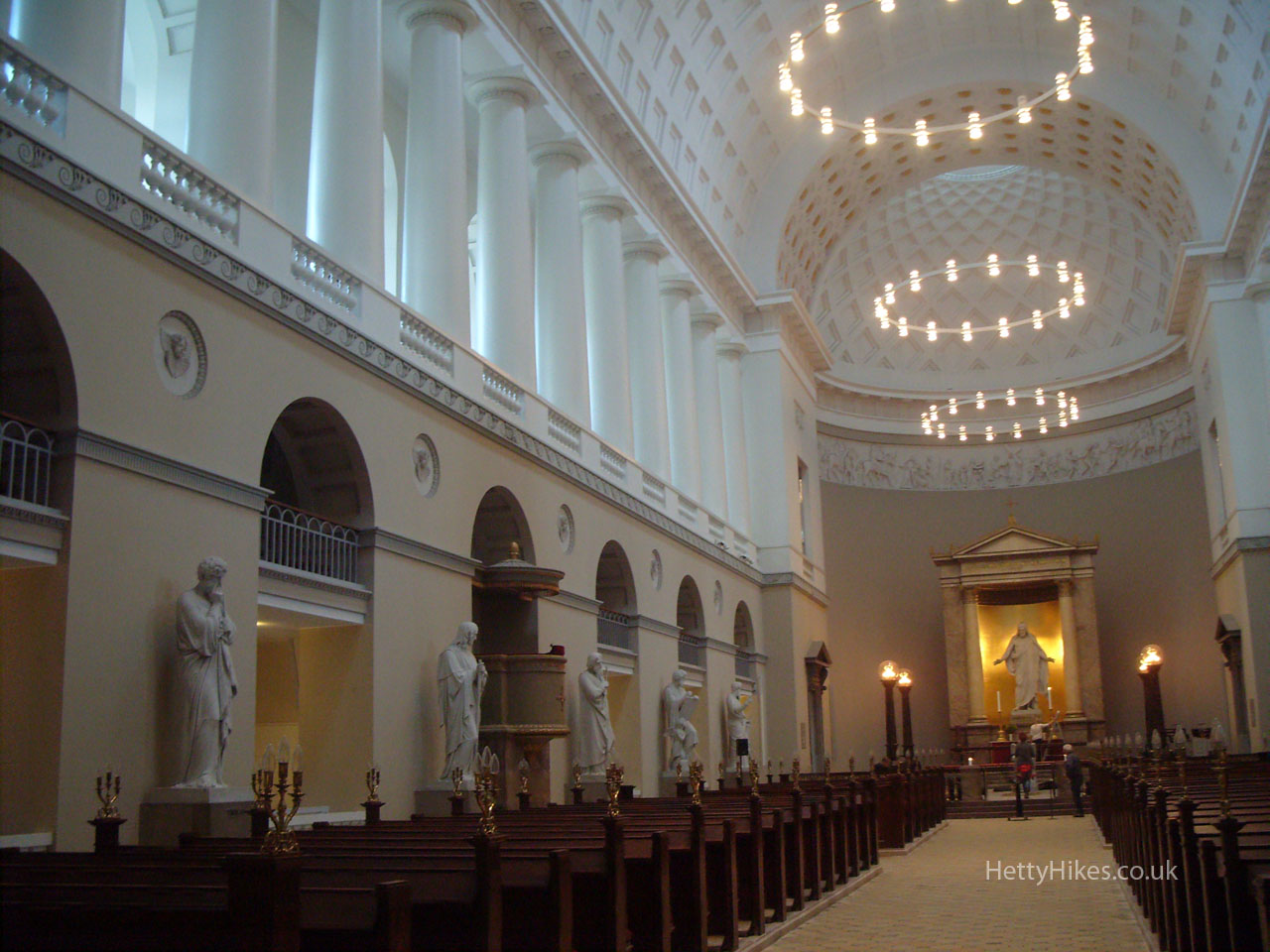
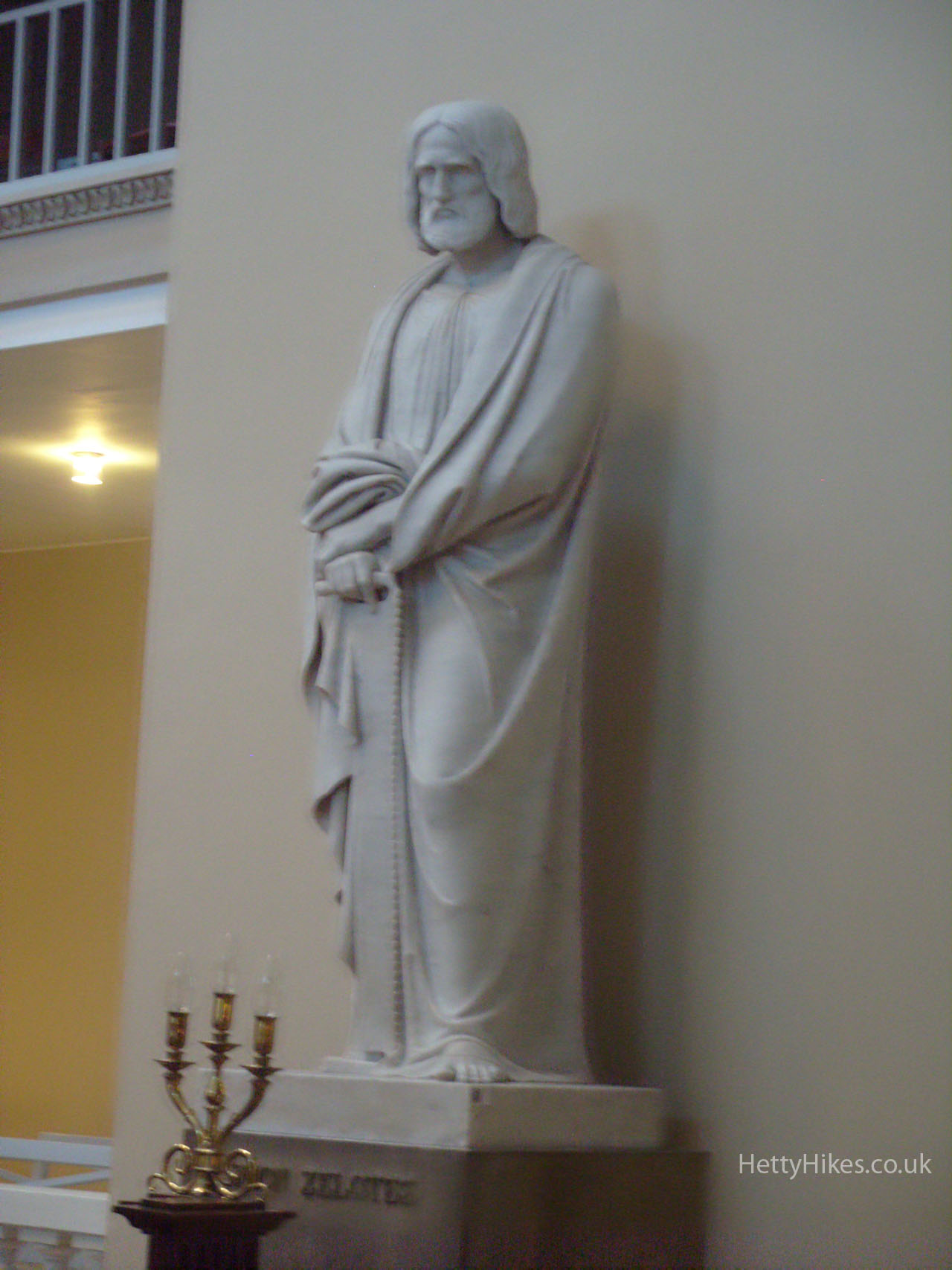
The Rundetarn – The Round Tower 1637-1642 – an observatory with a spiral walkway inside, which goes to the top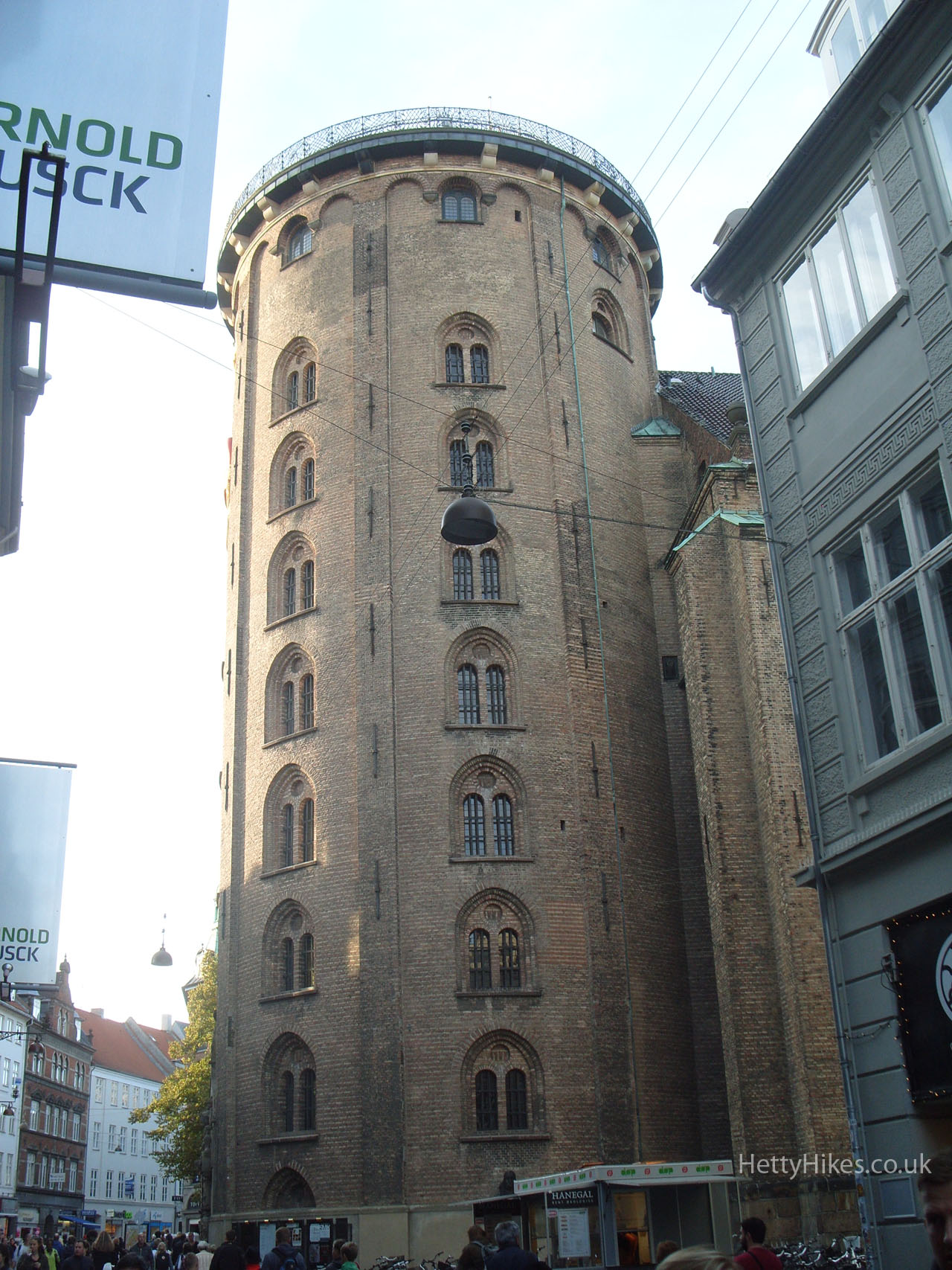
An old telephone box at Kultorvet